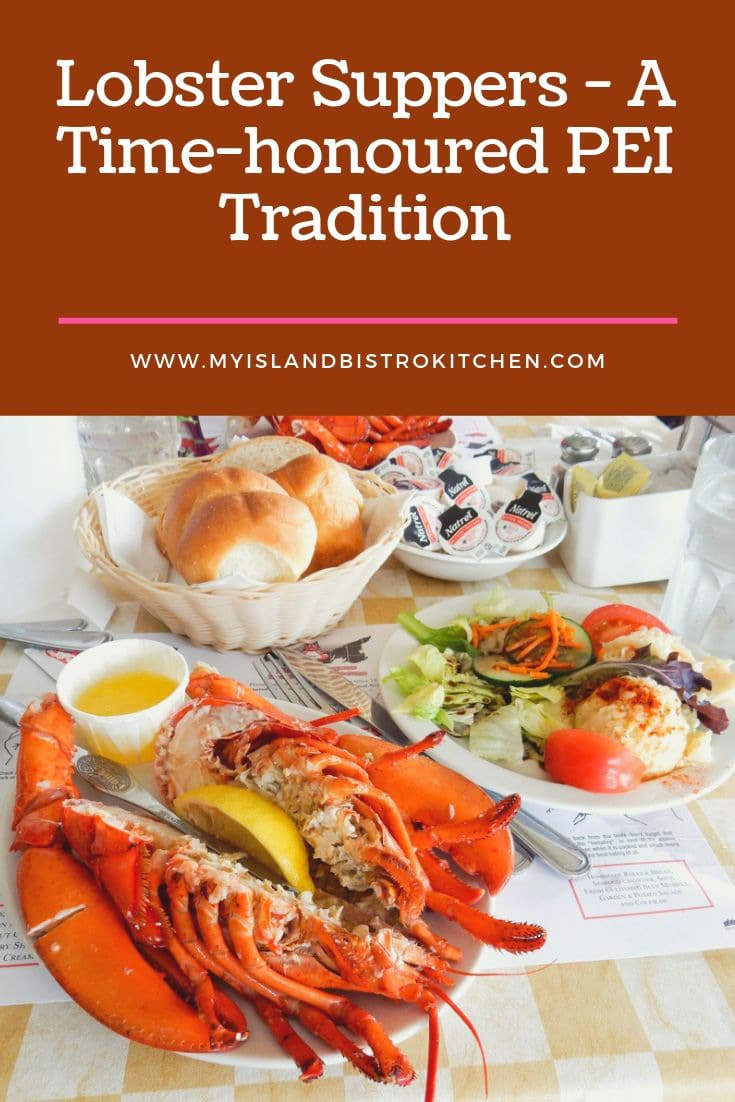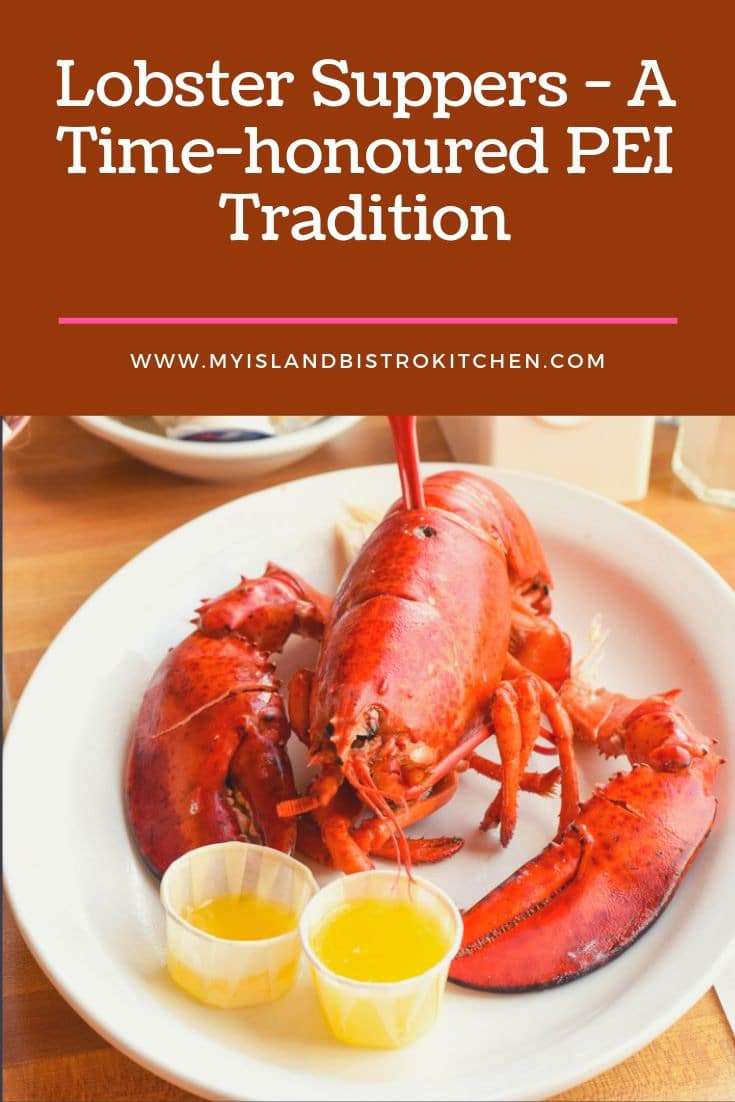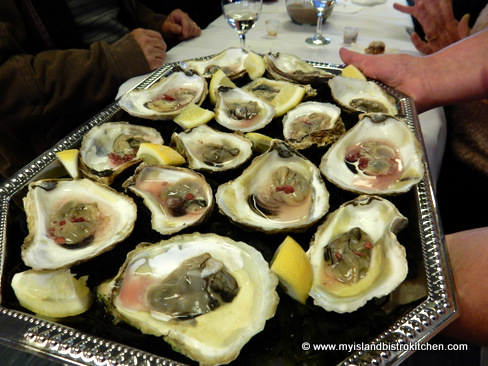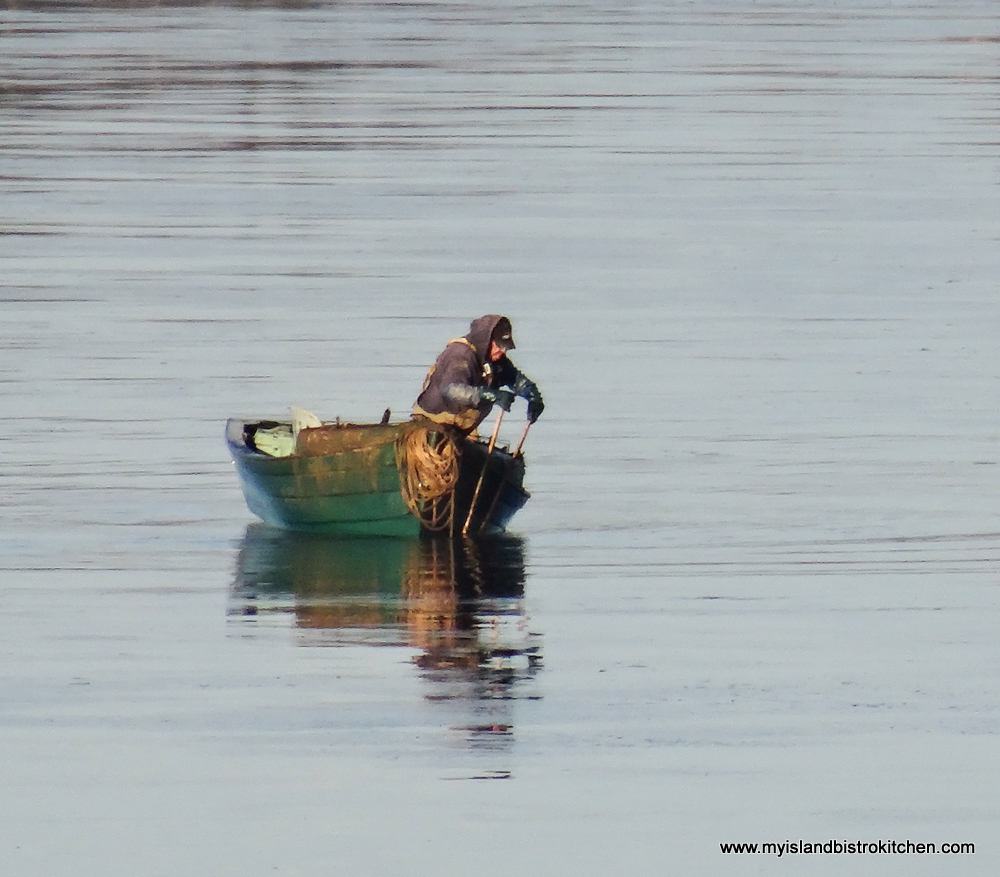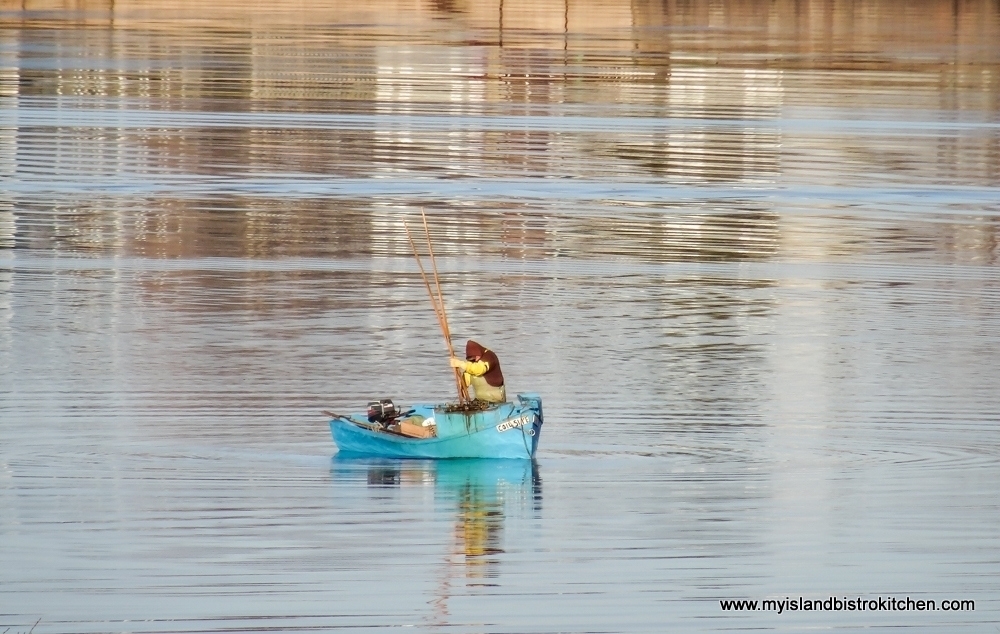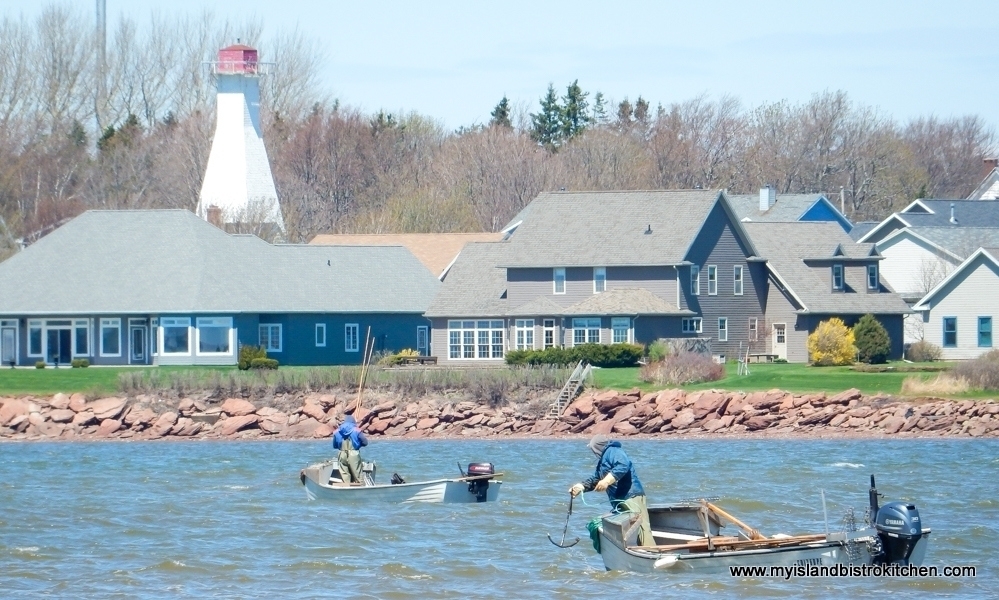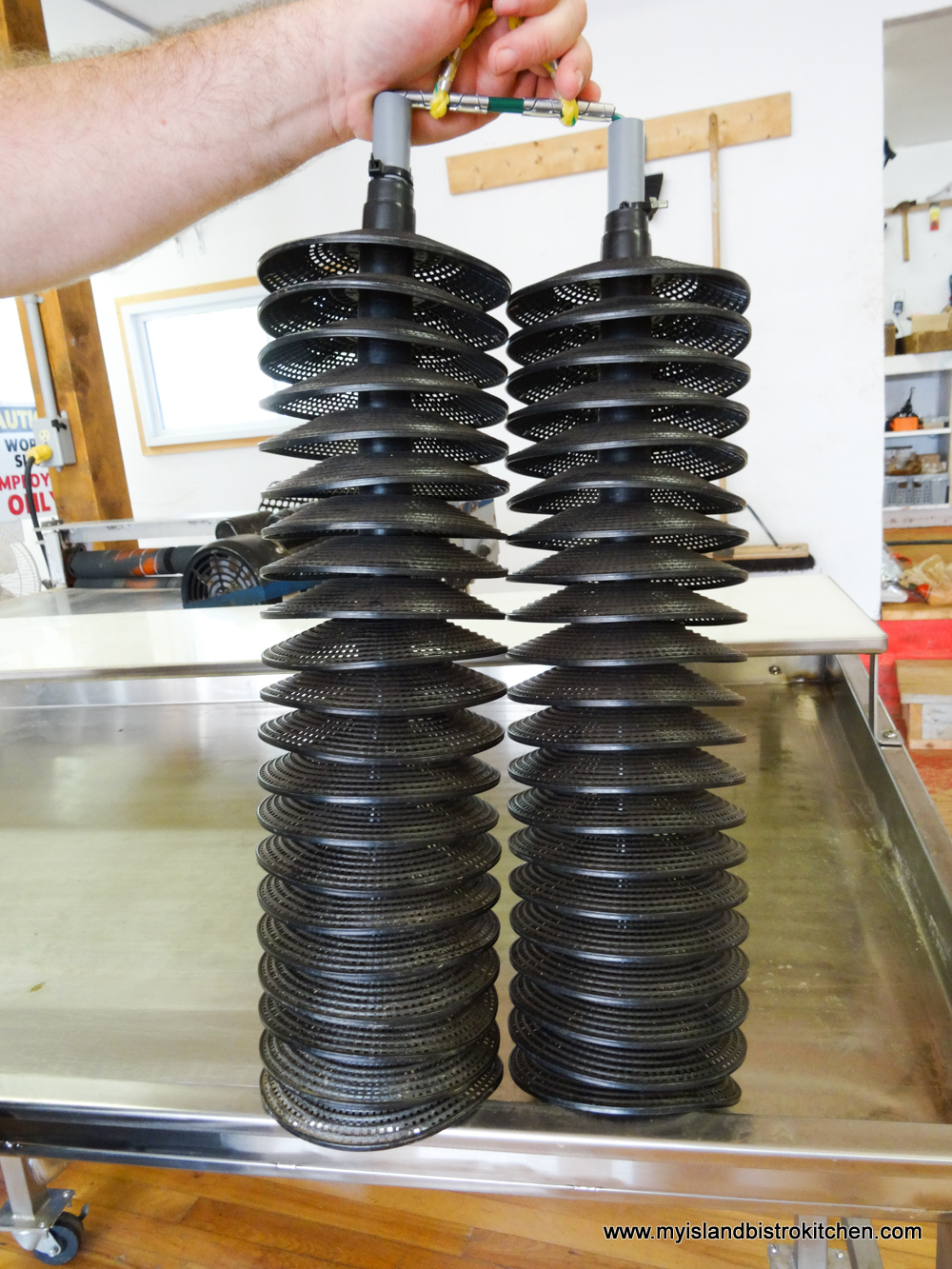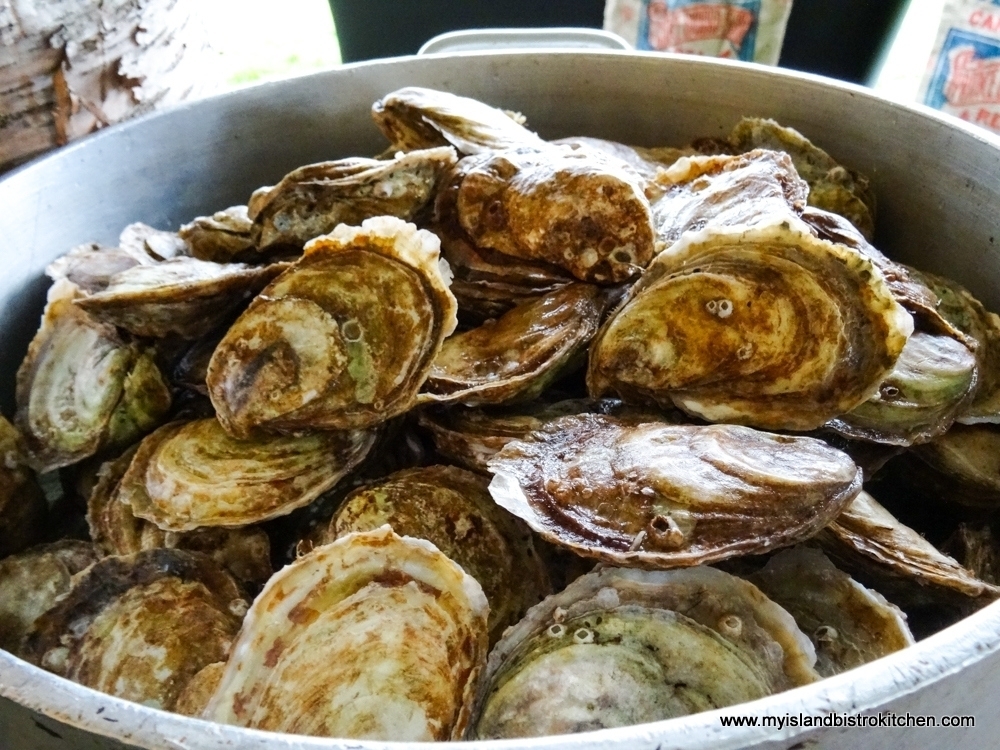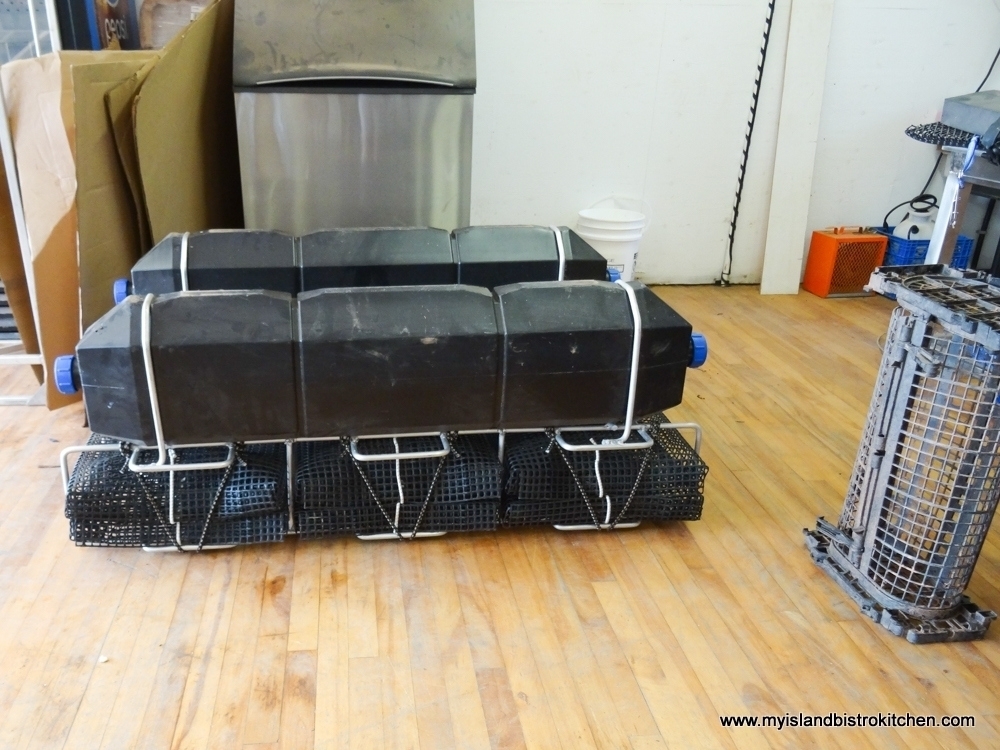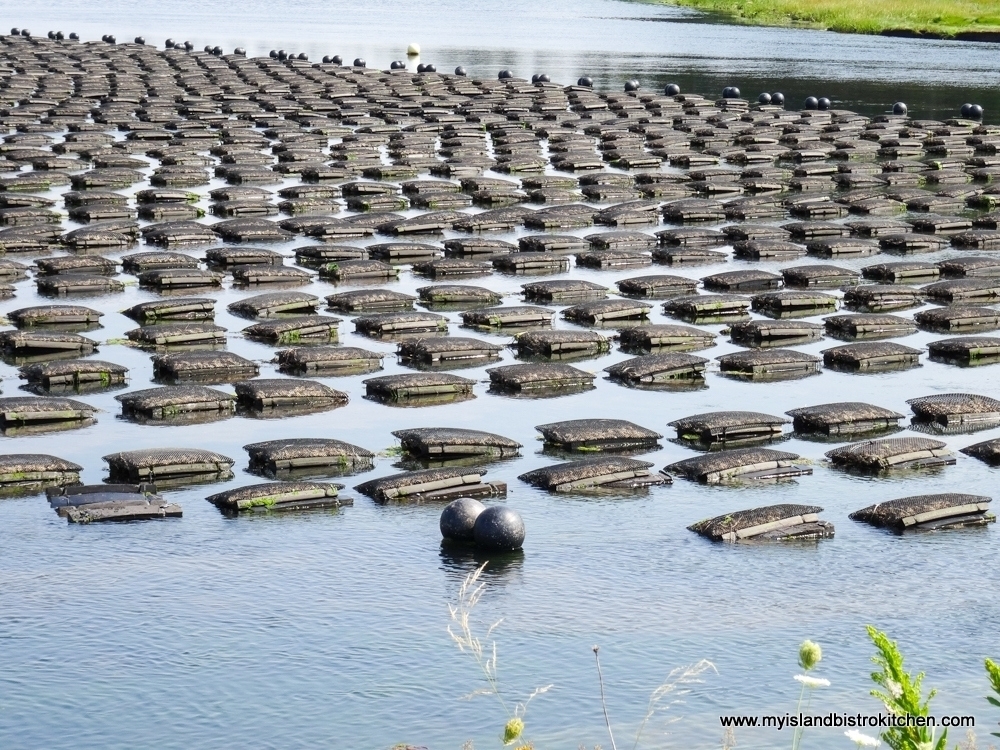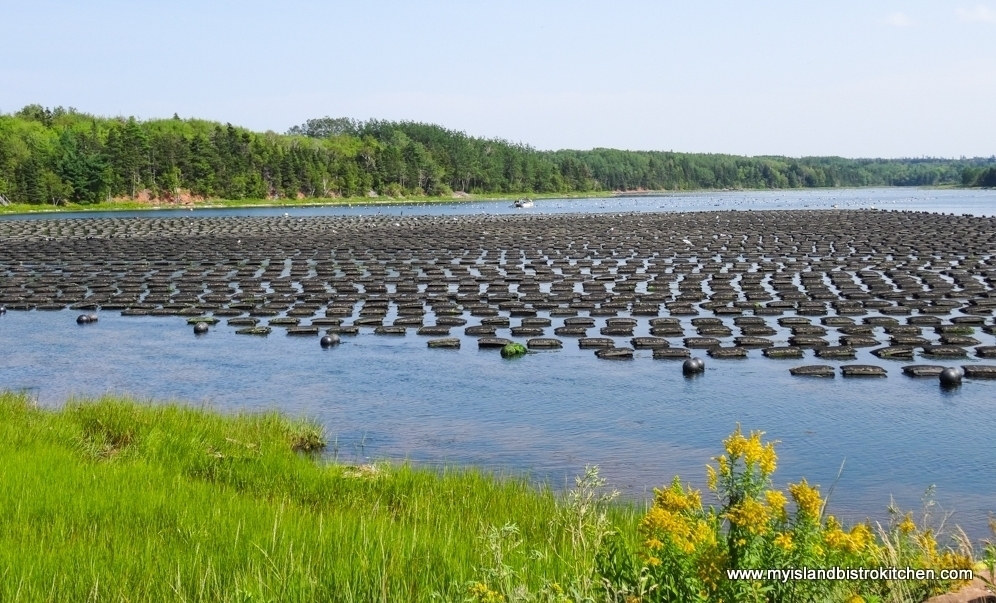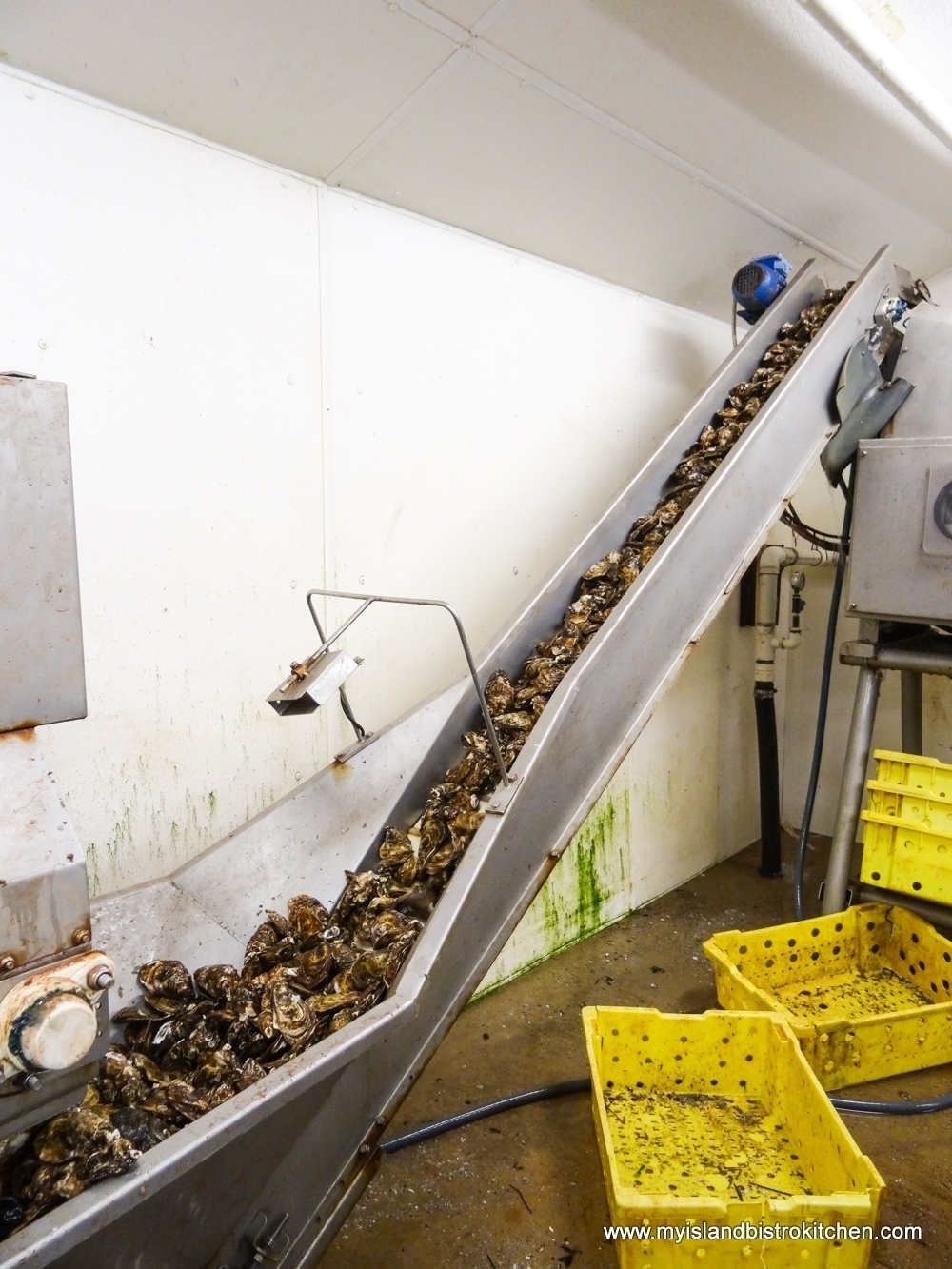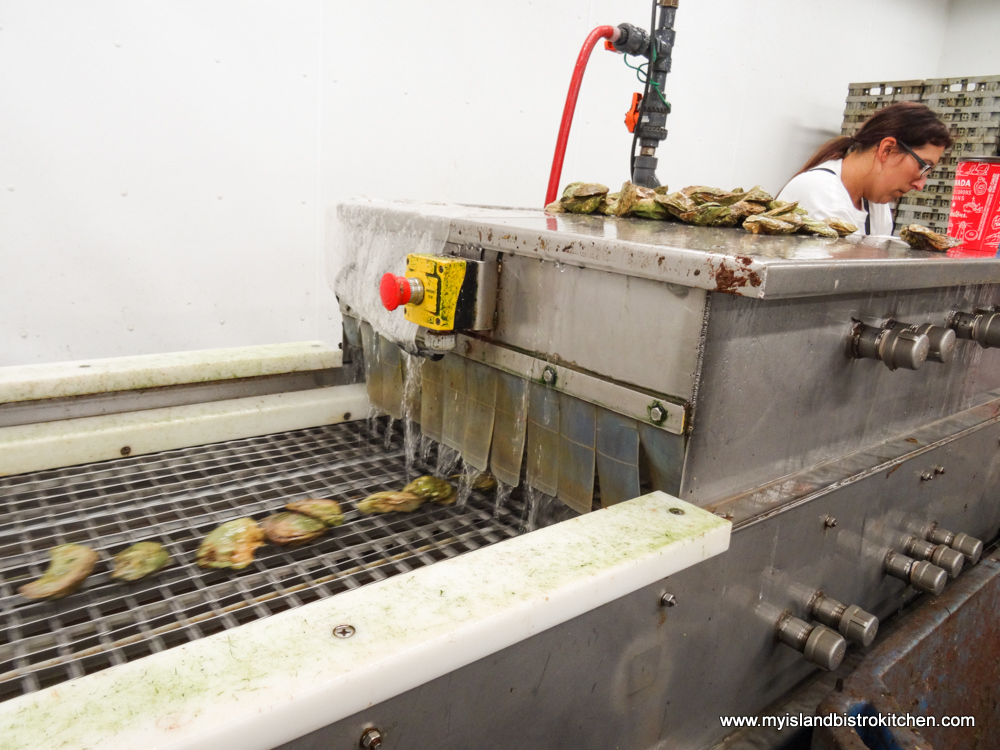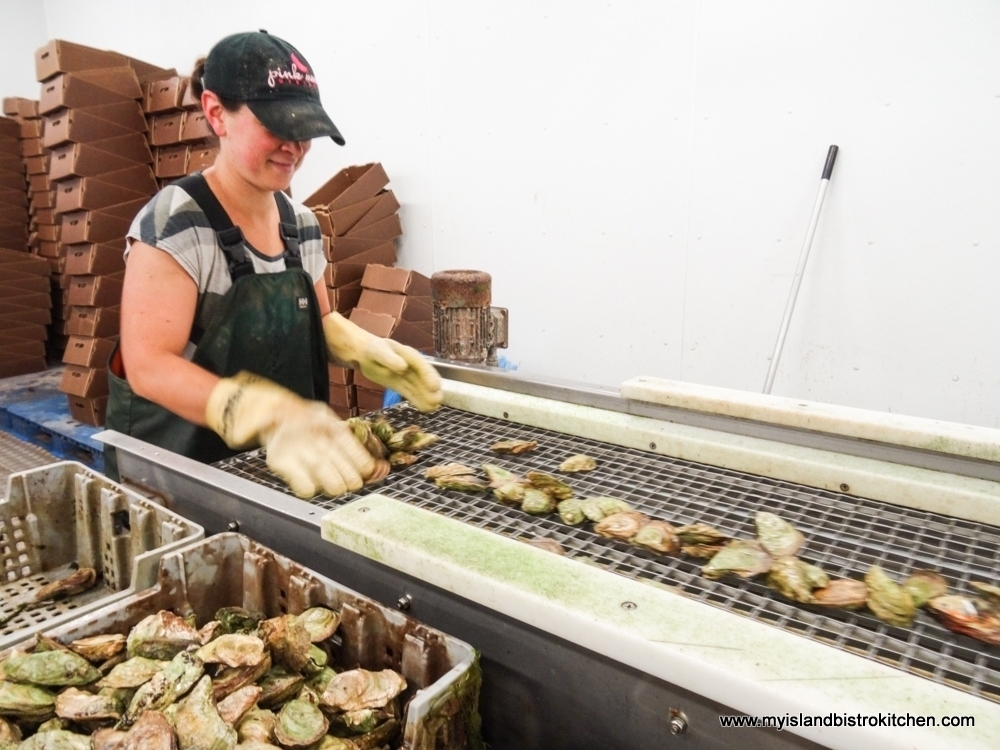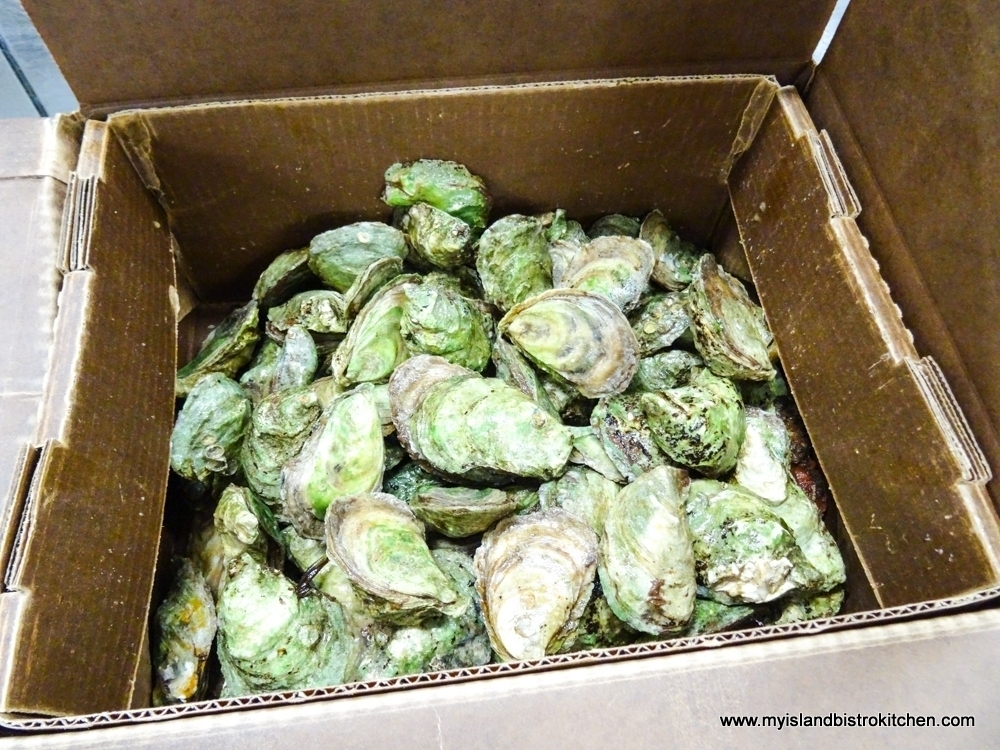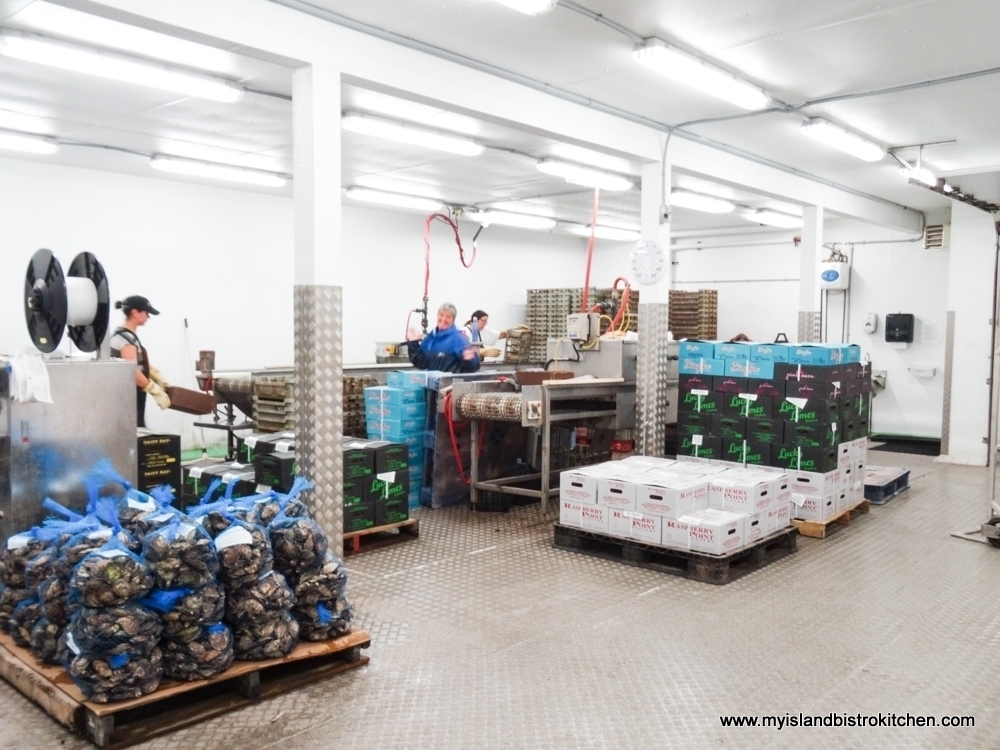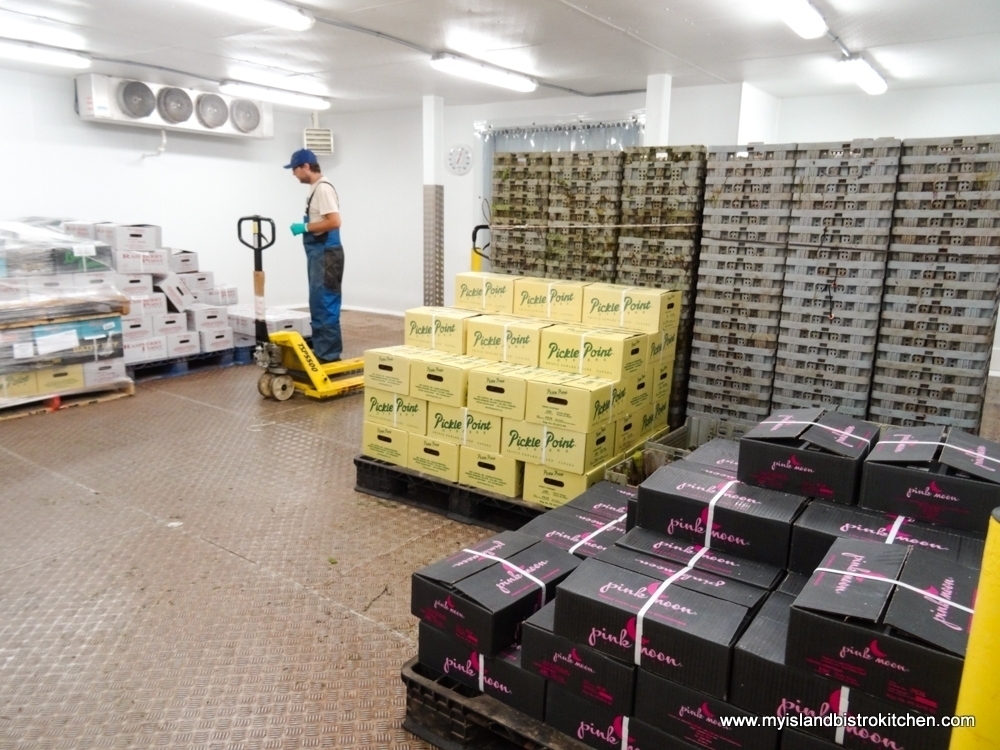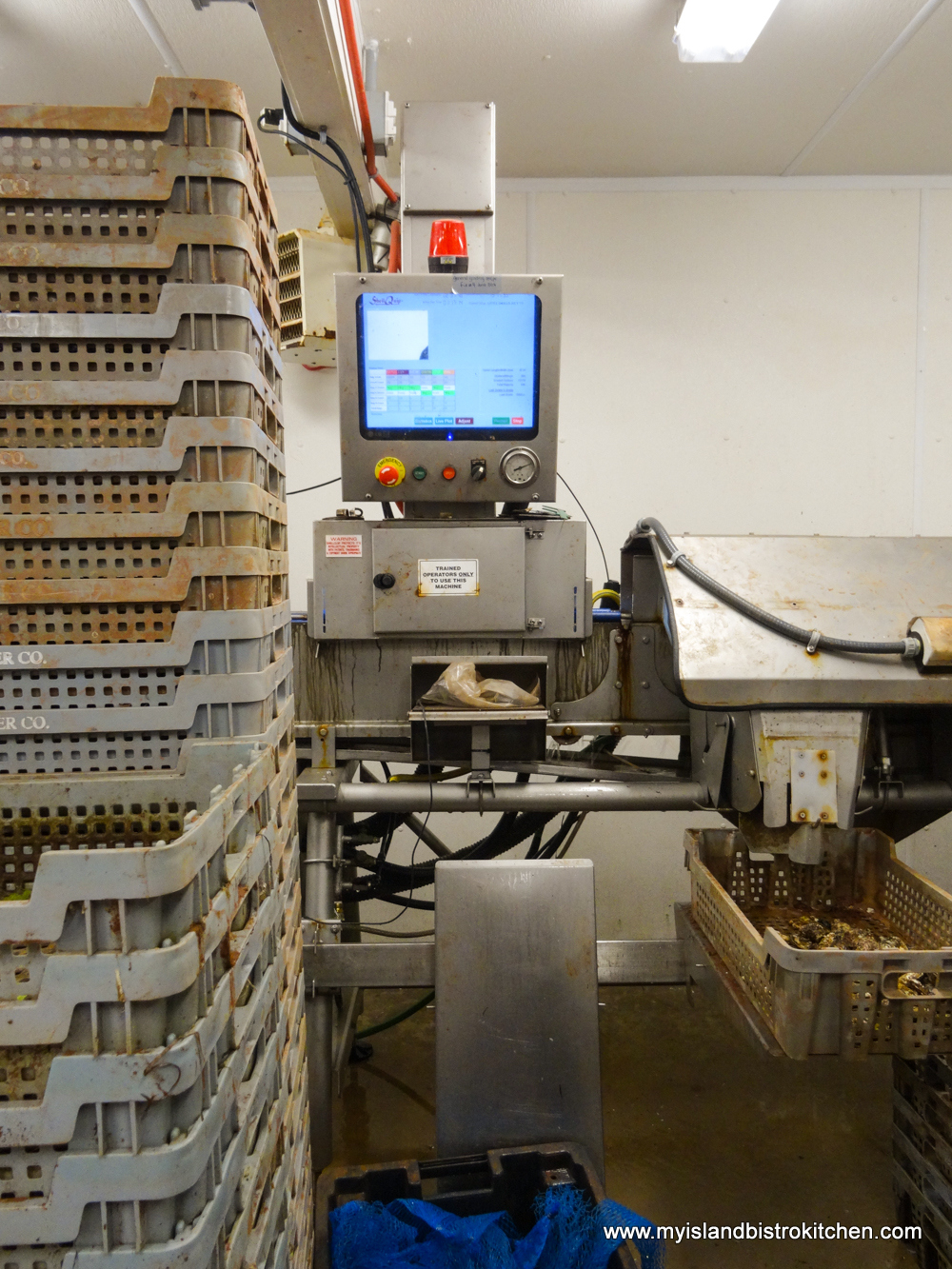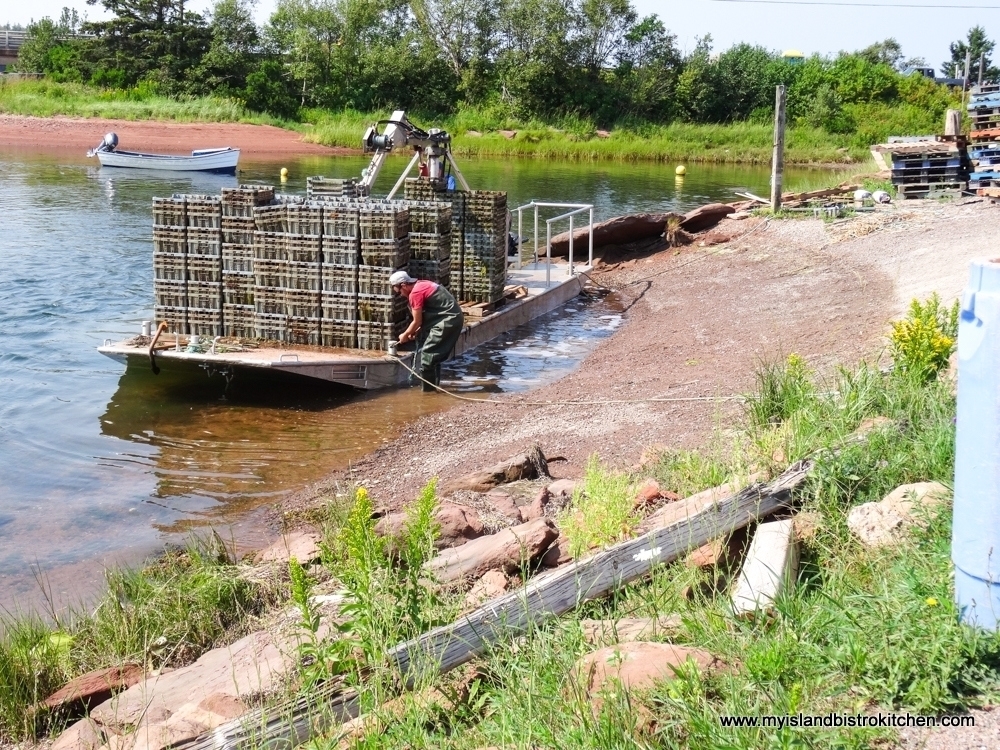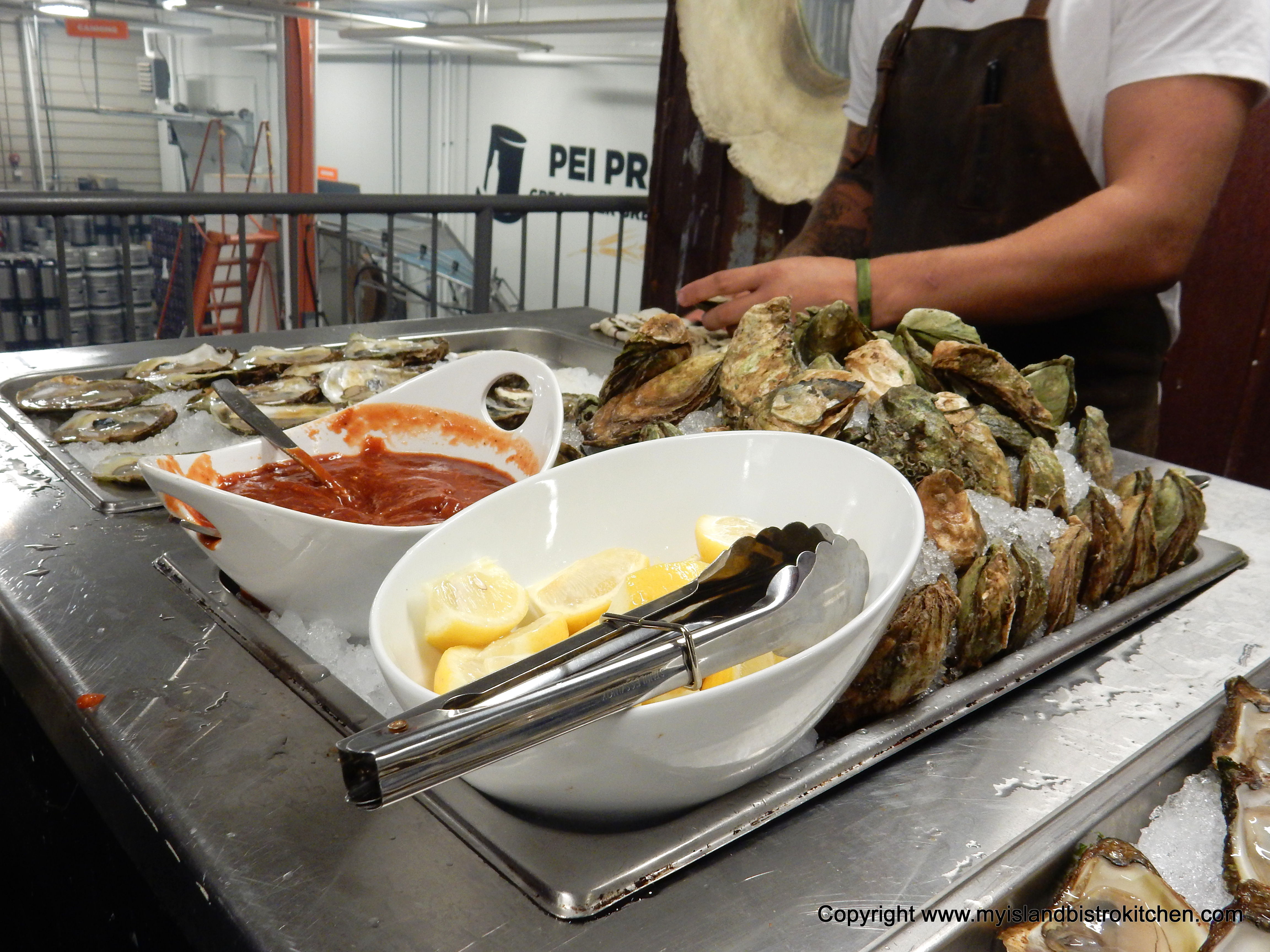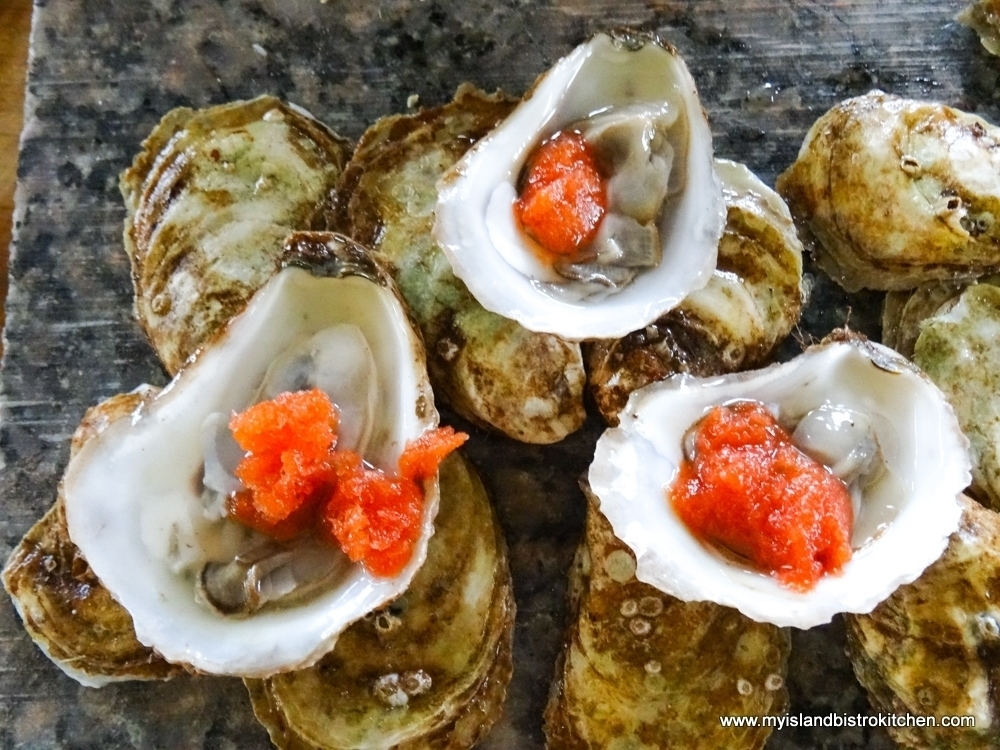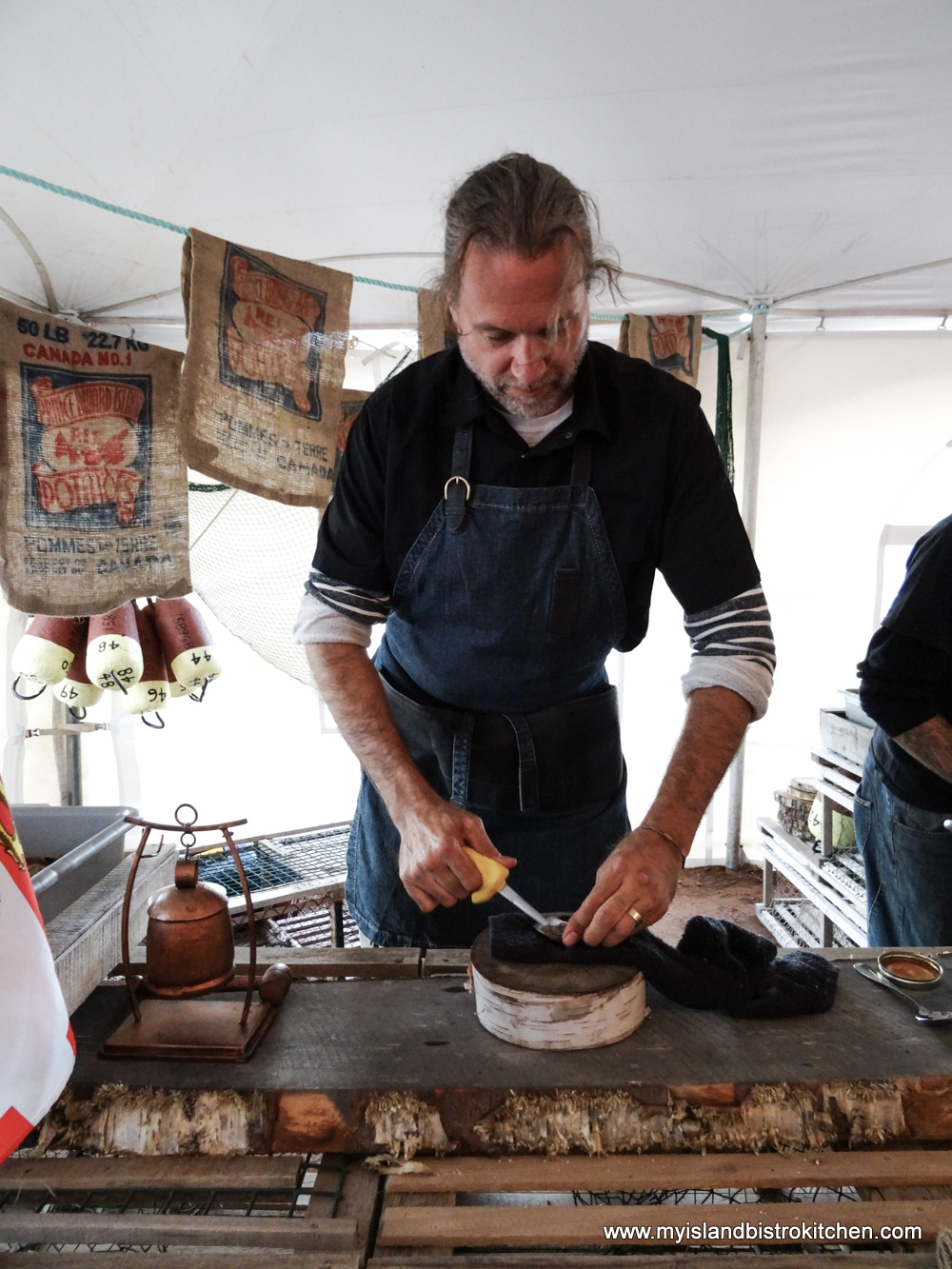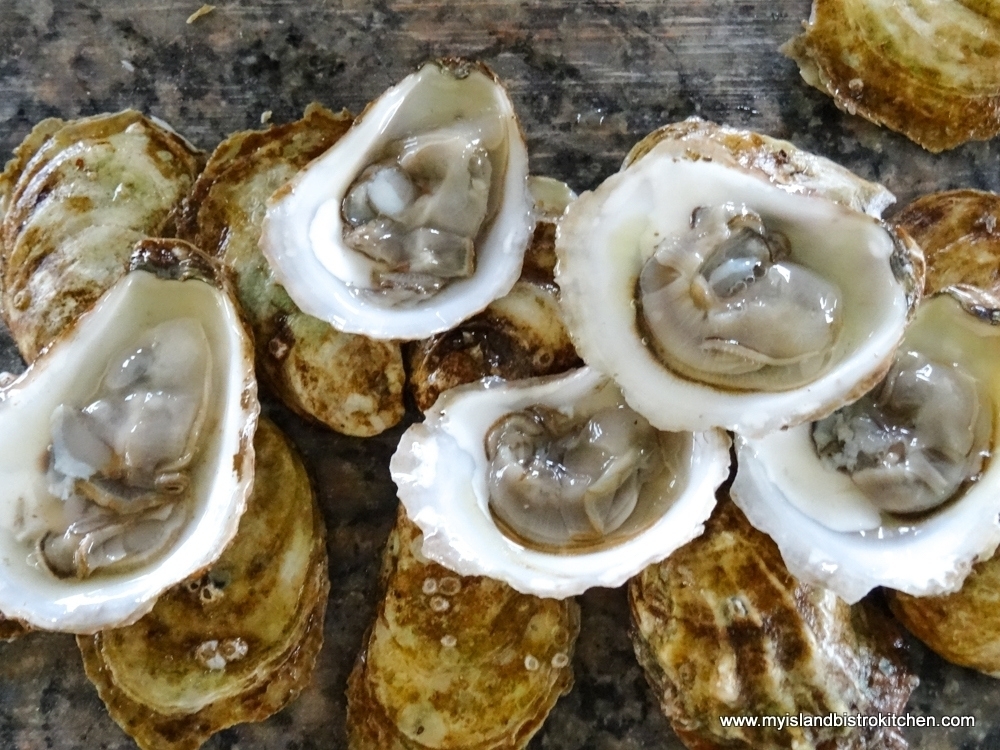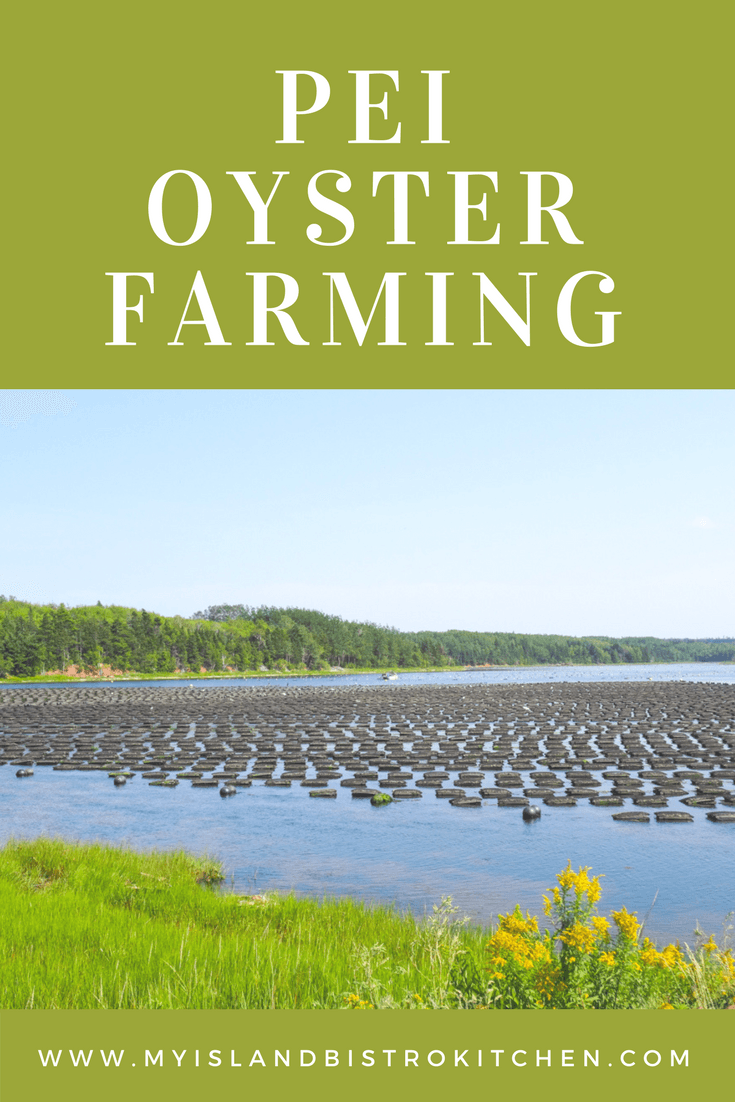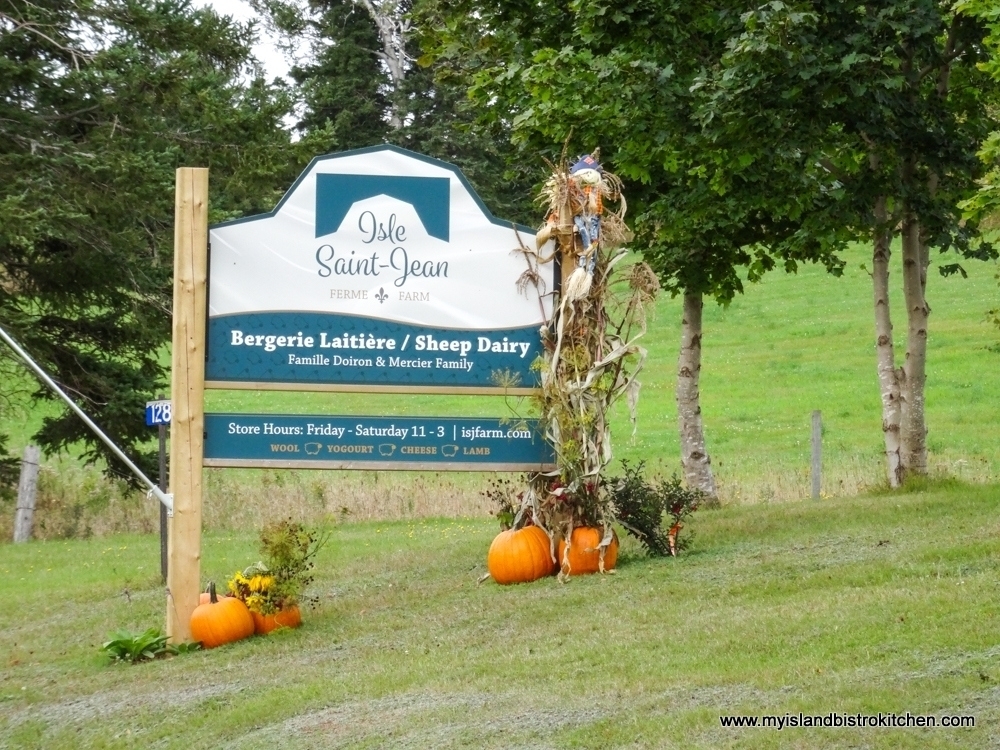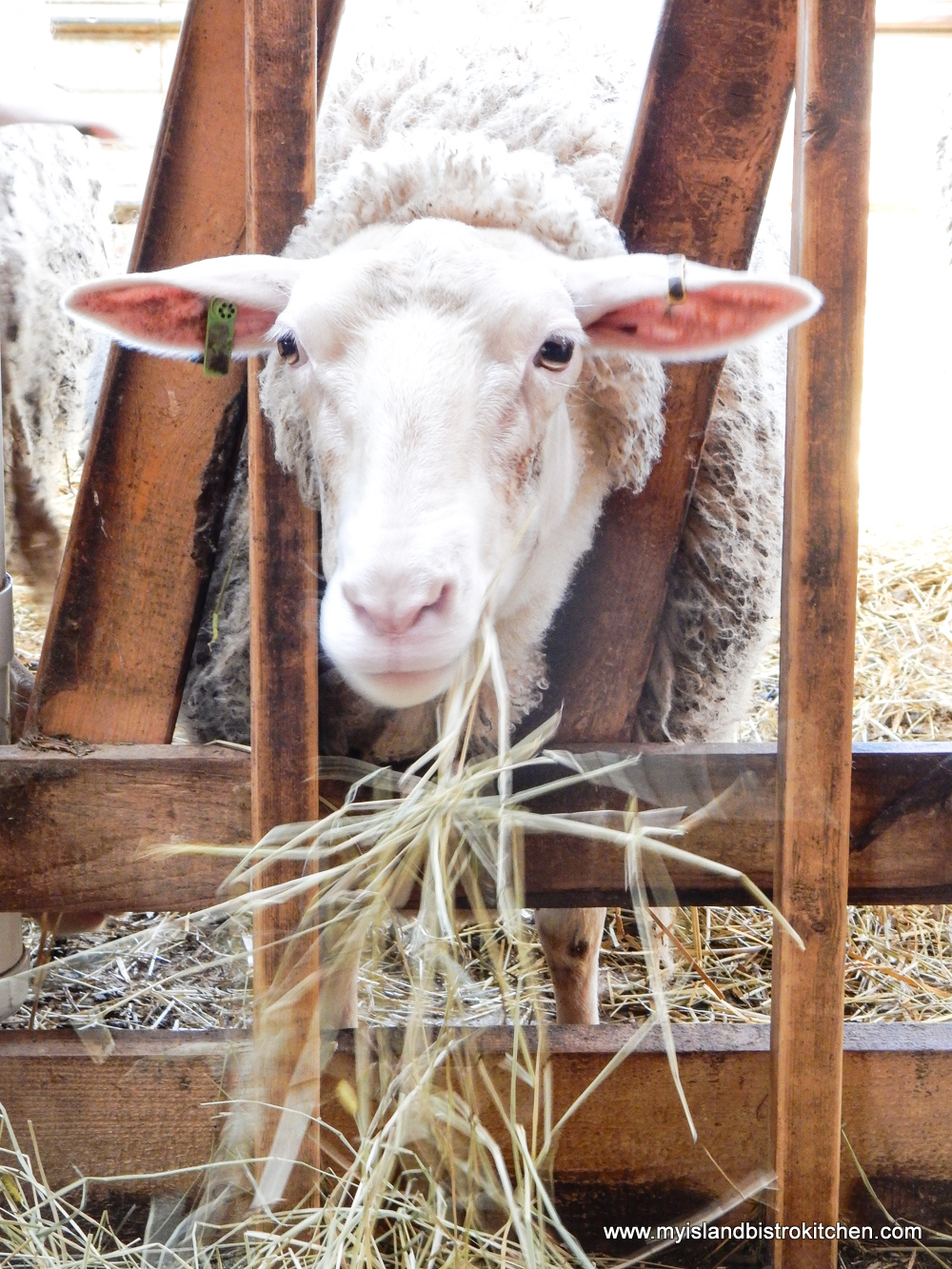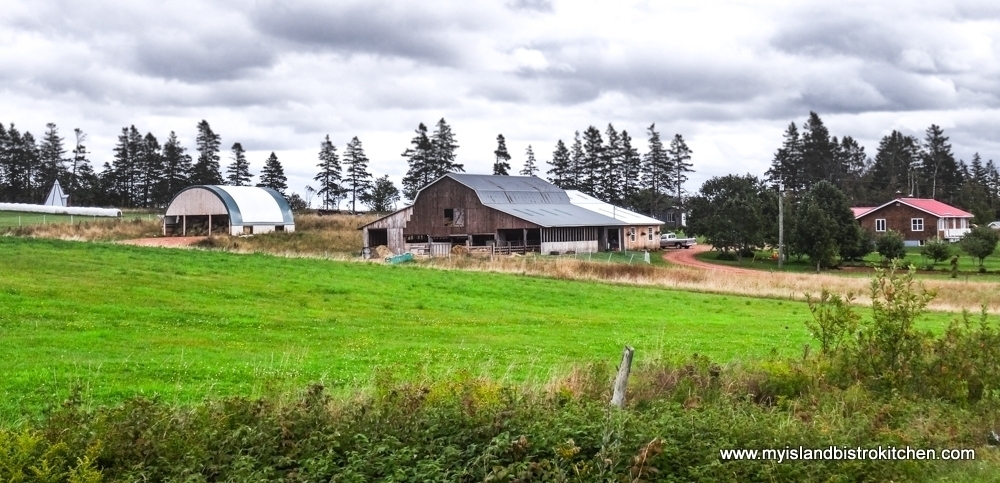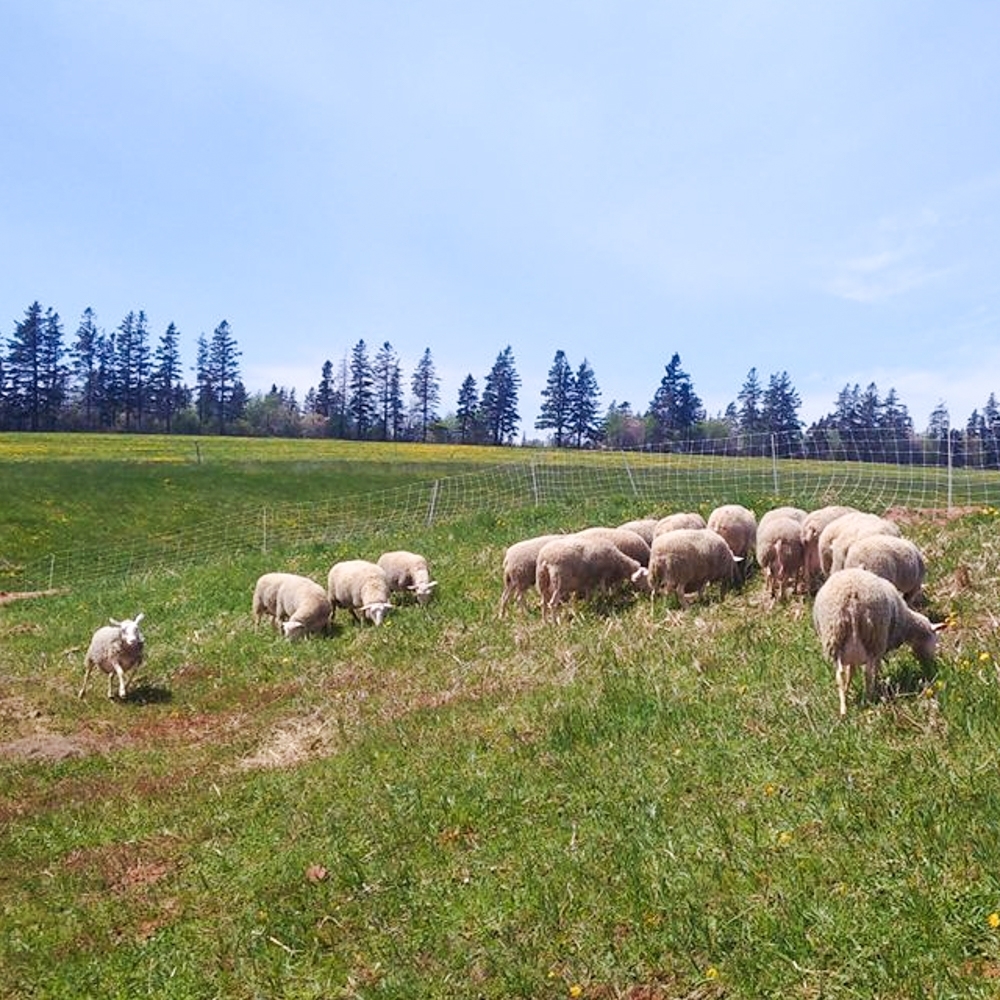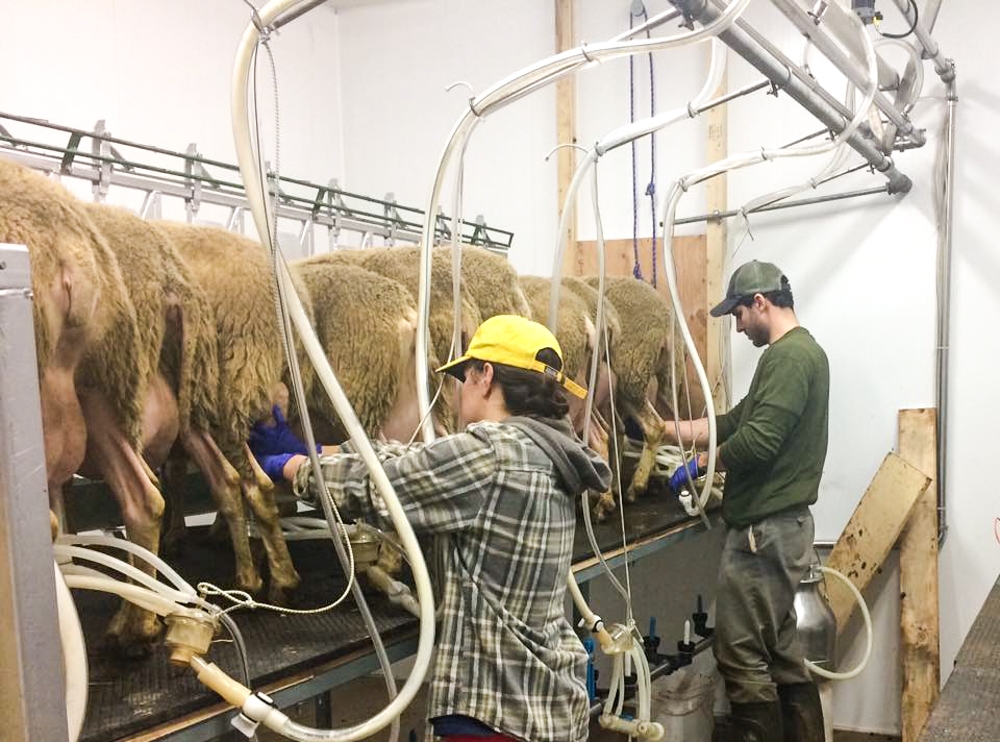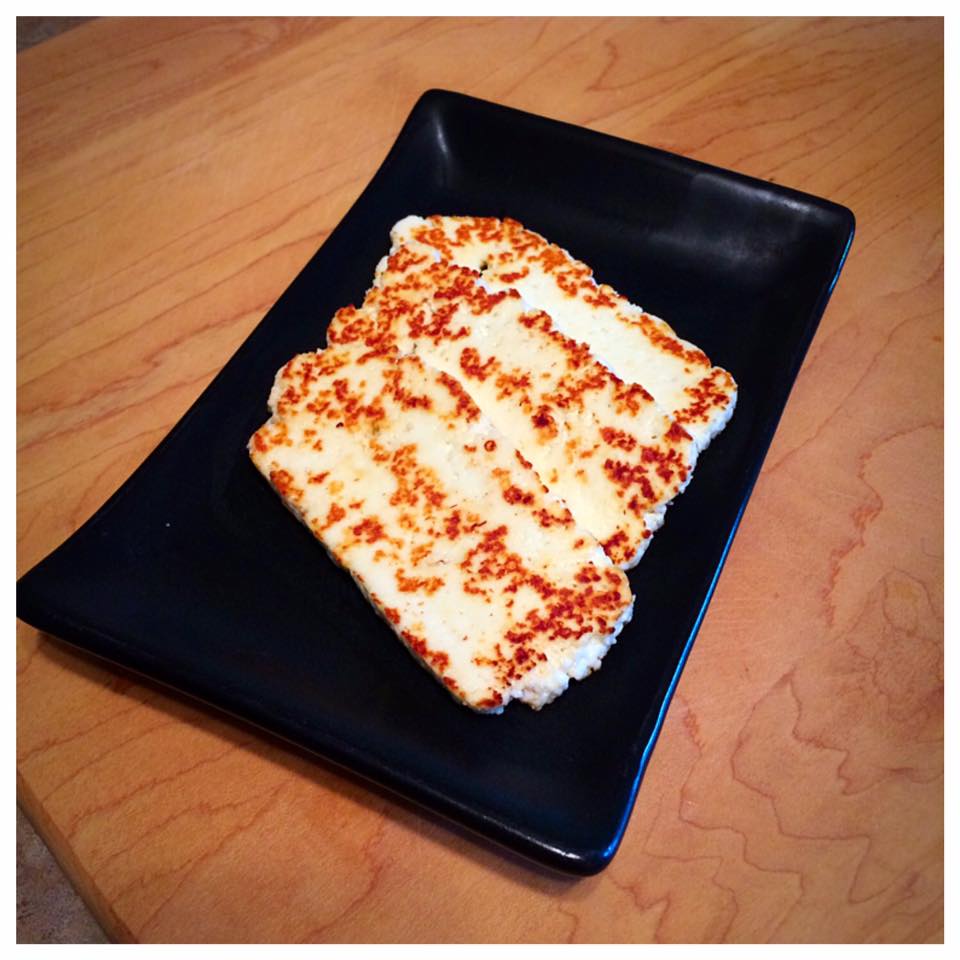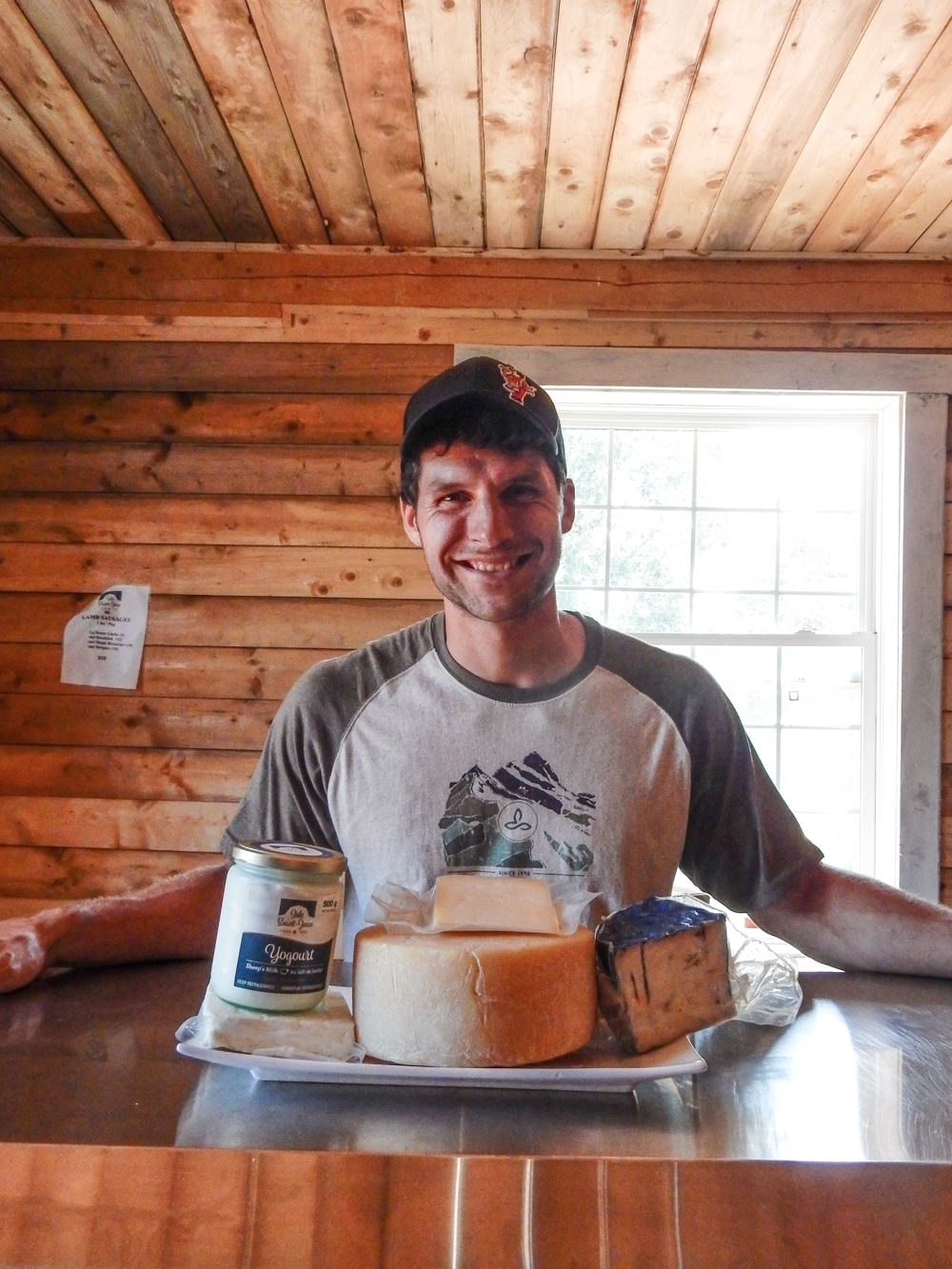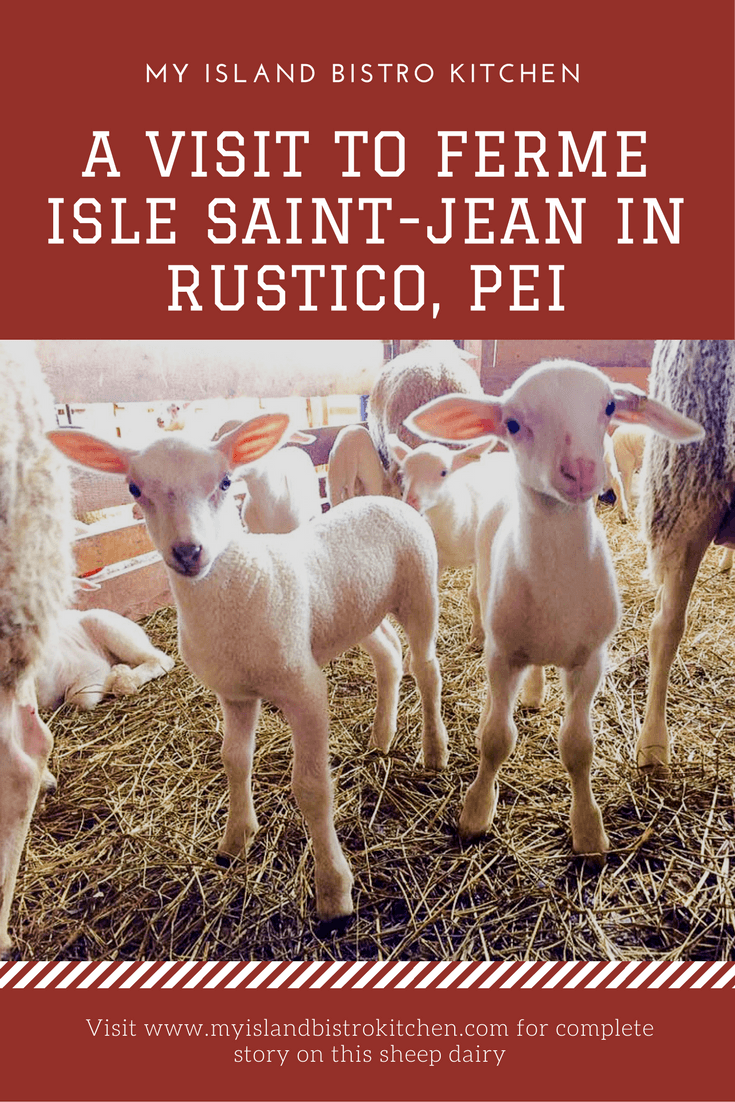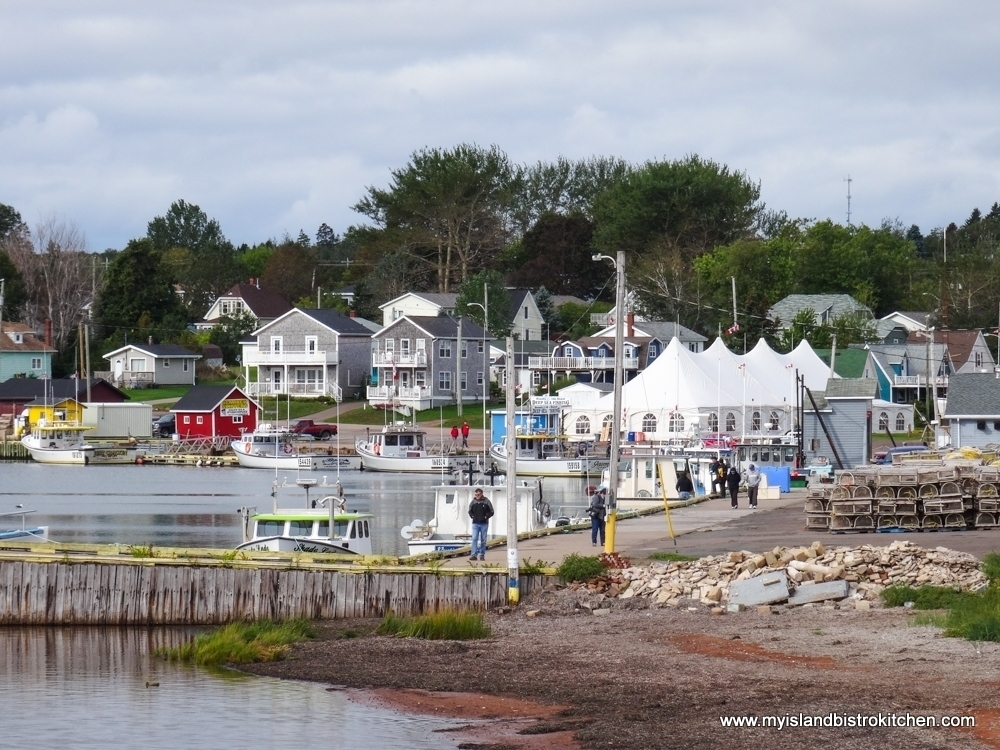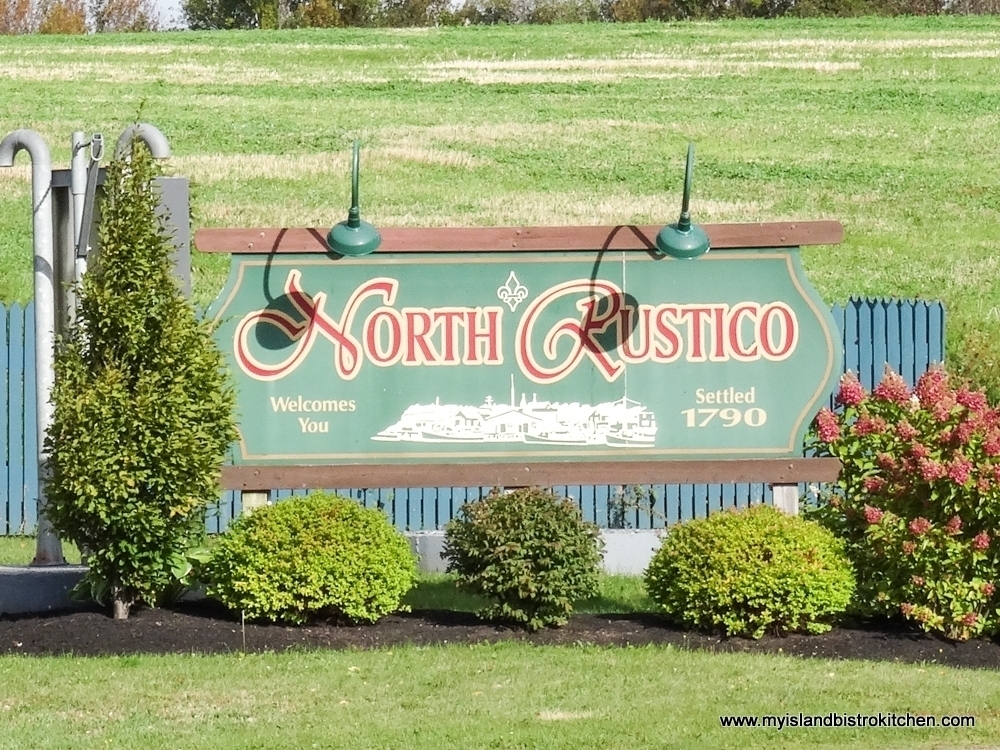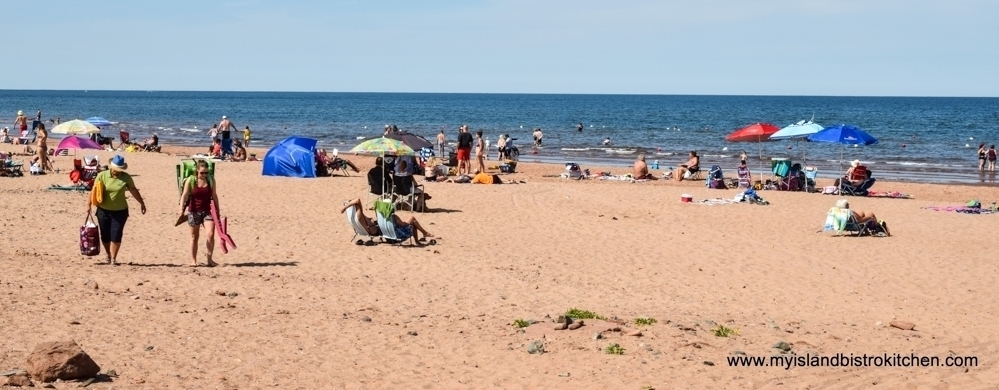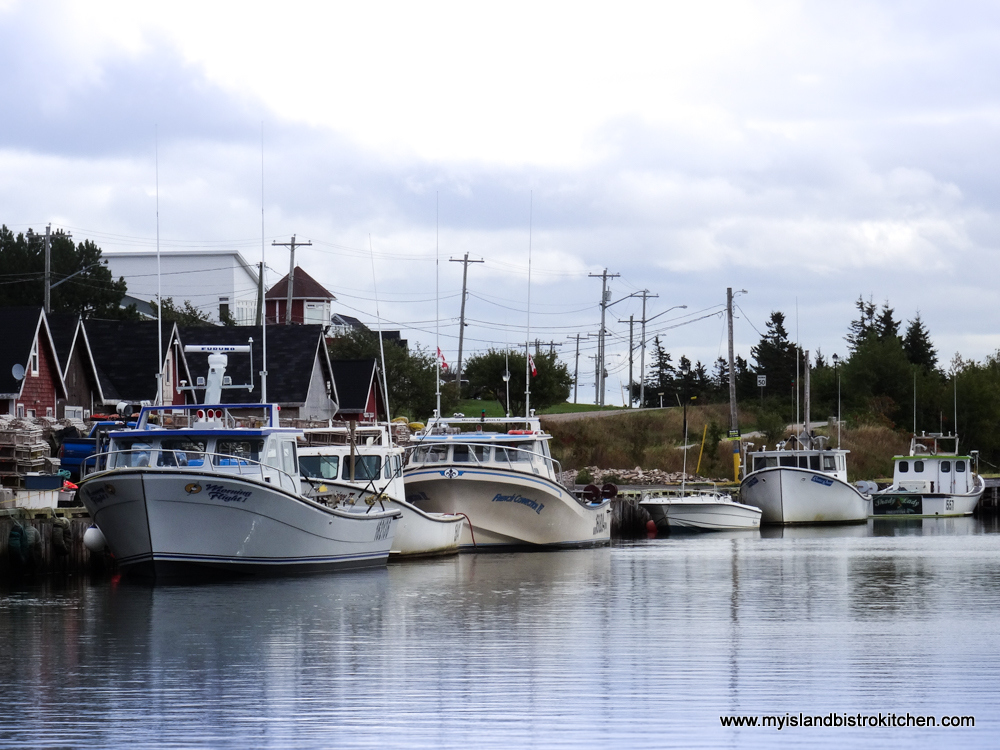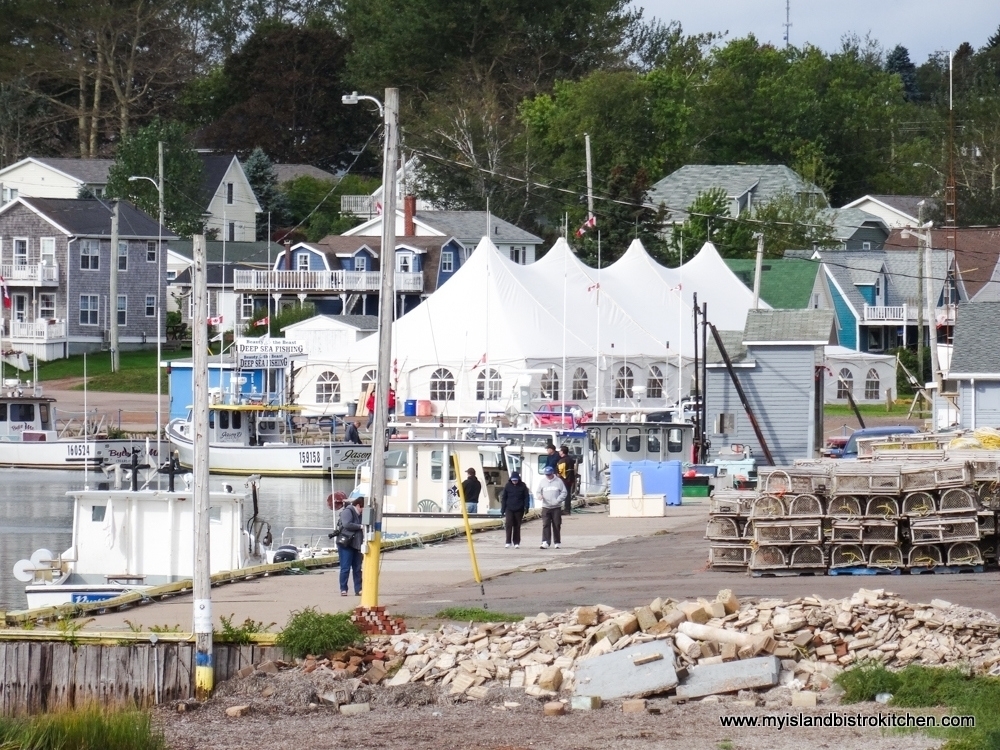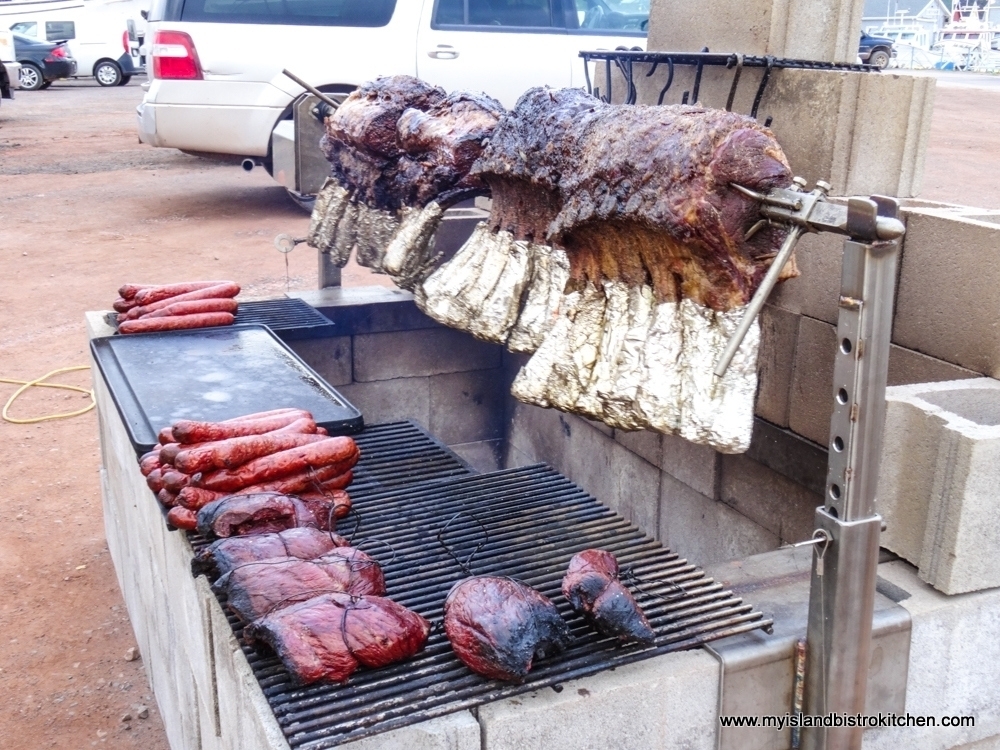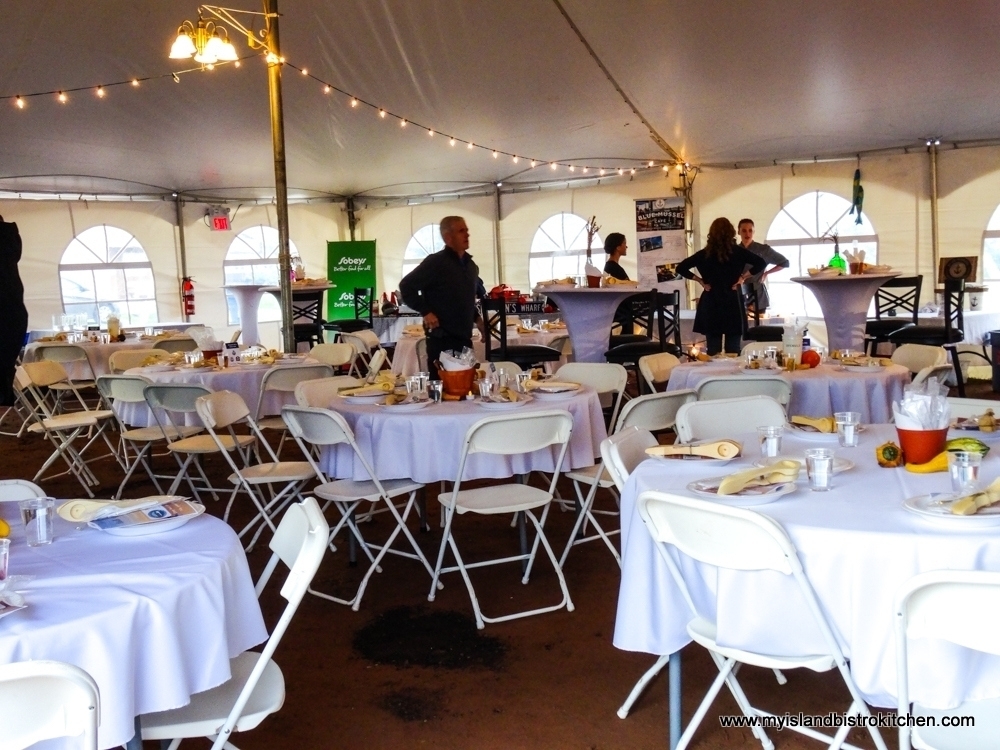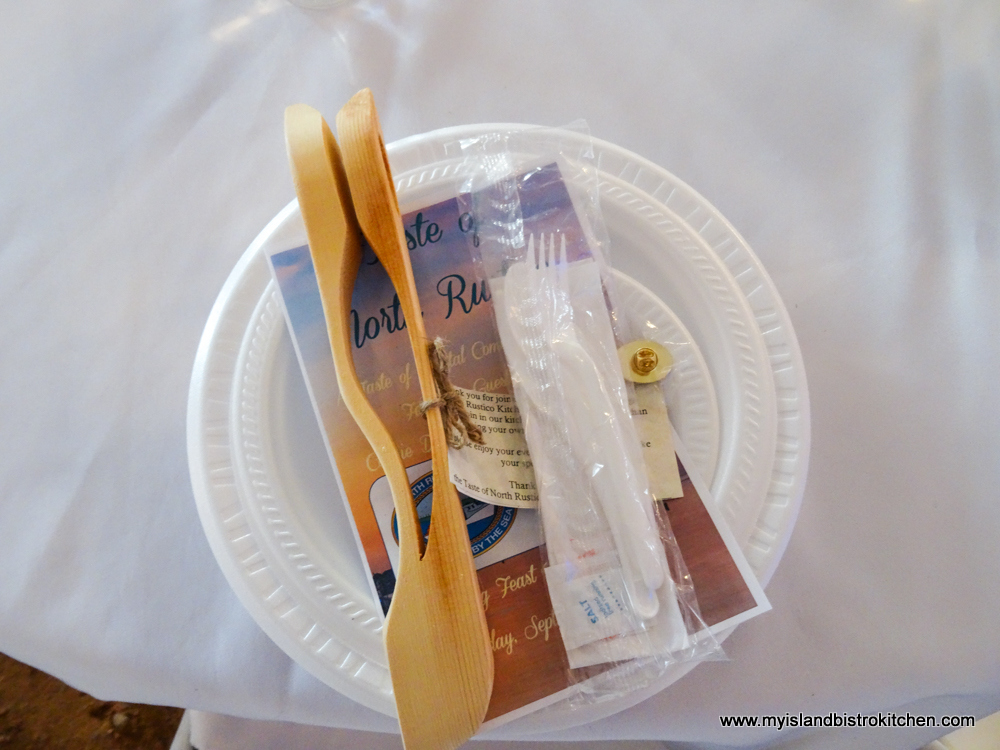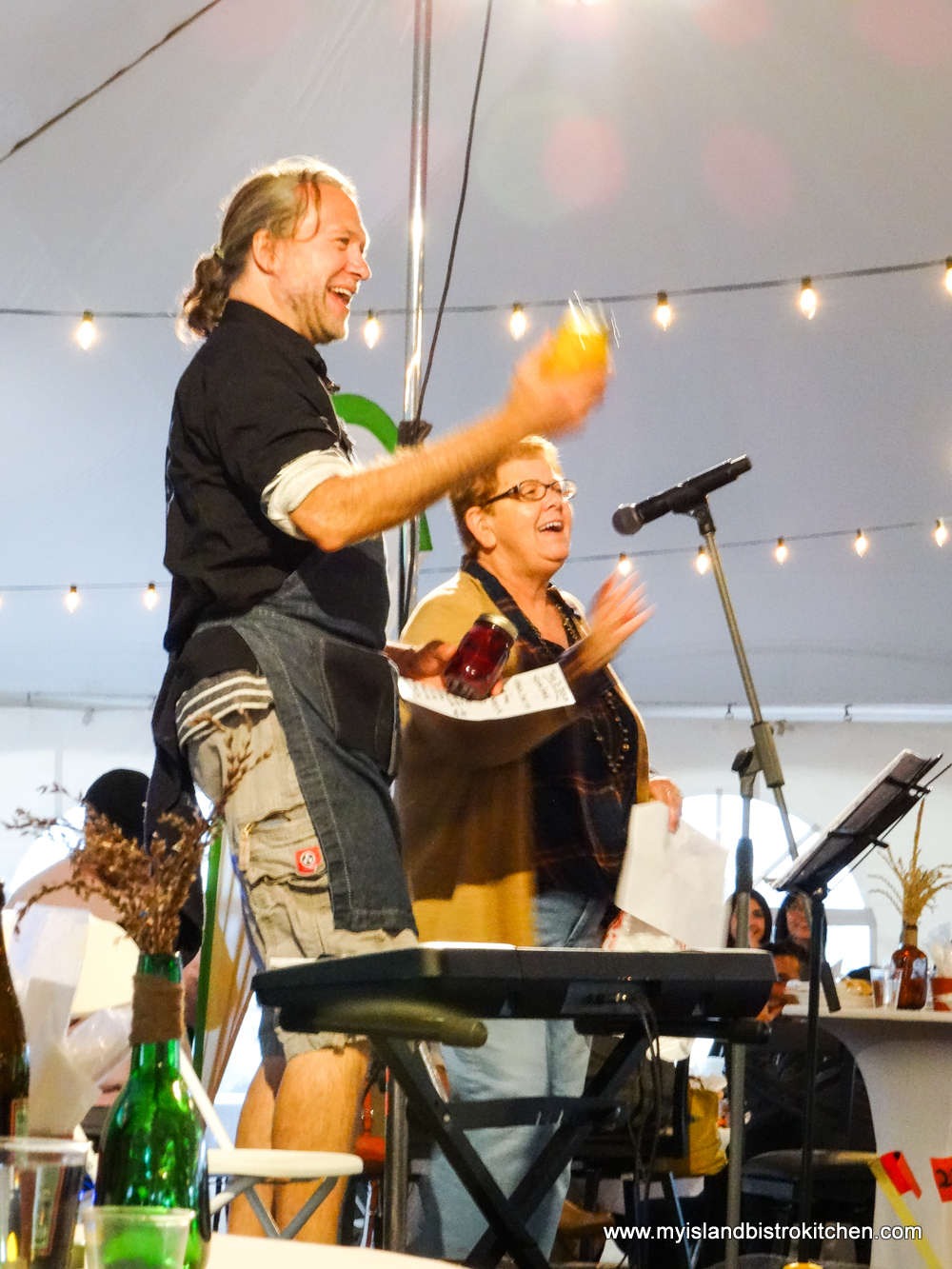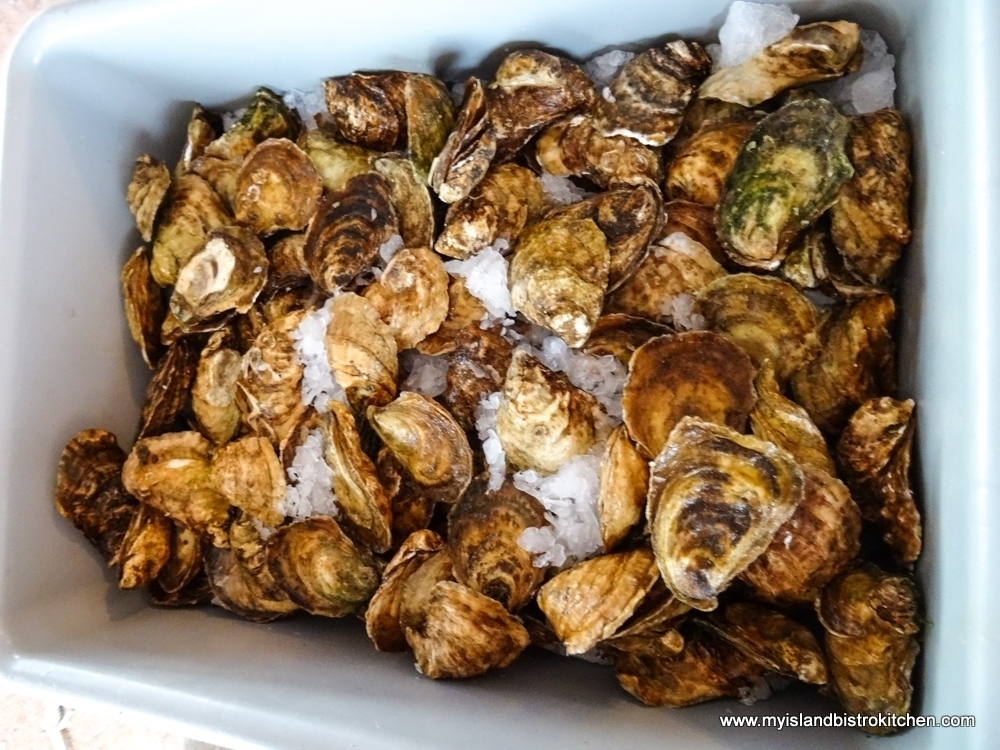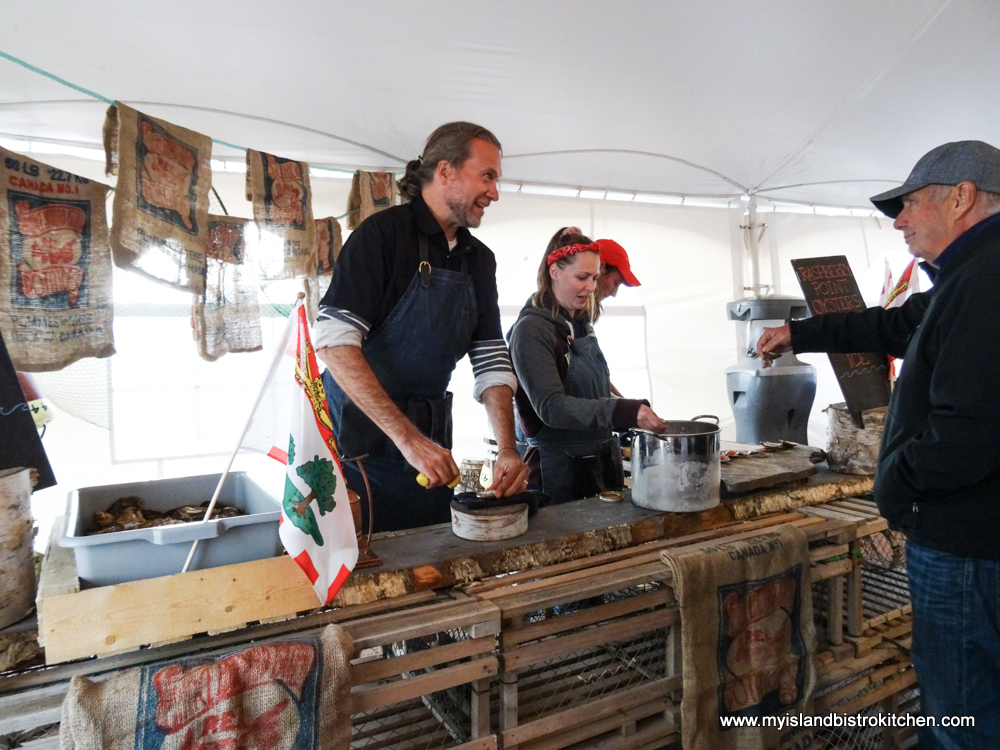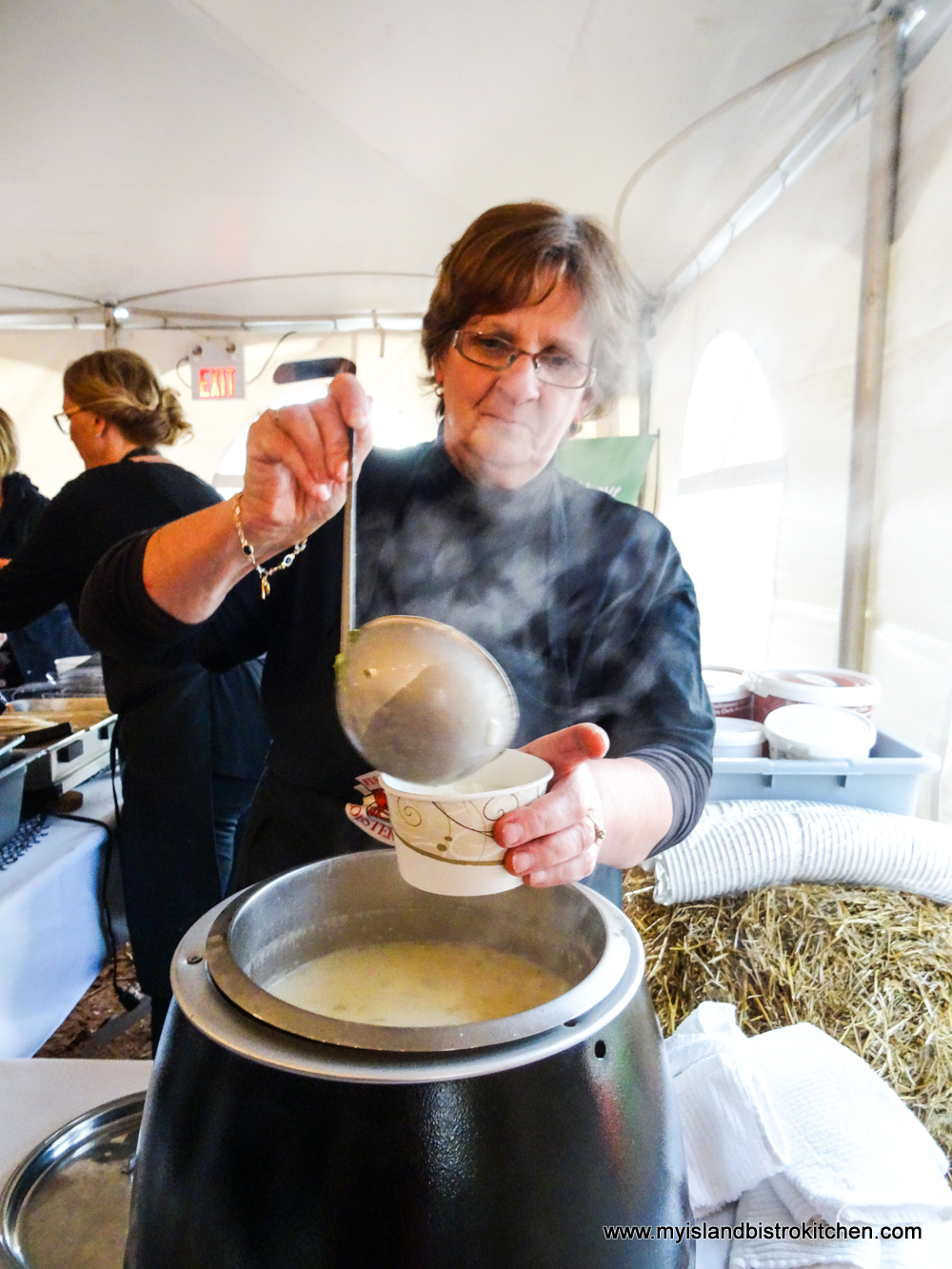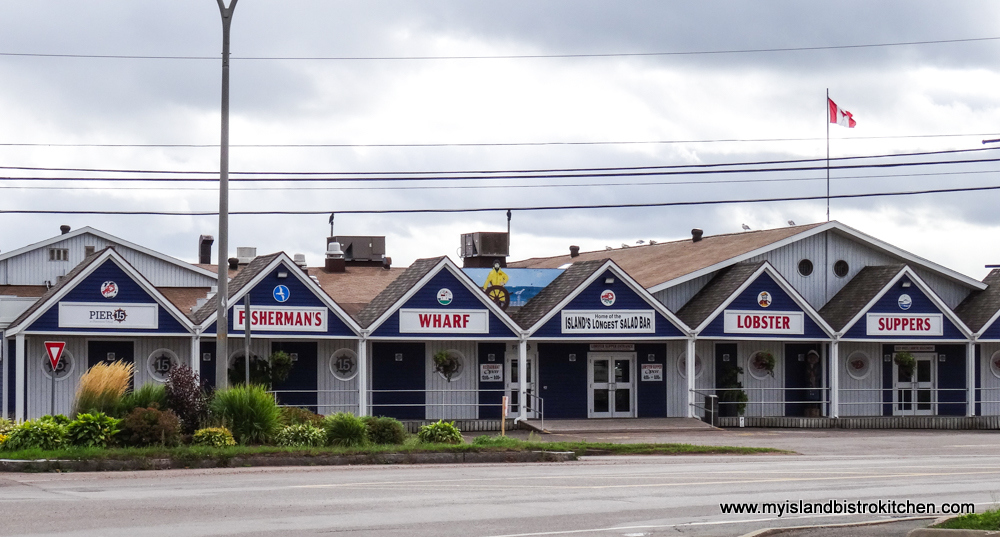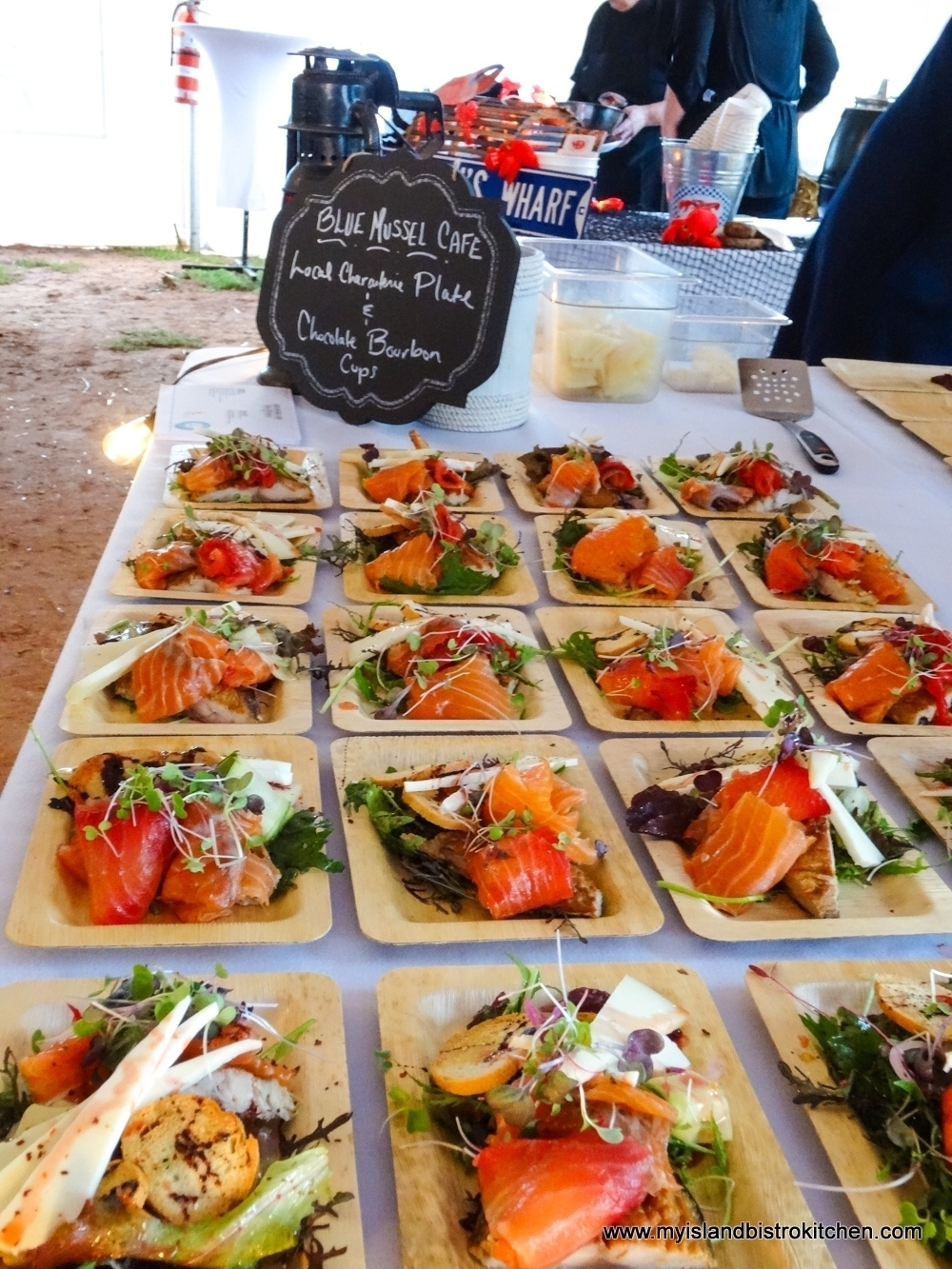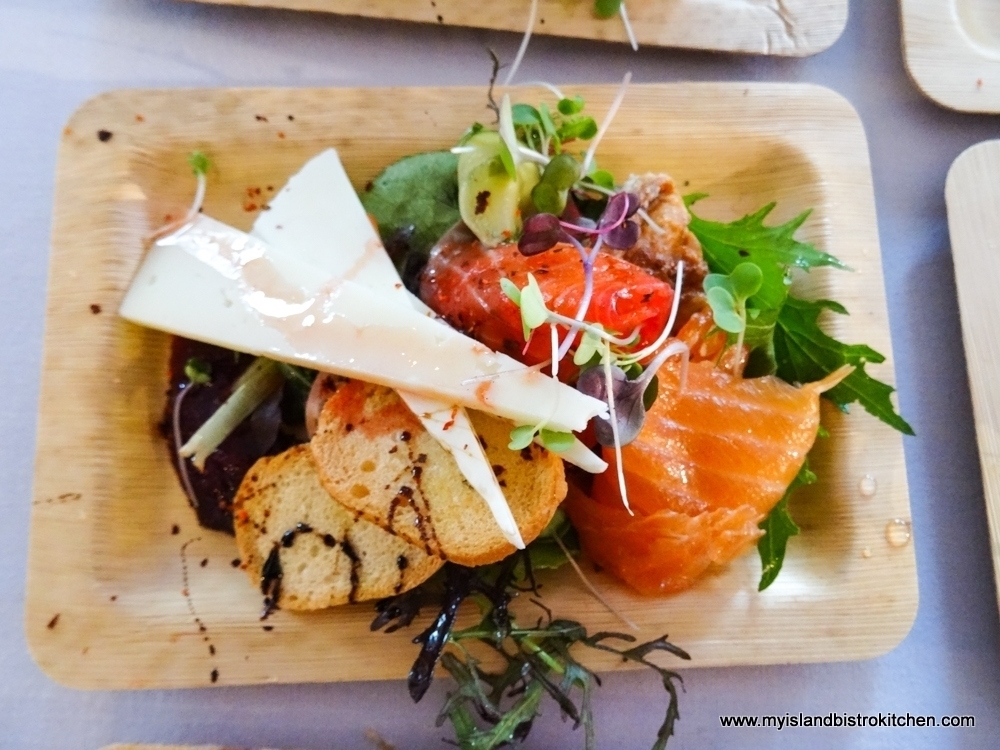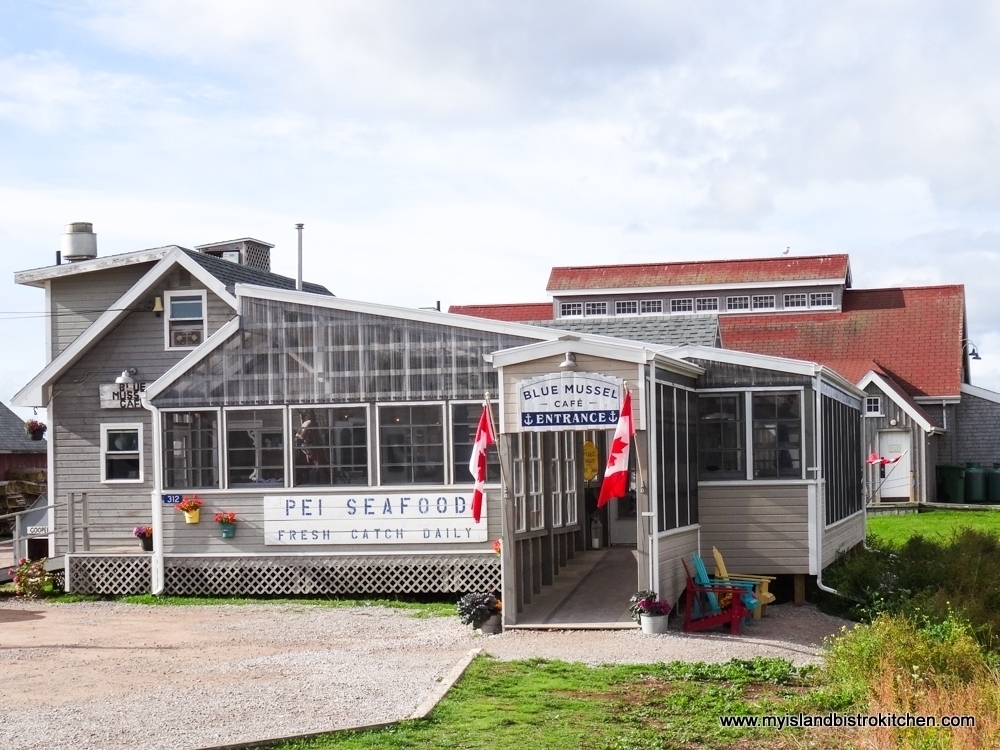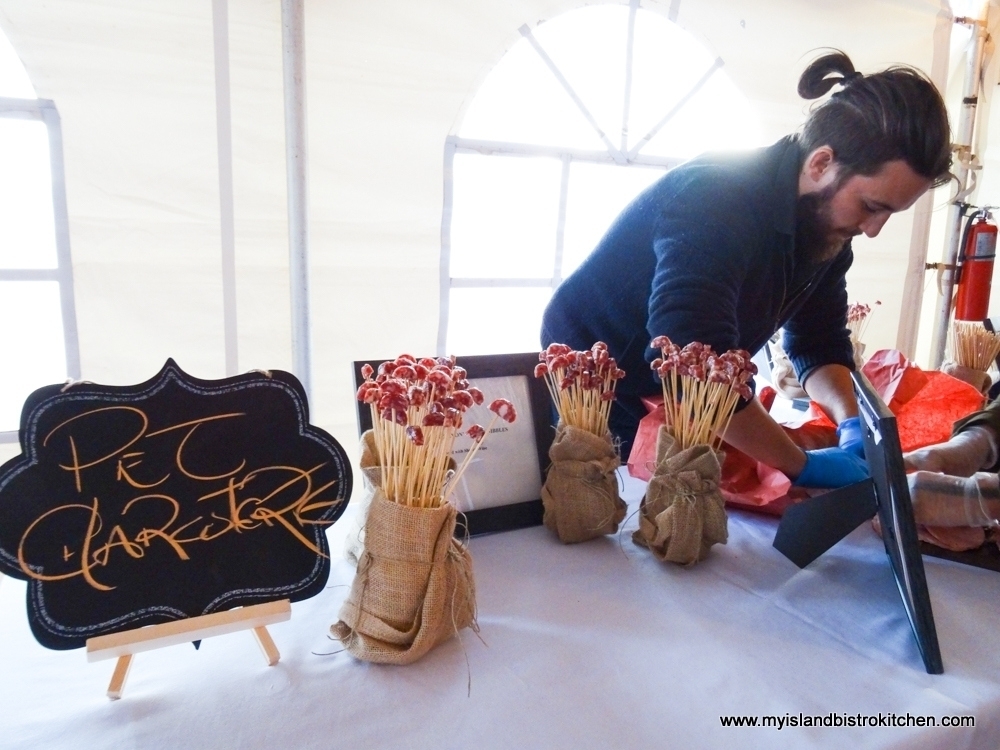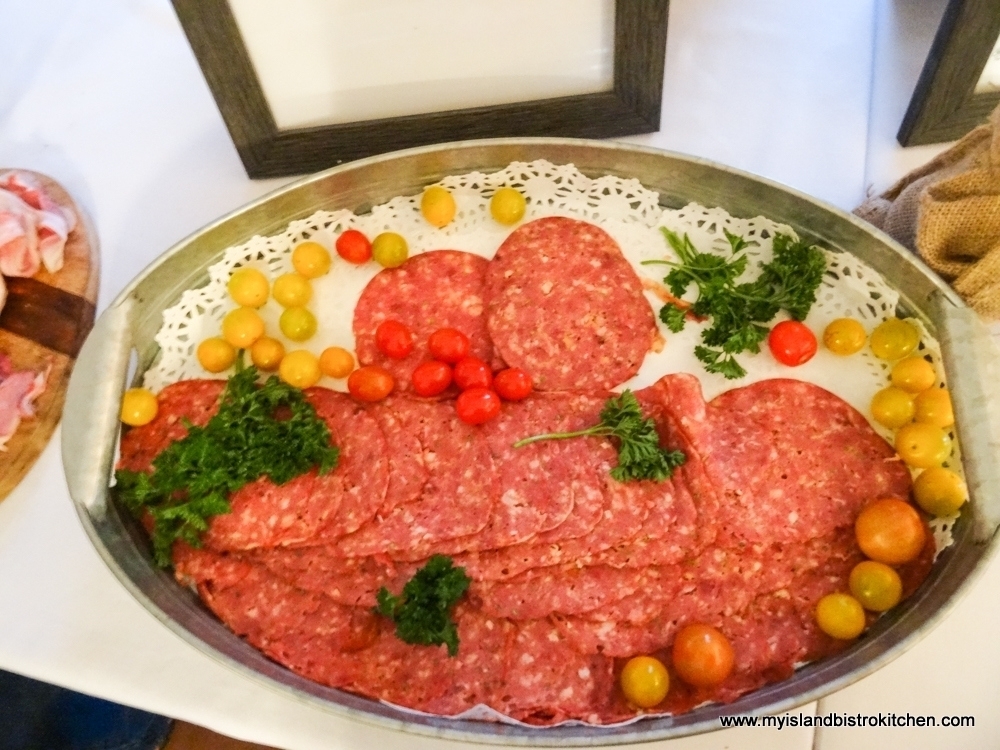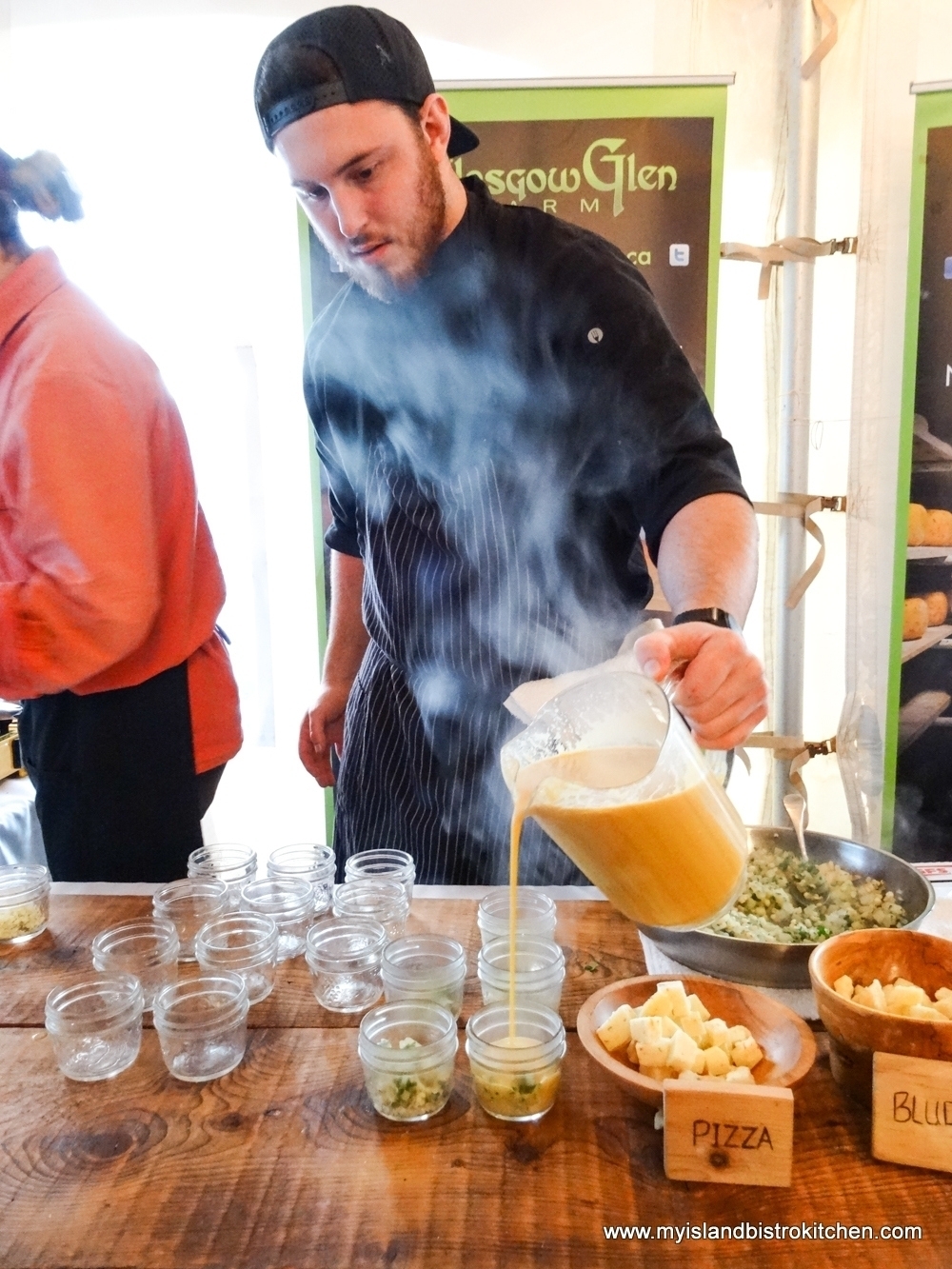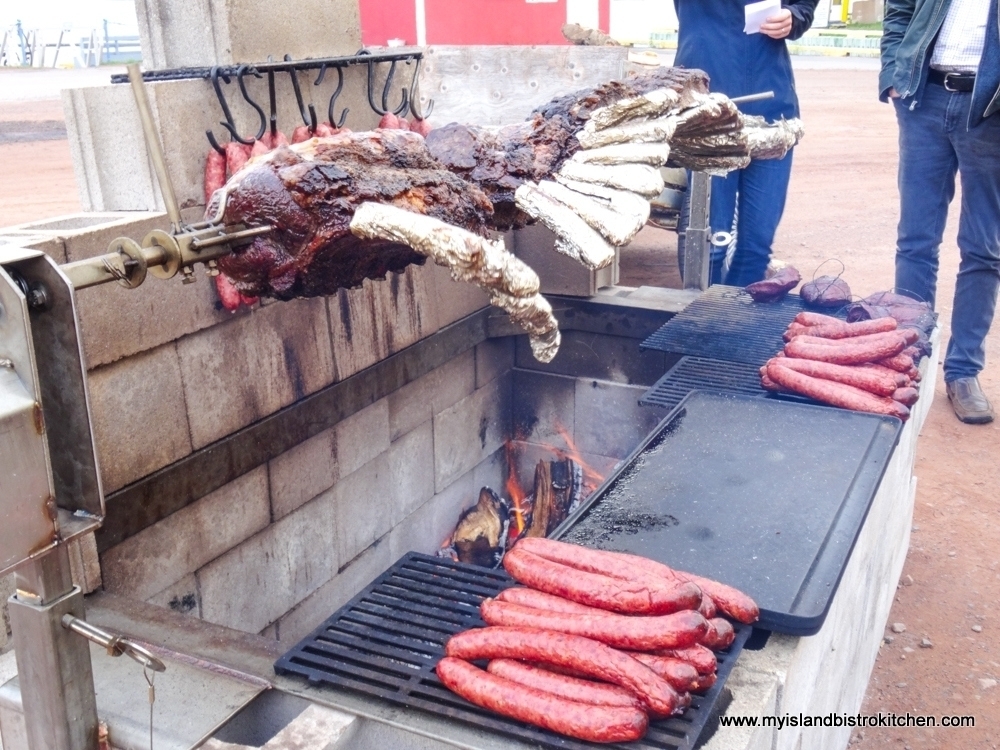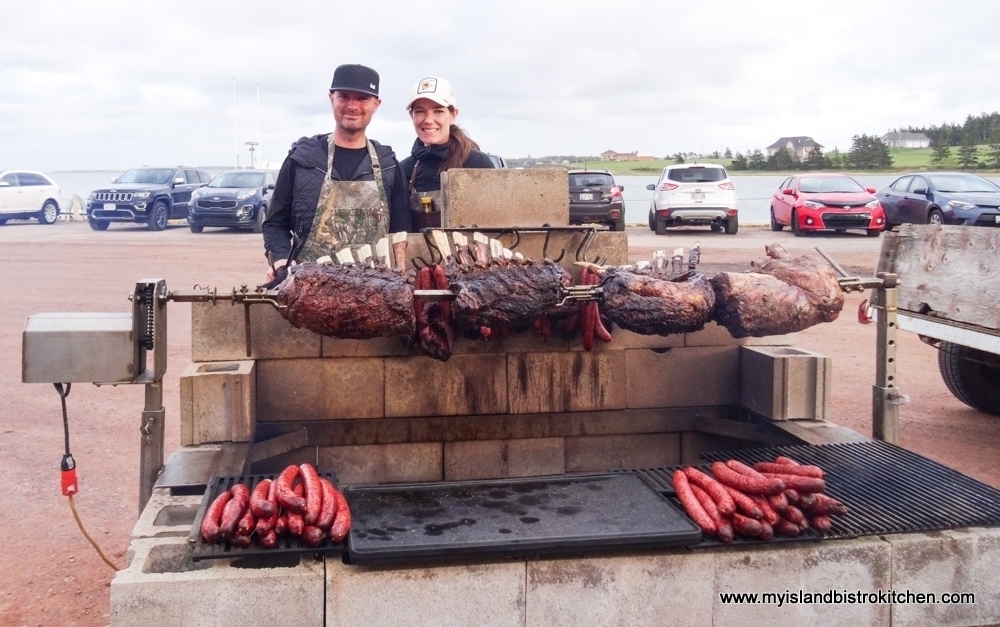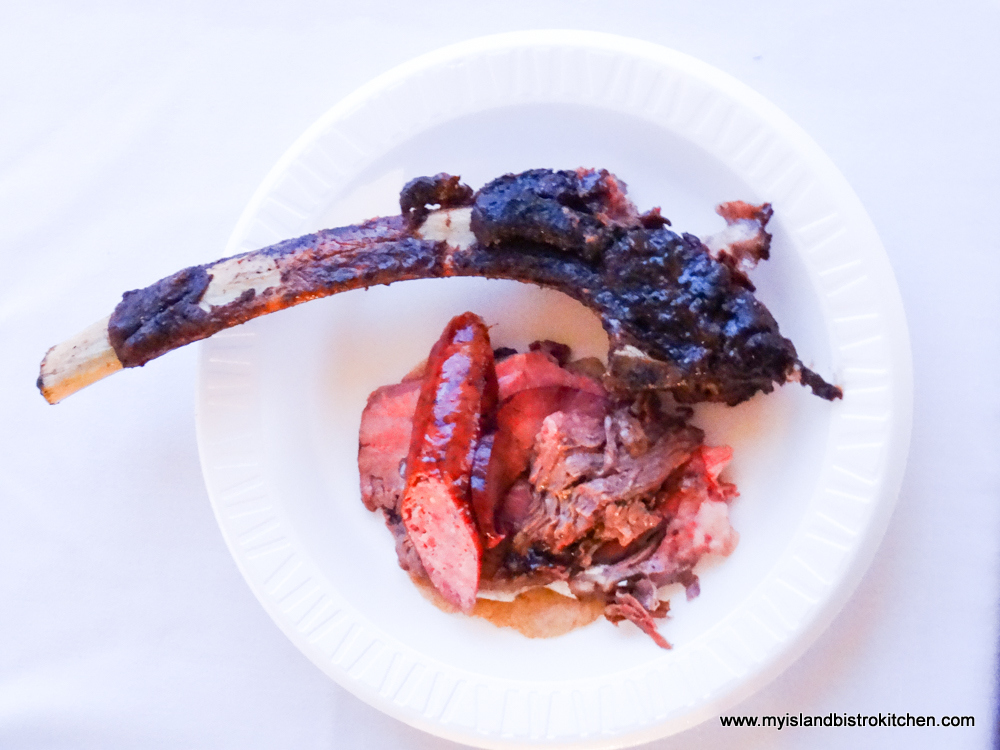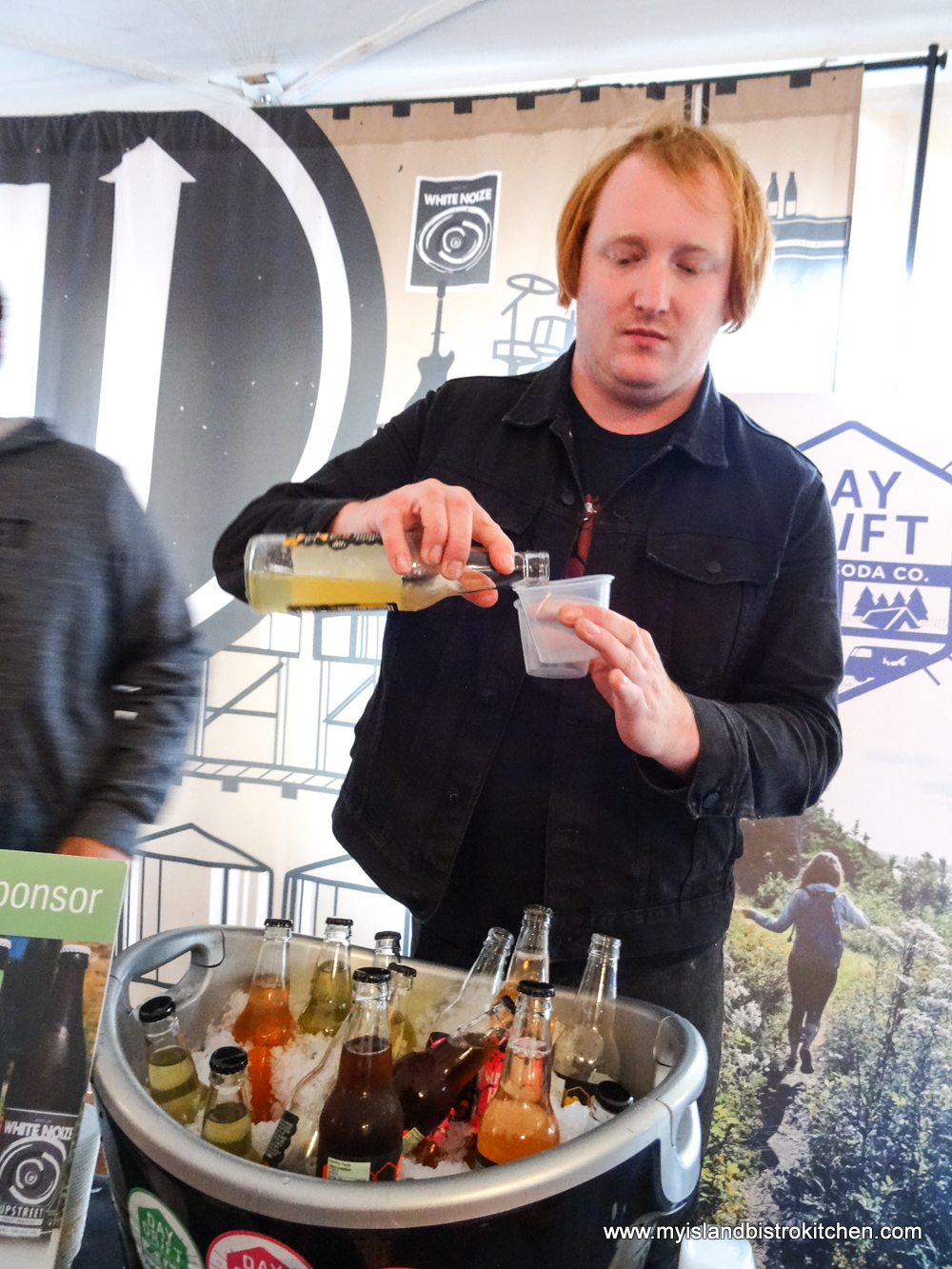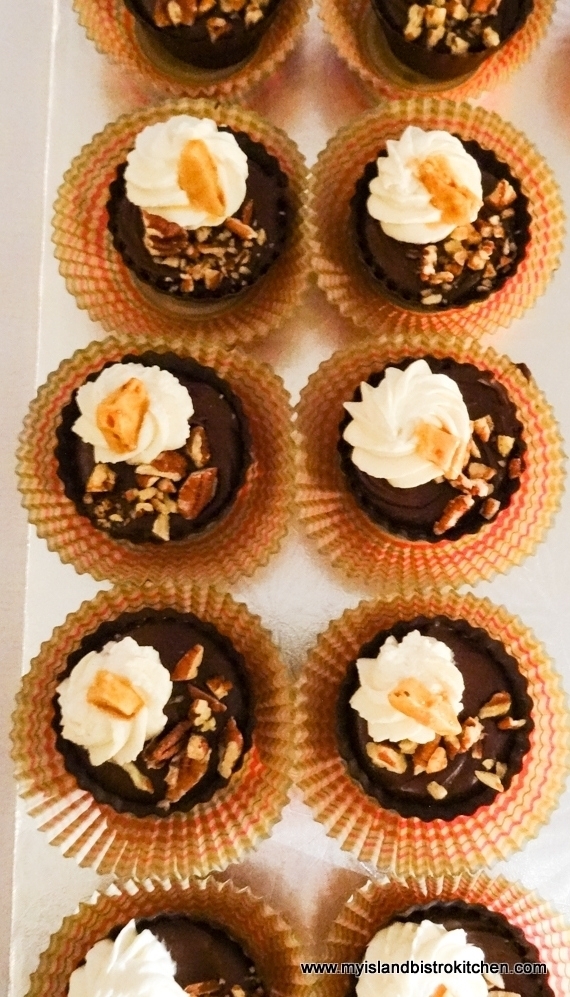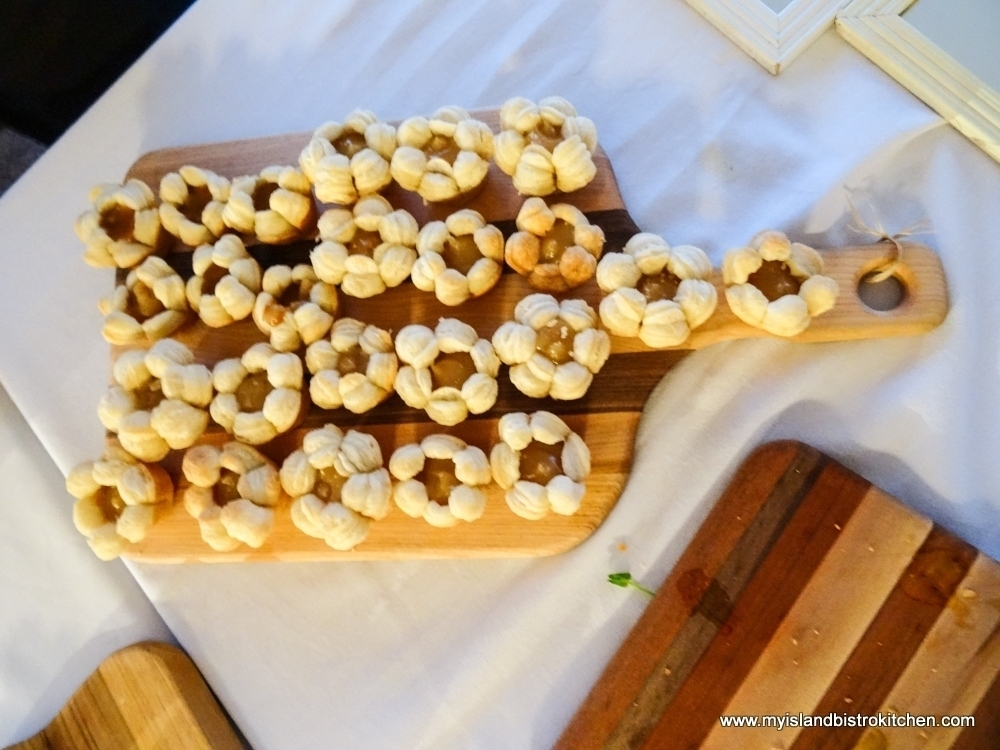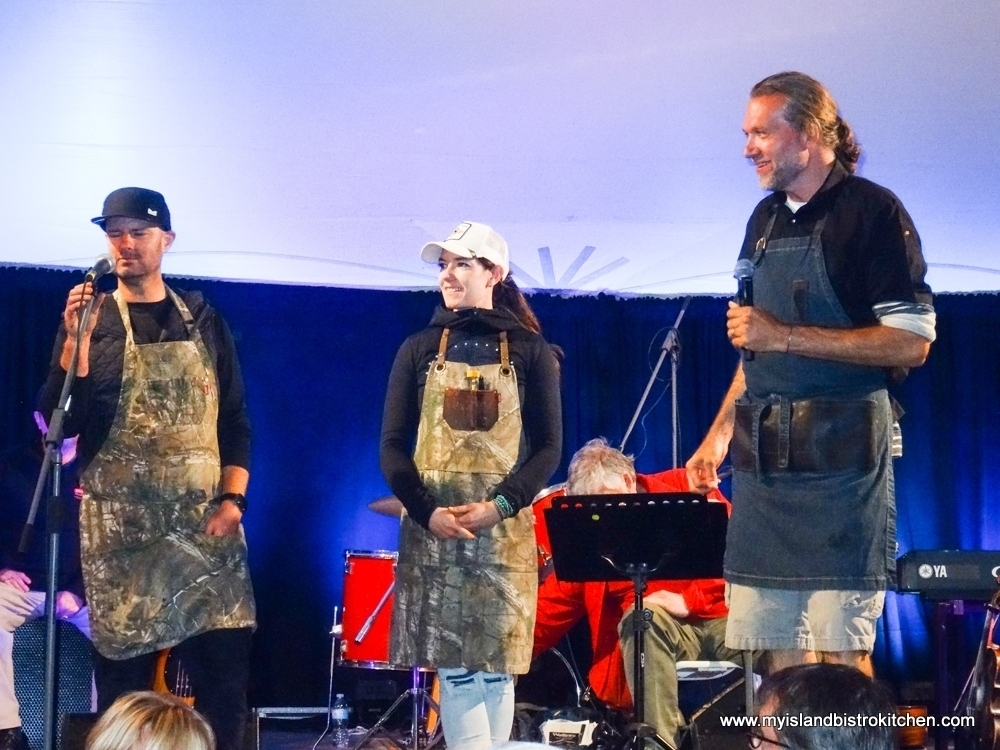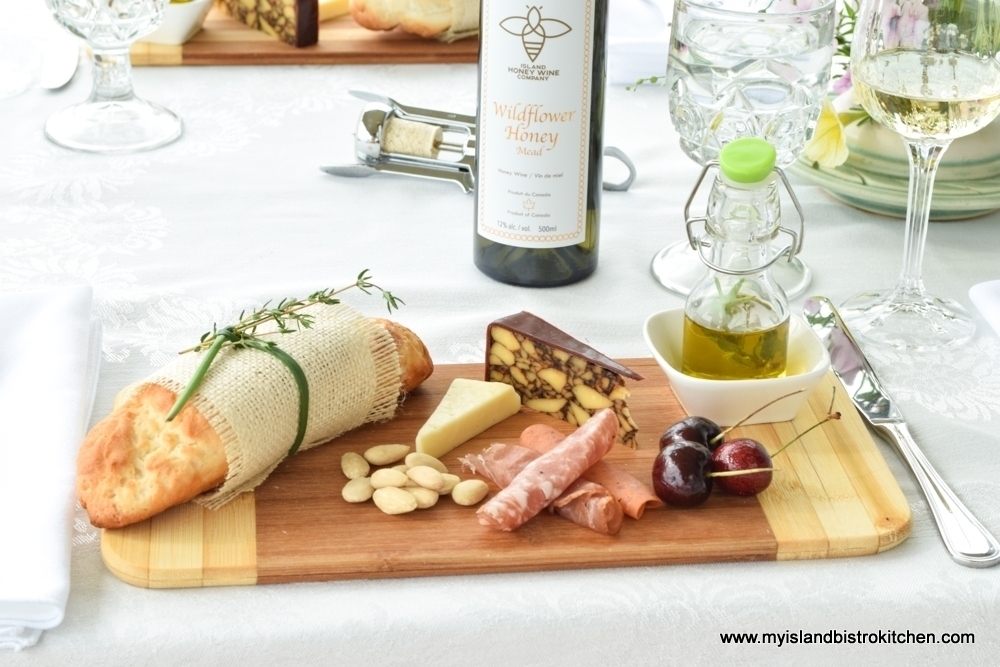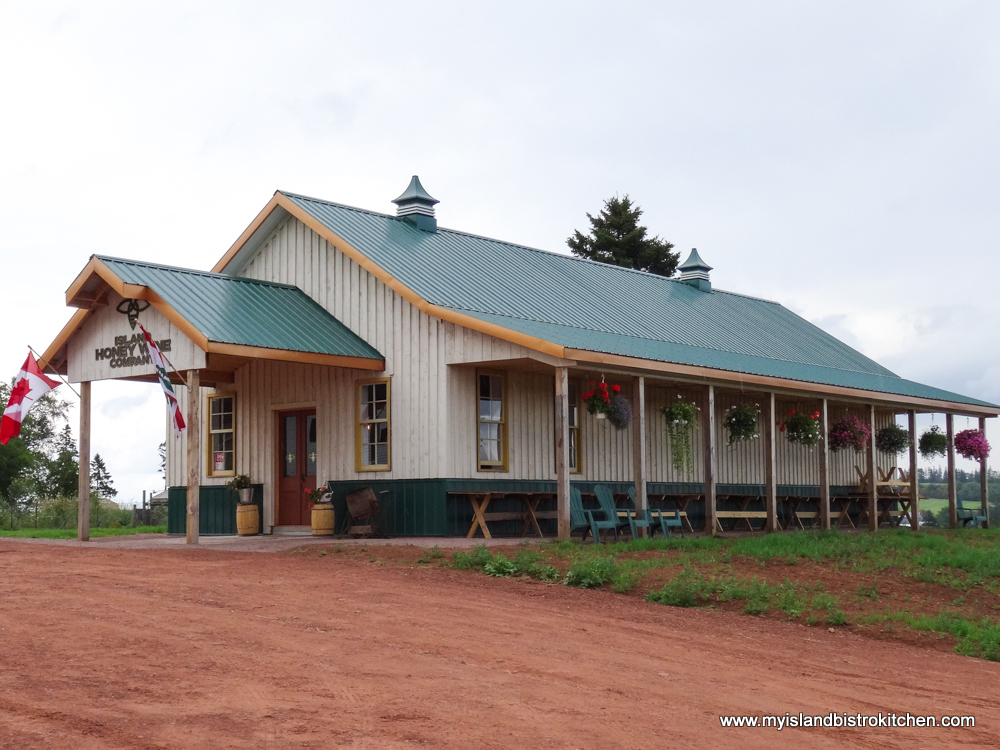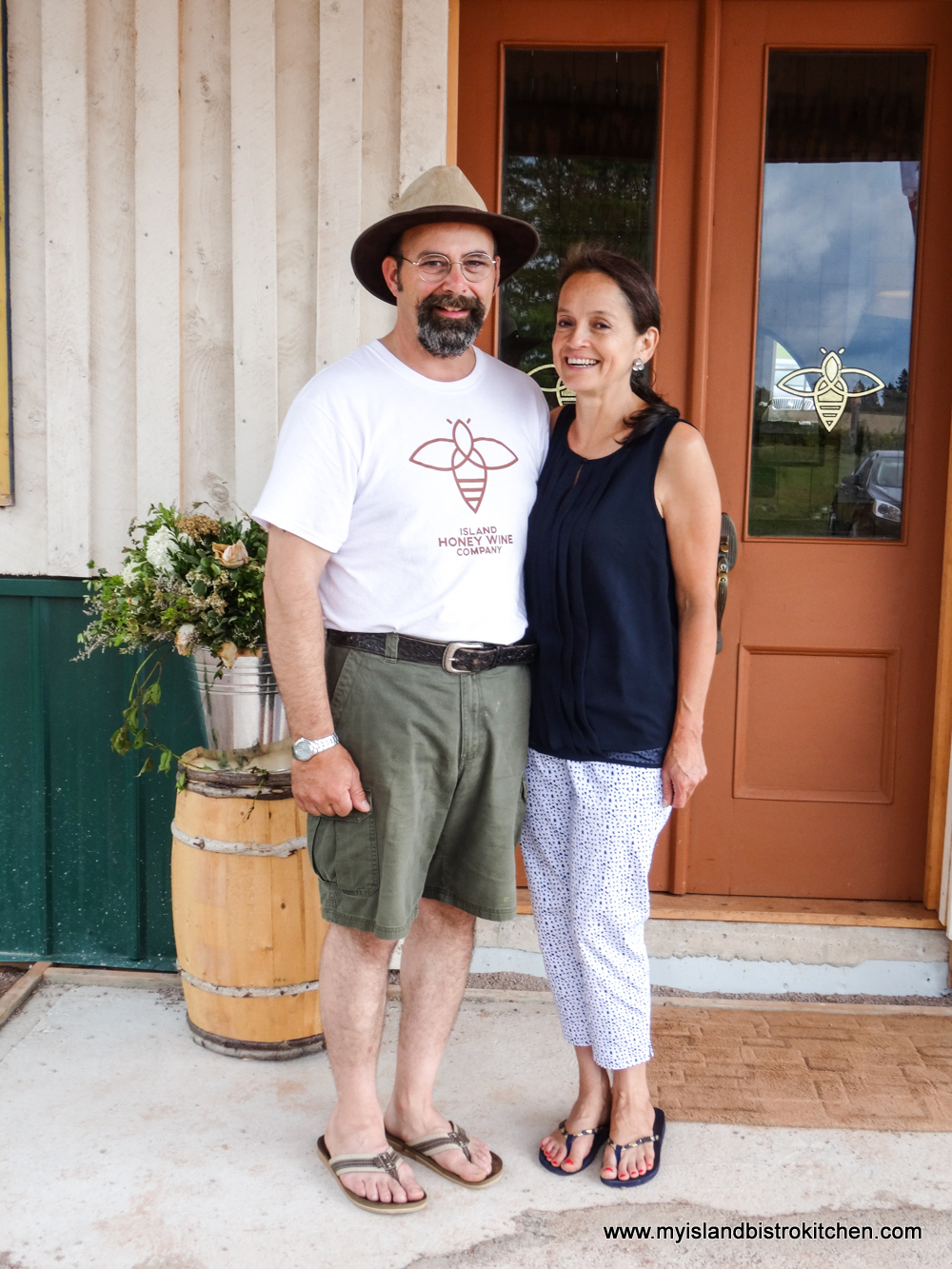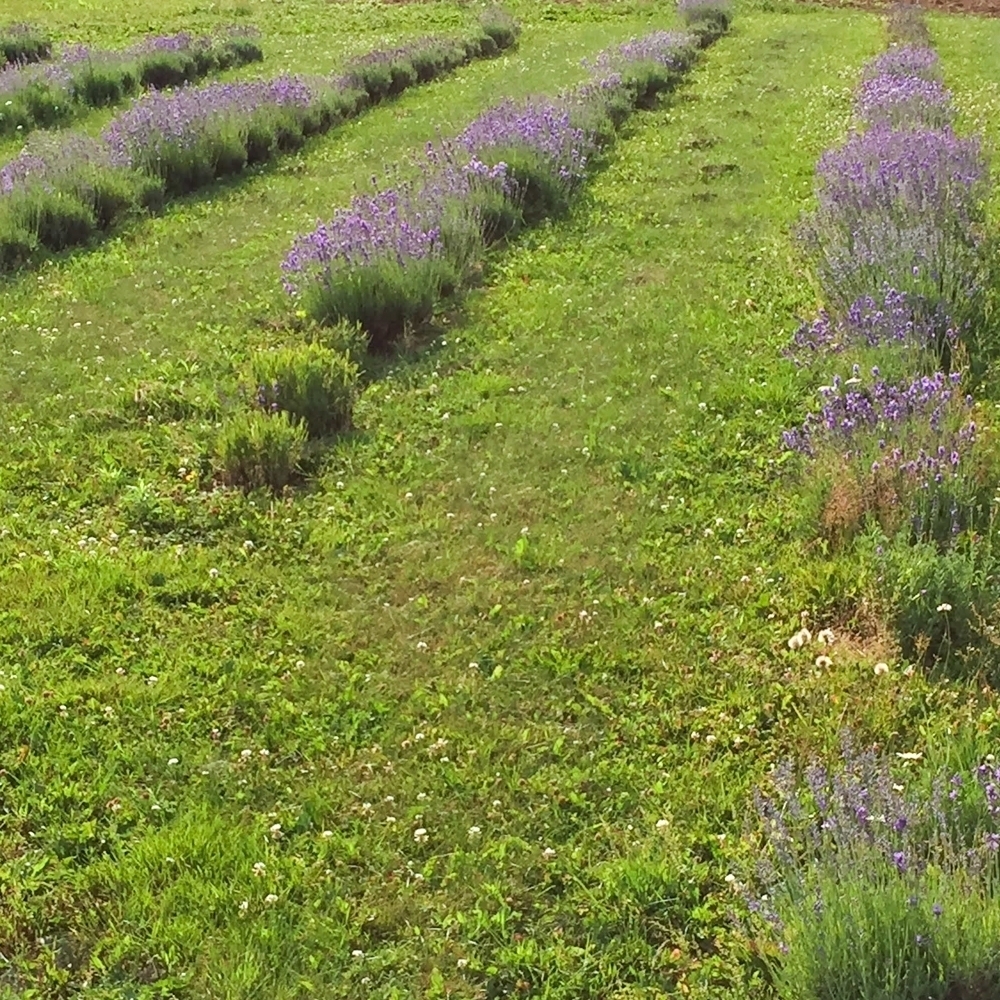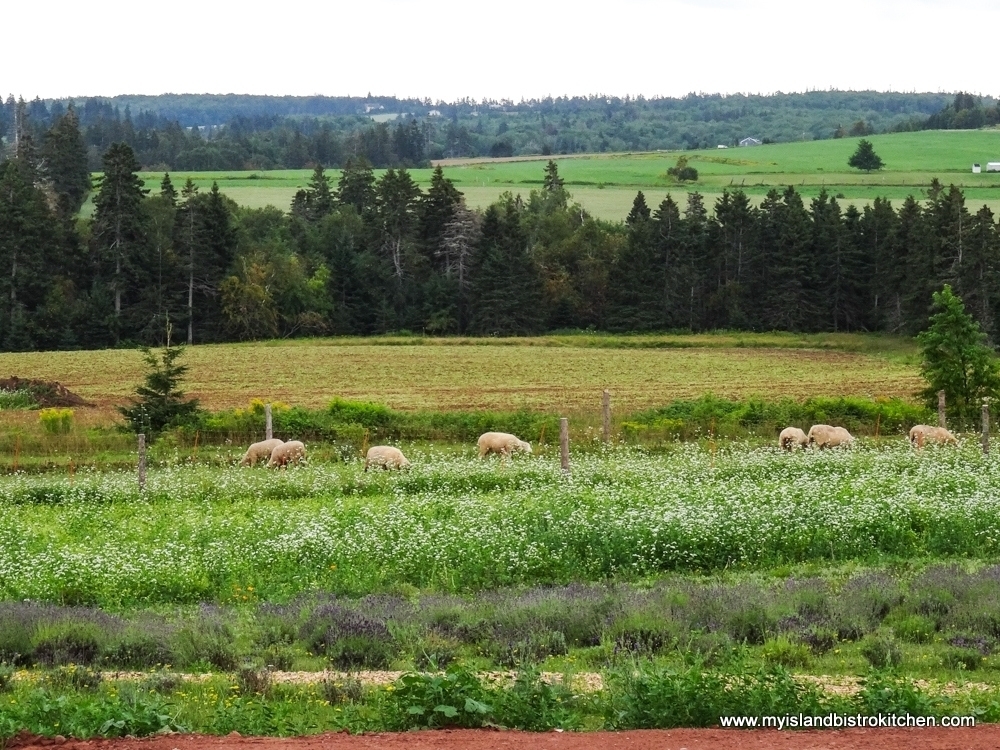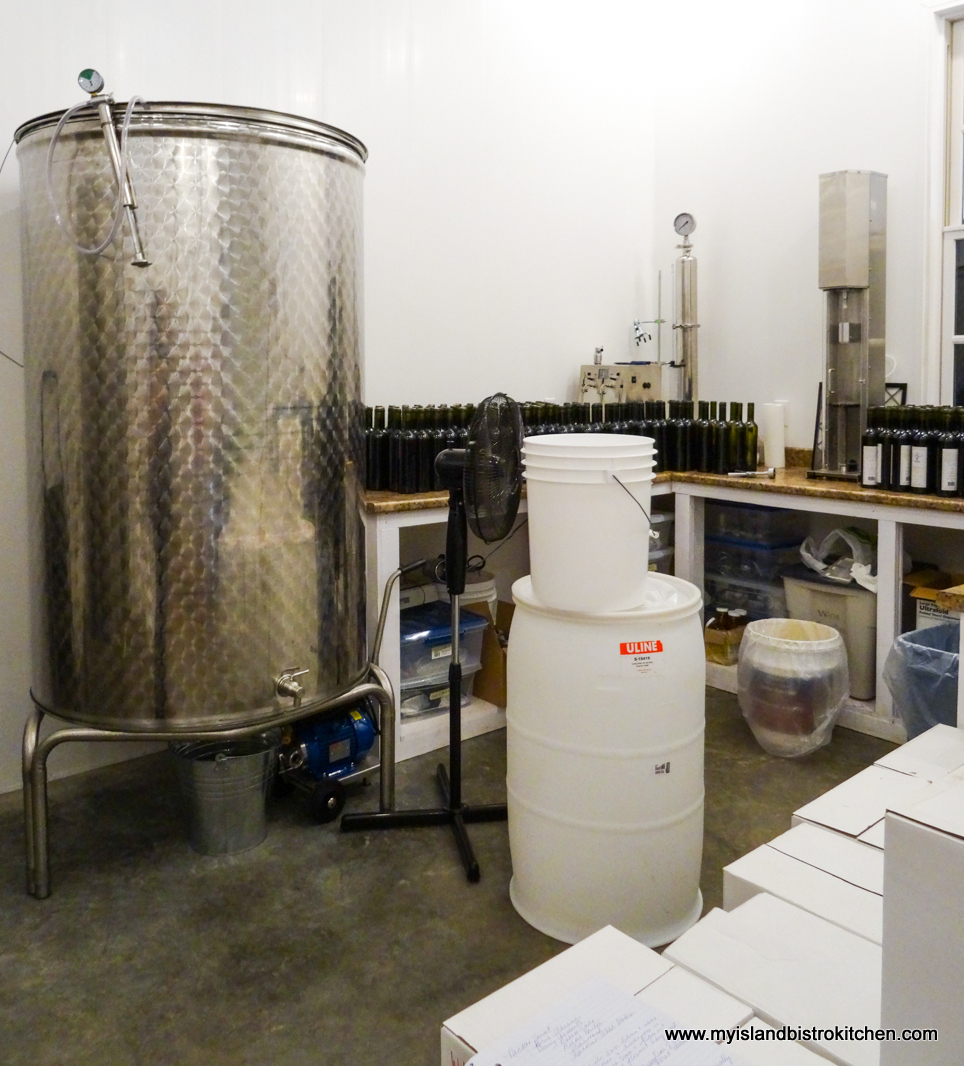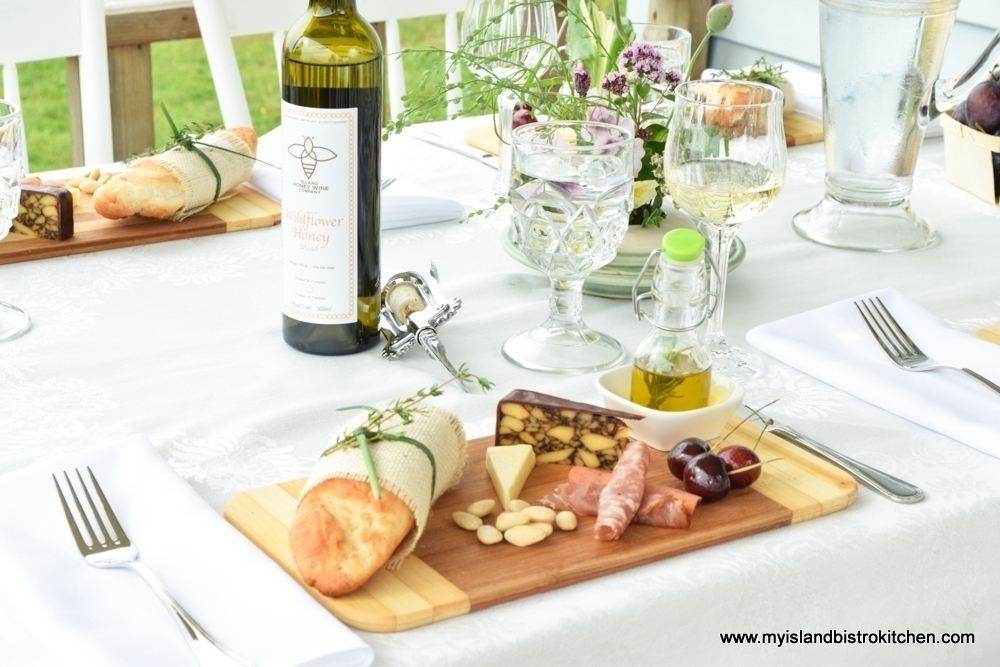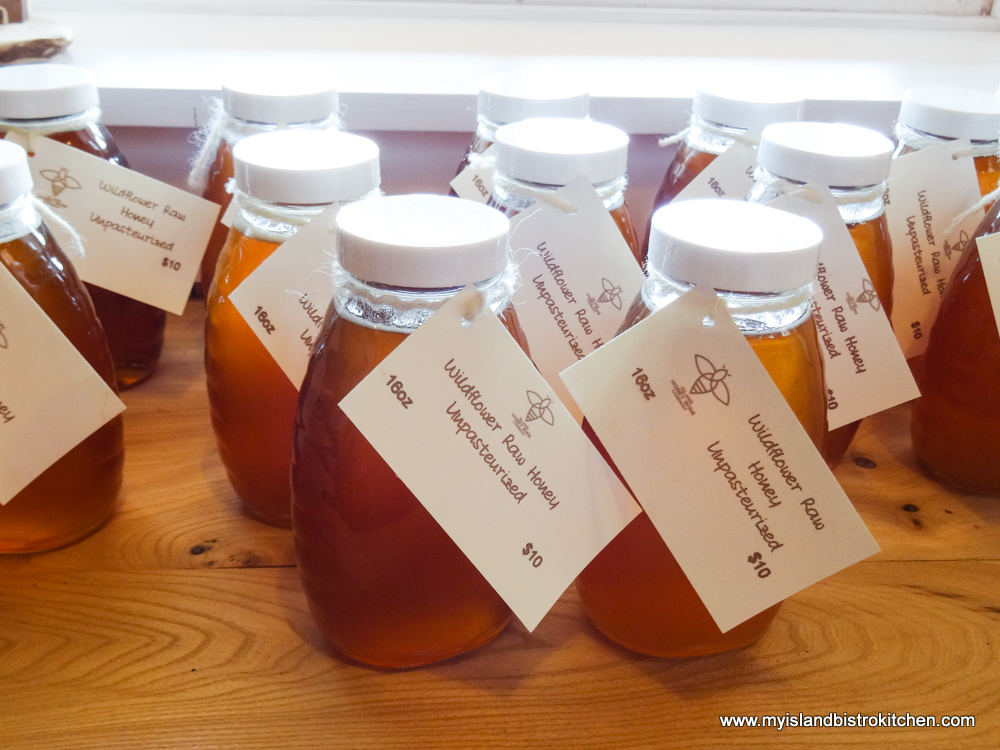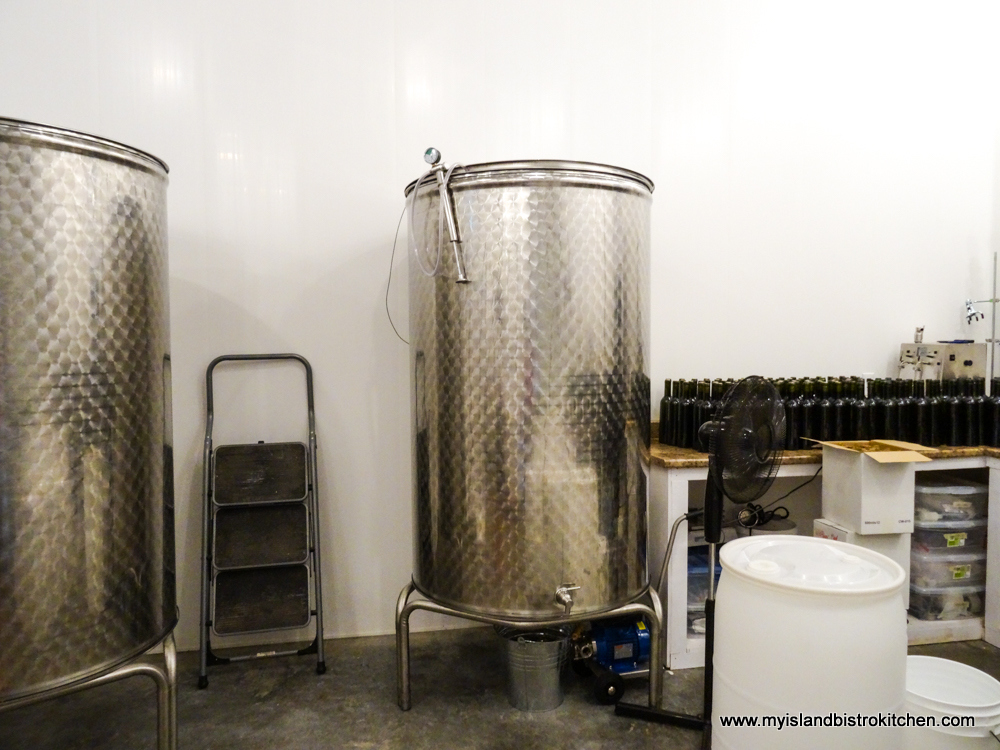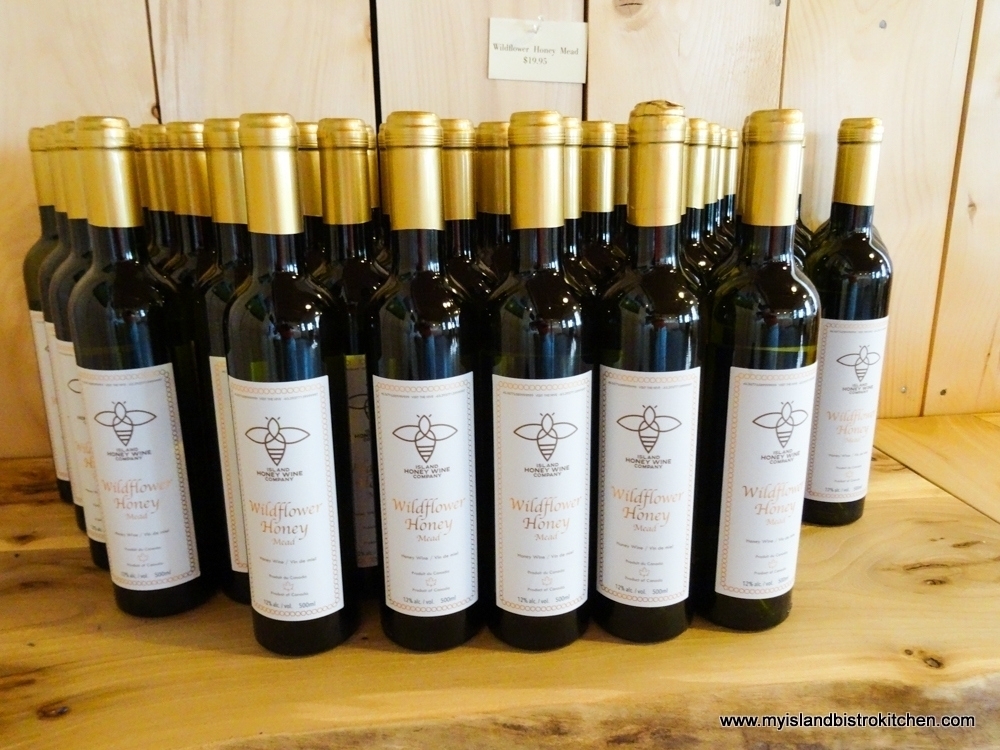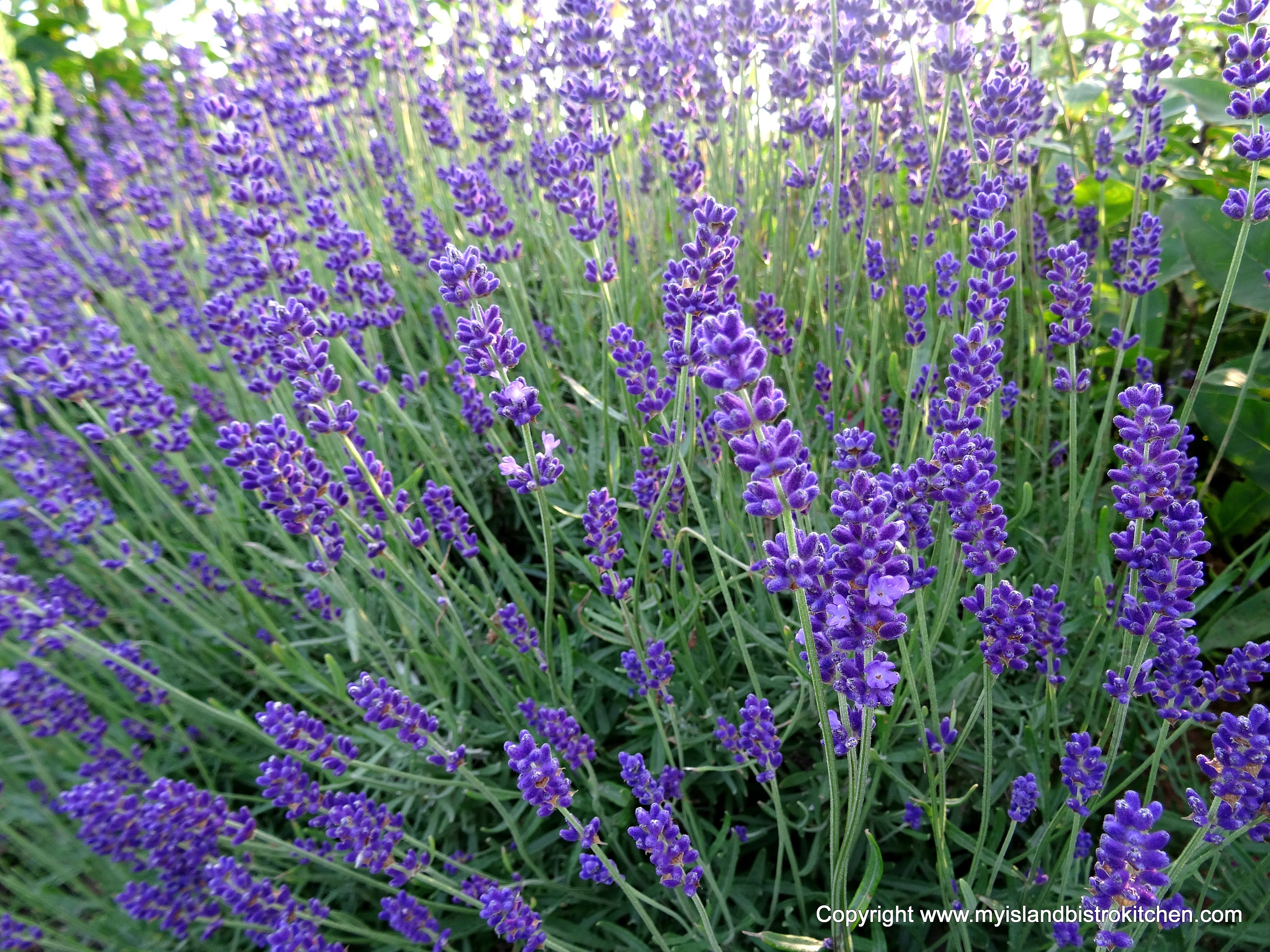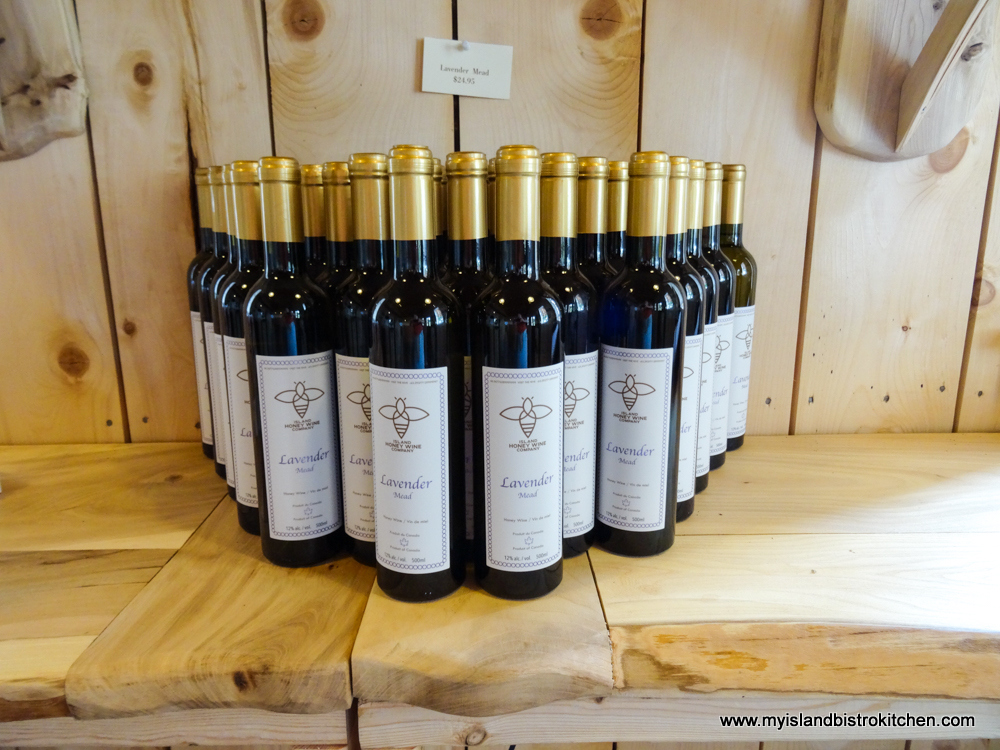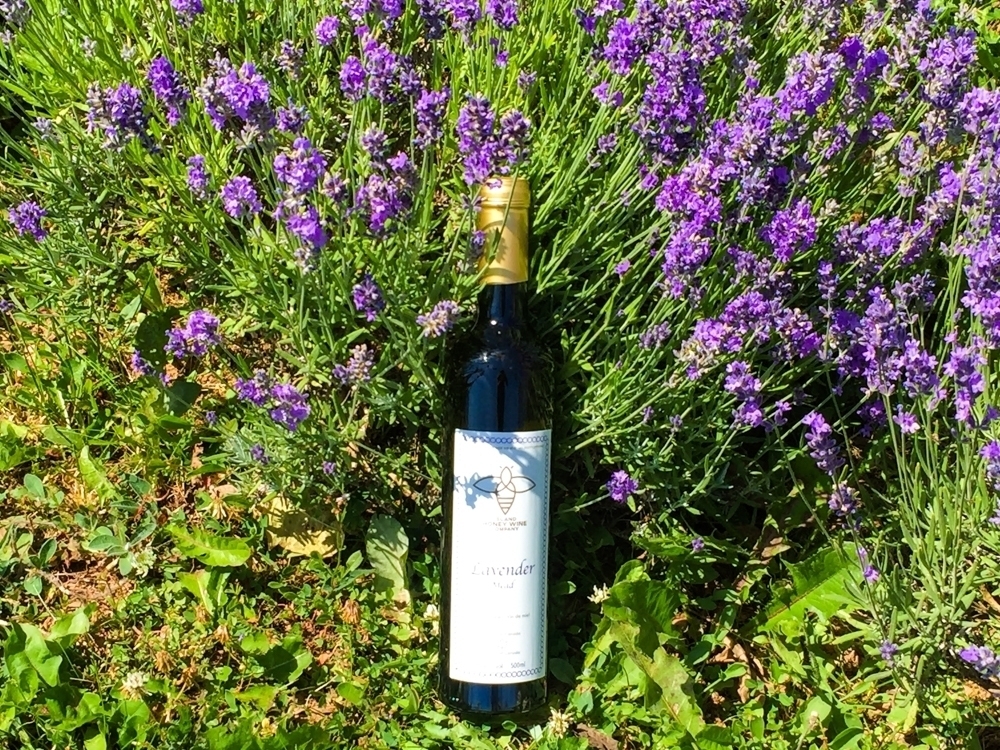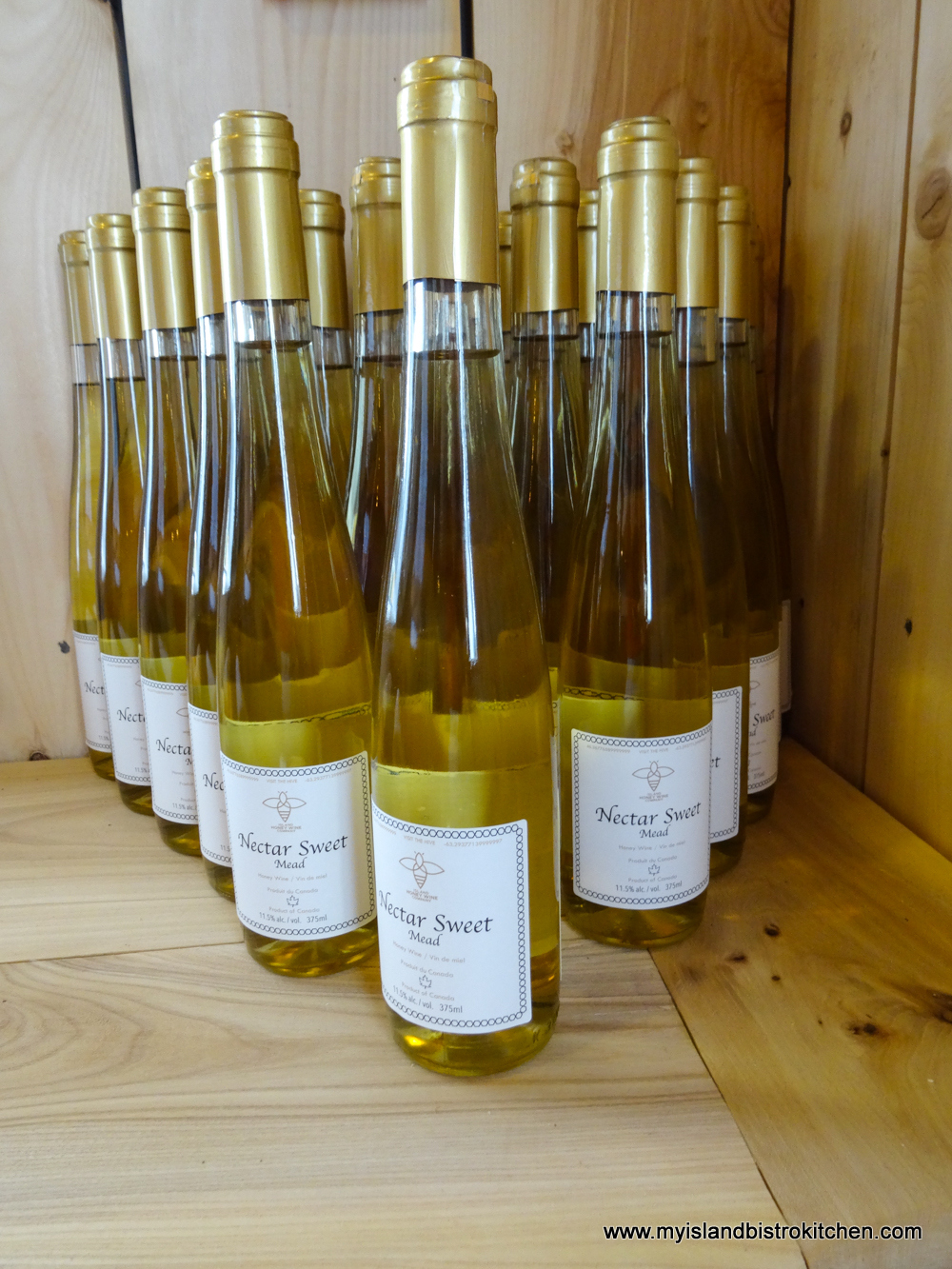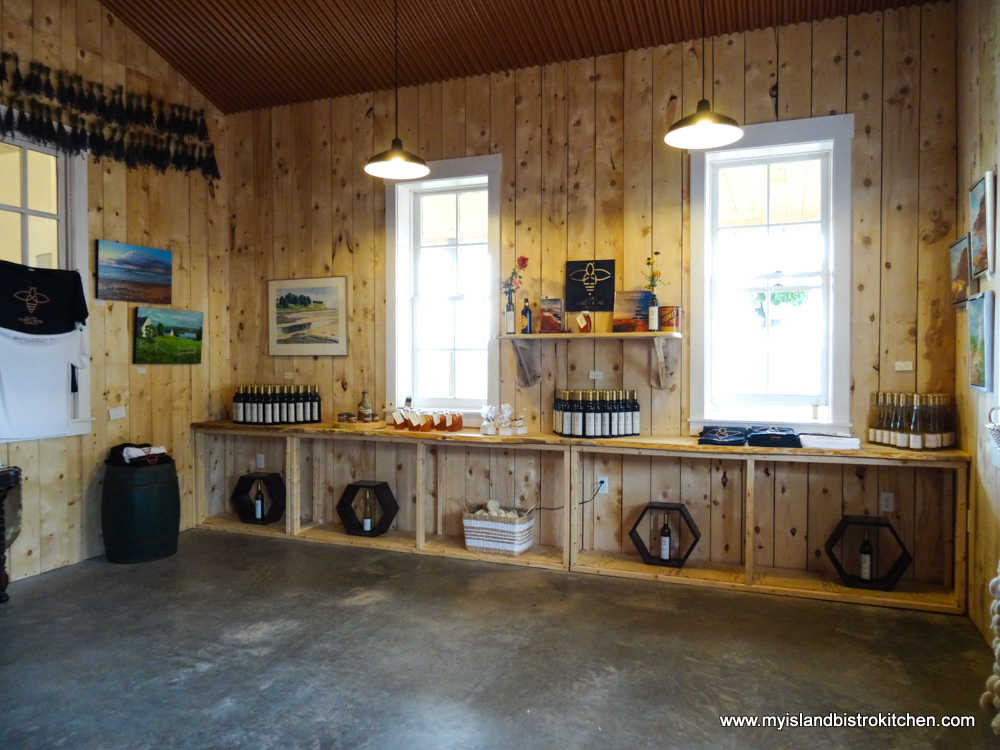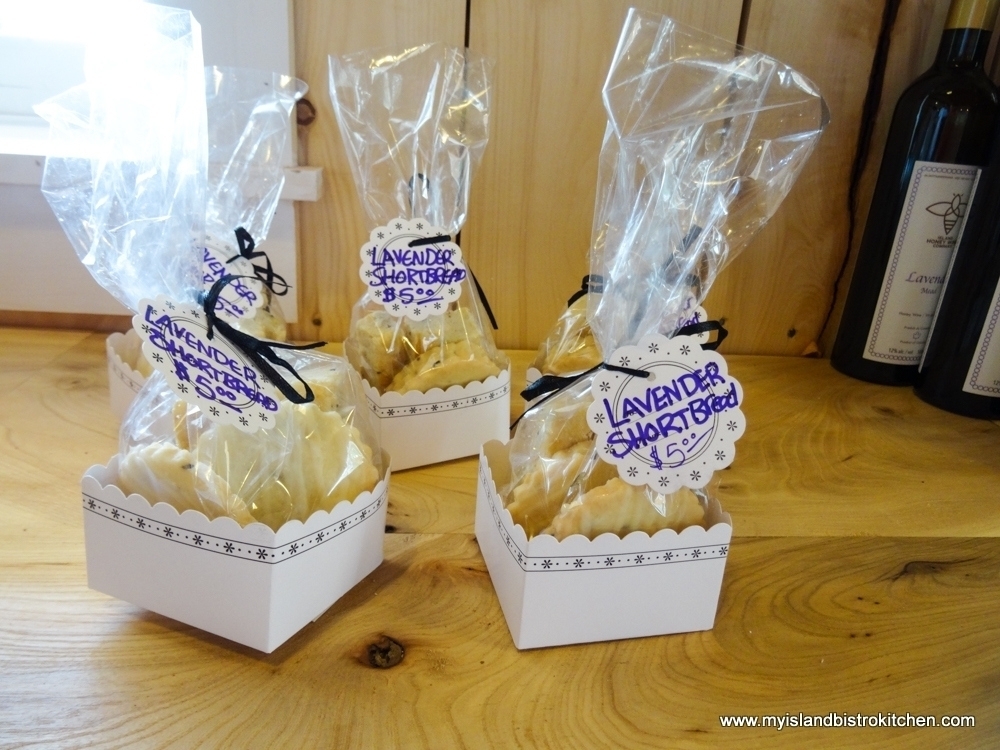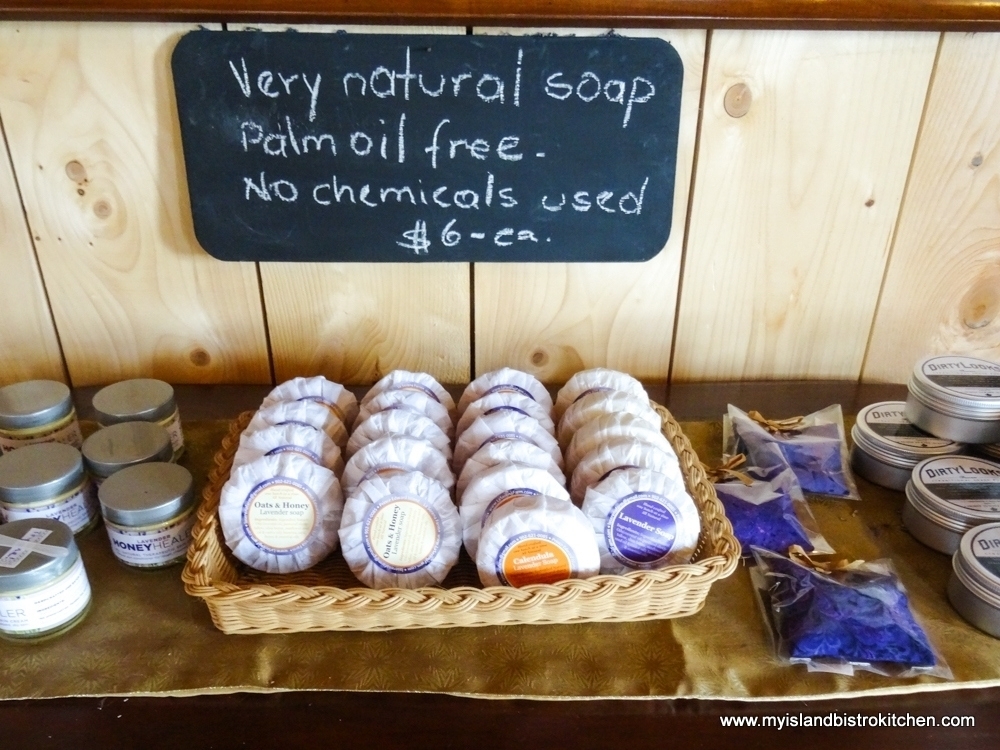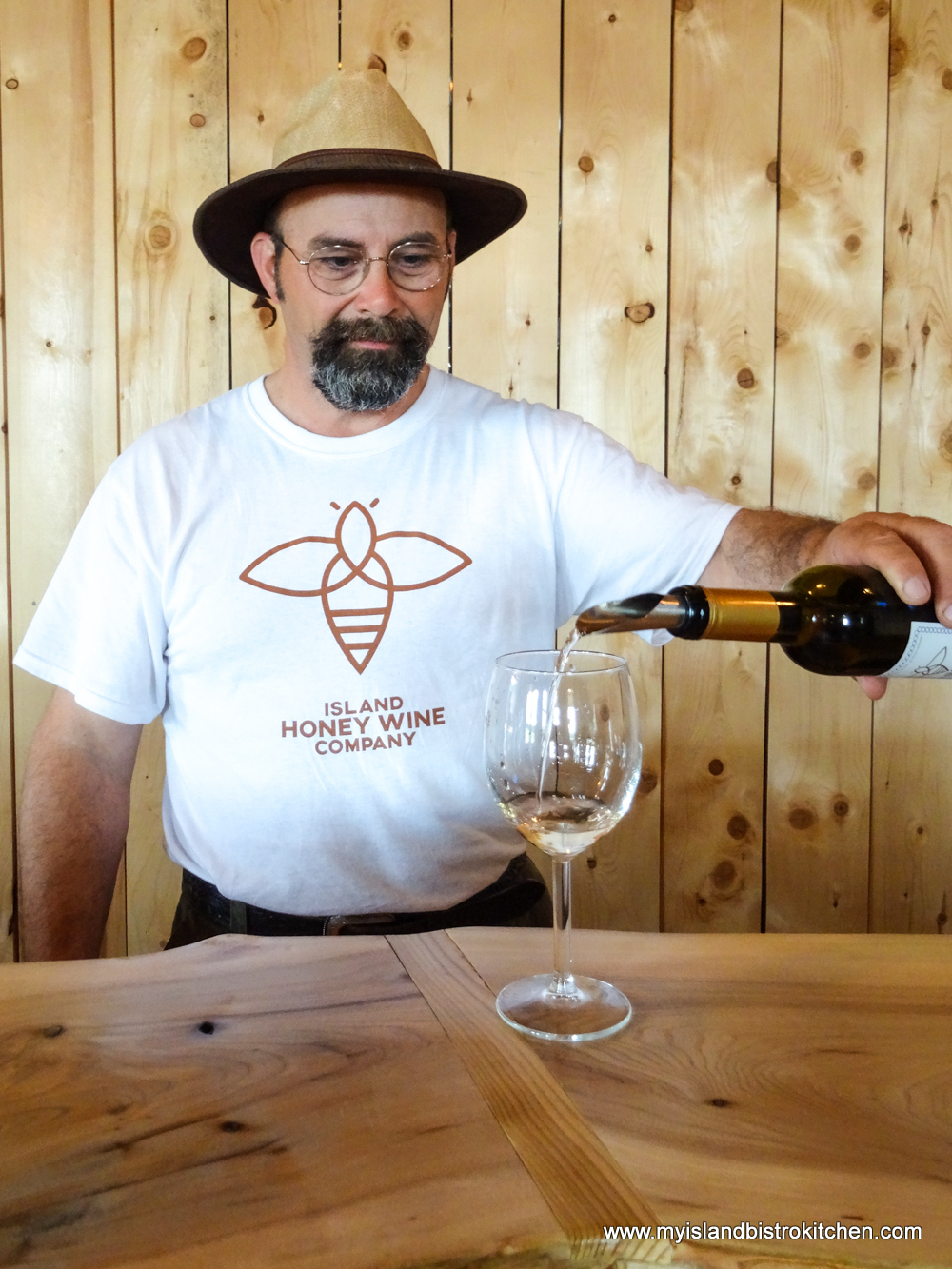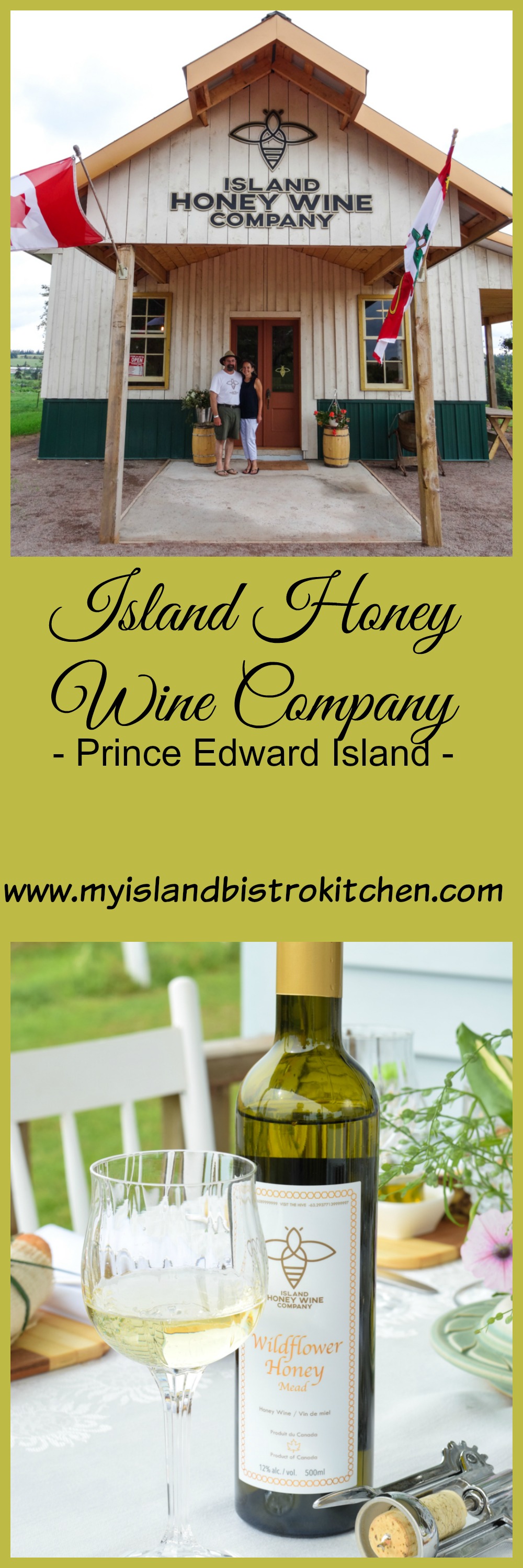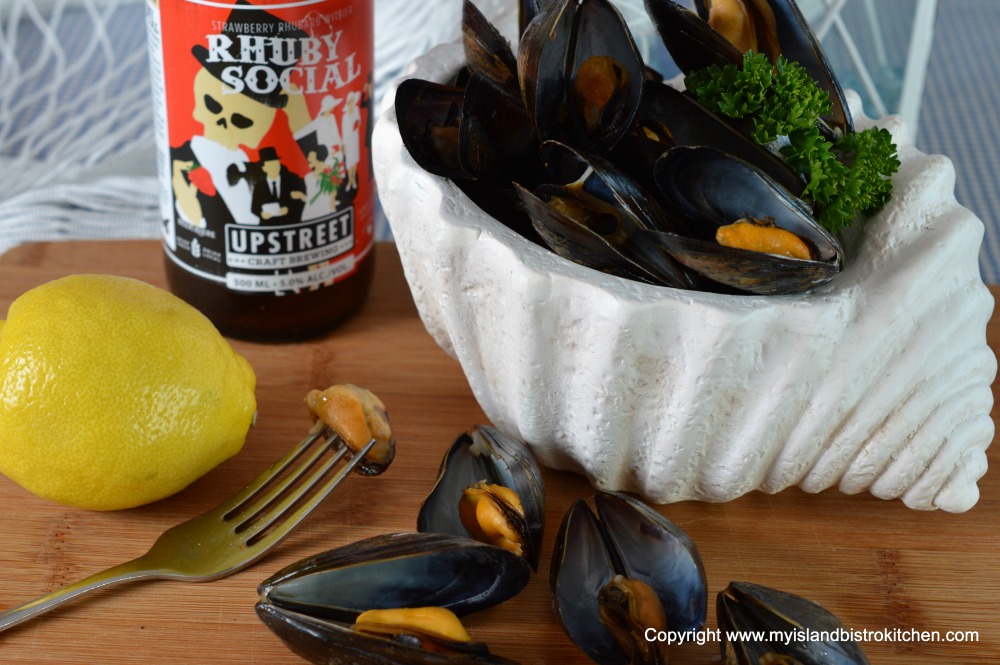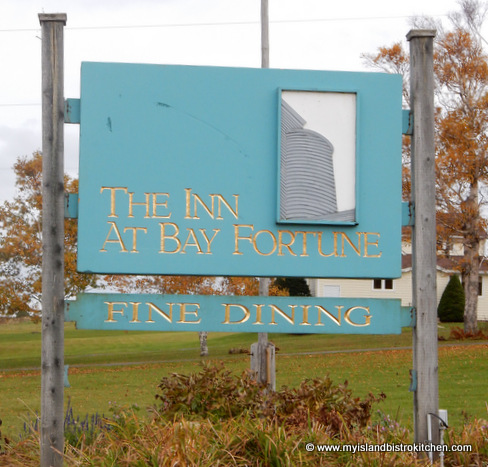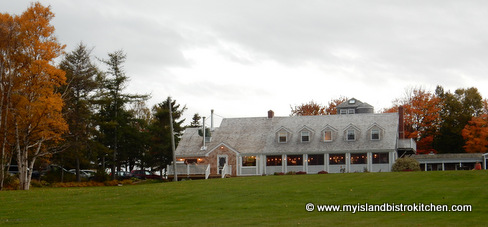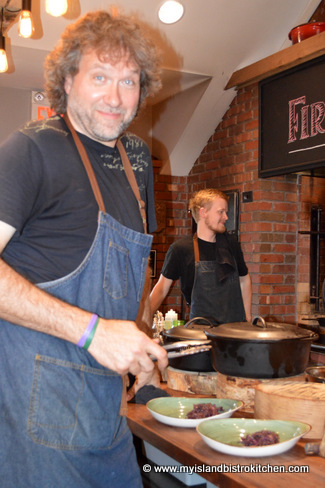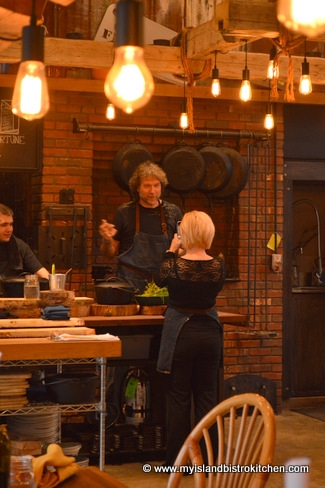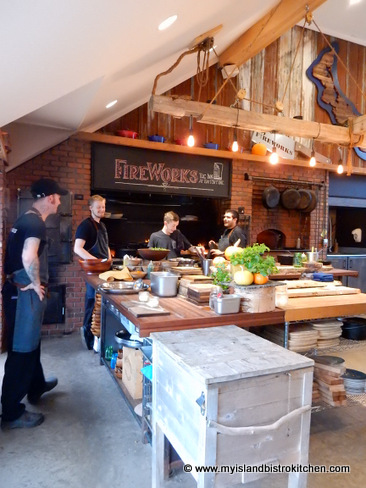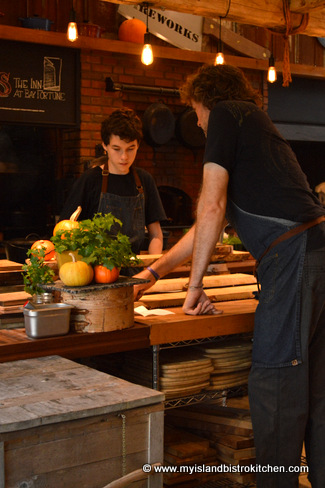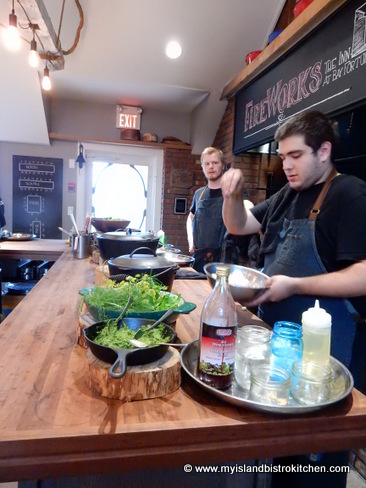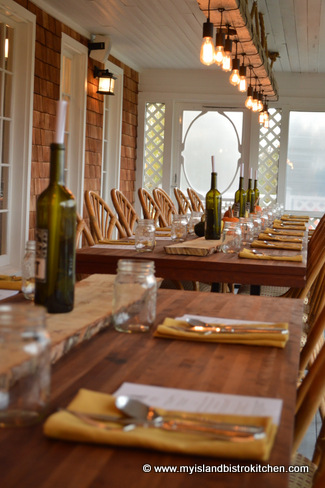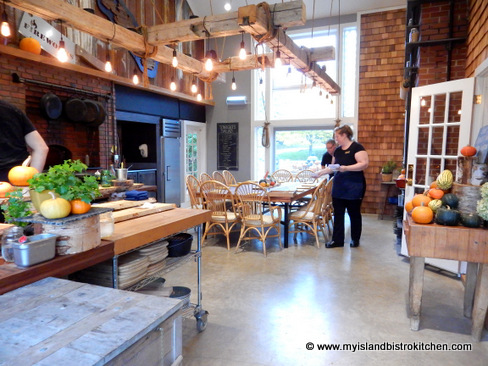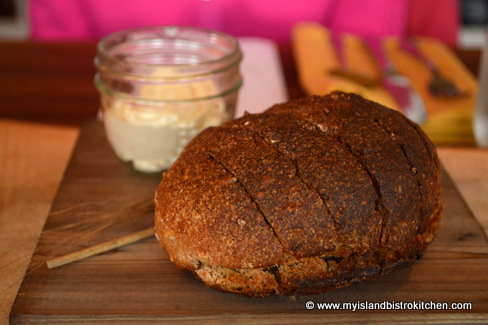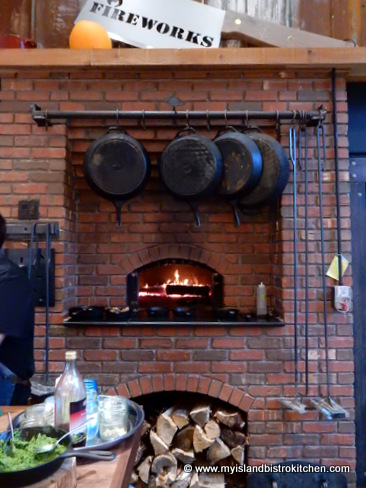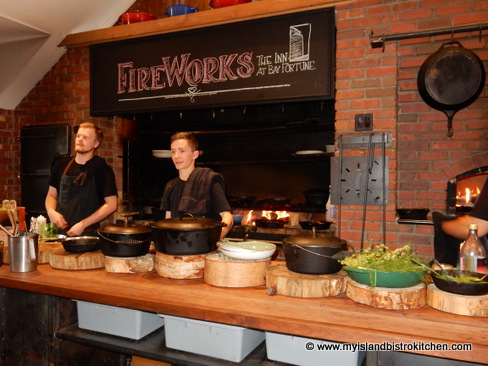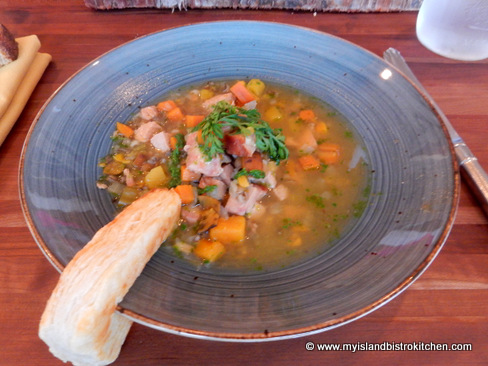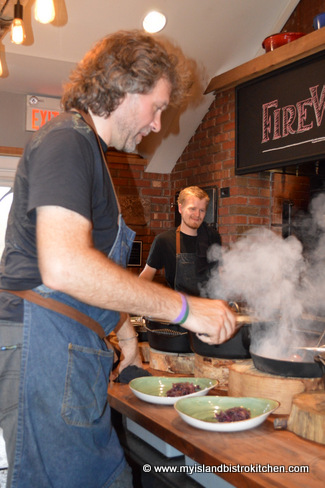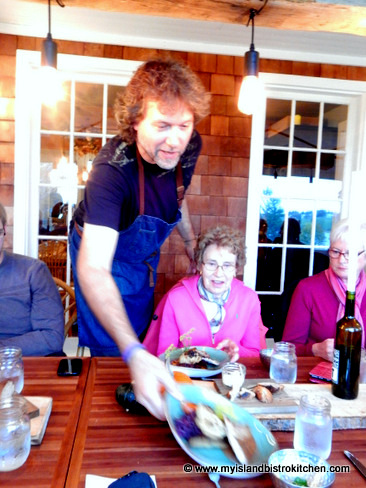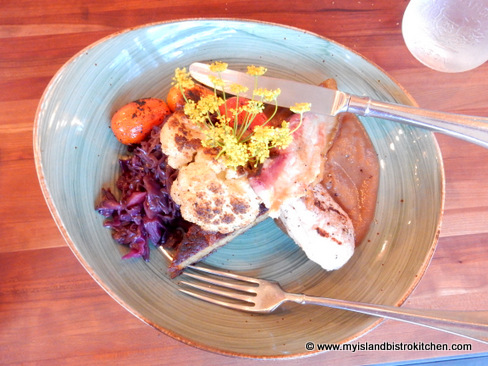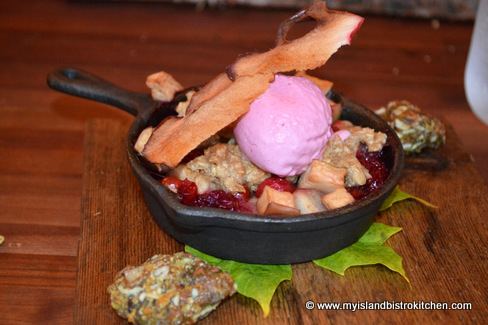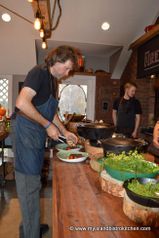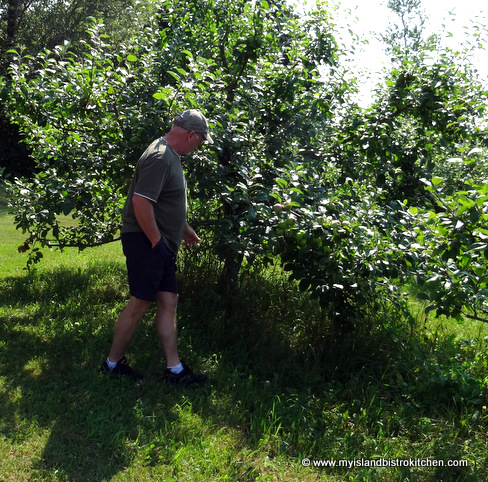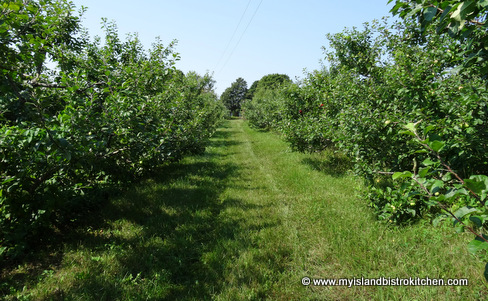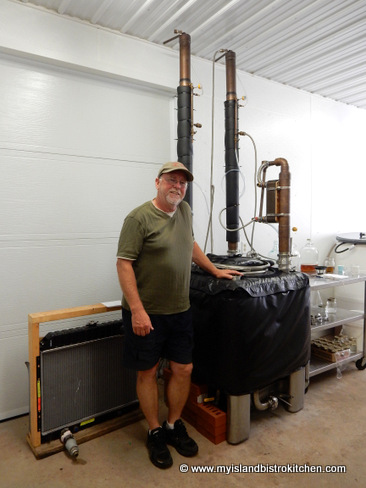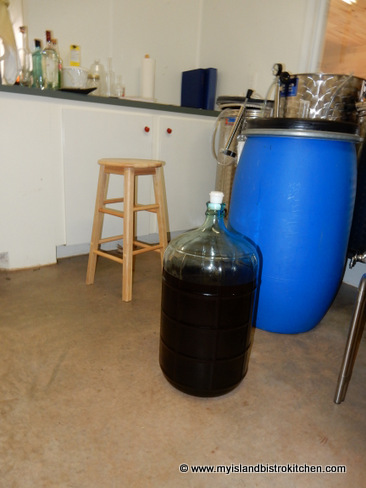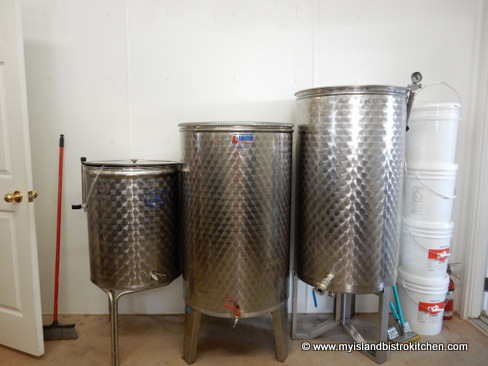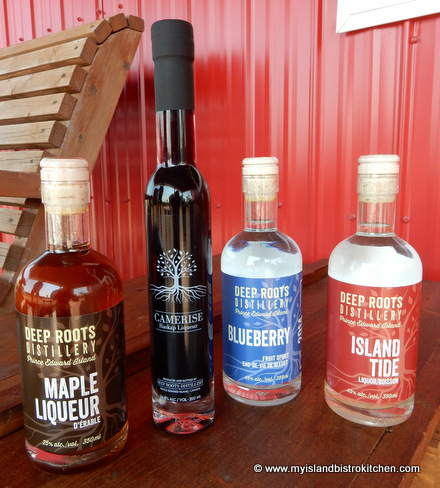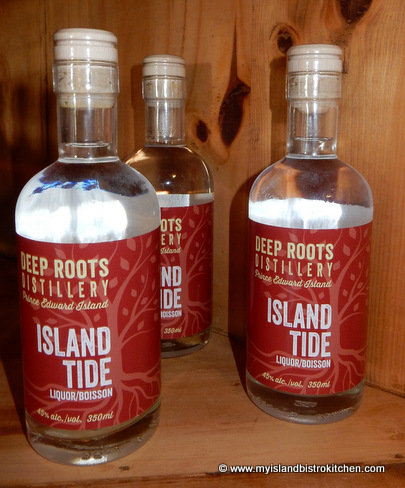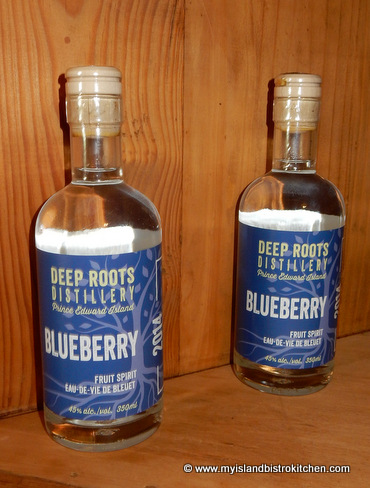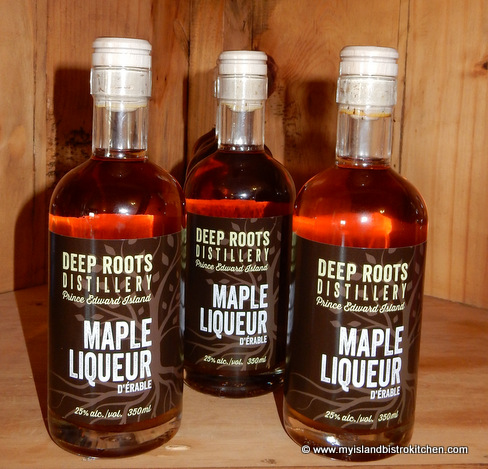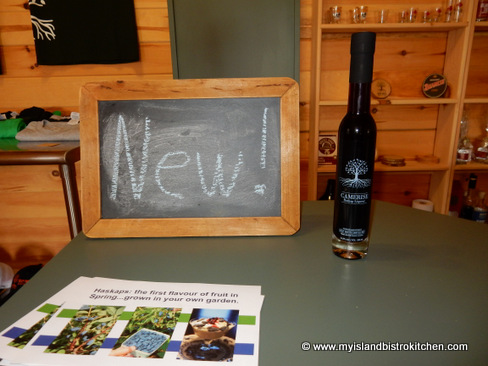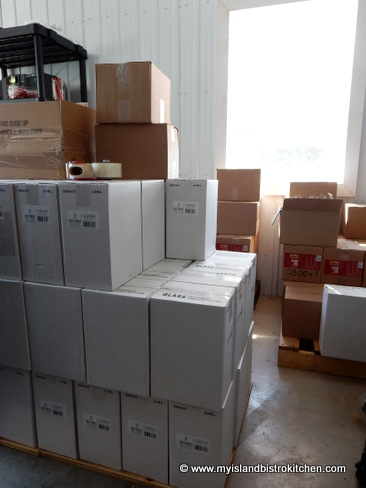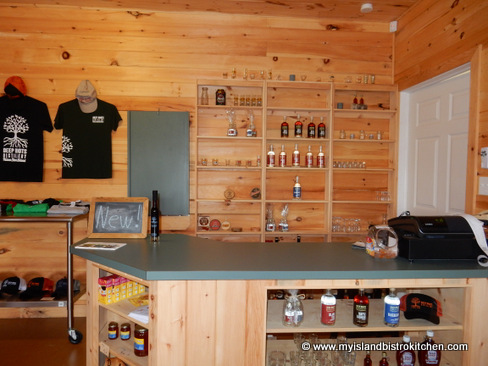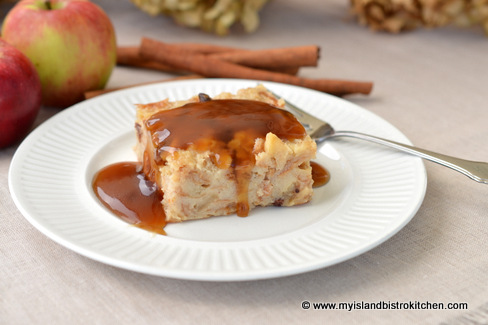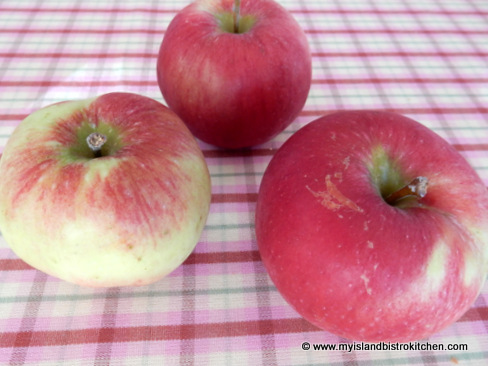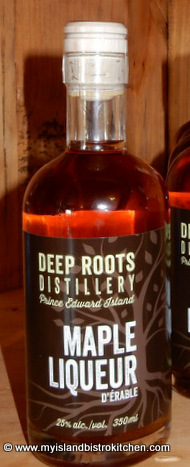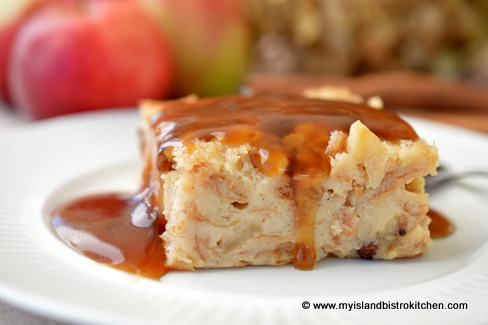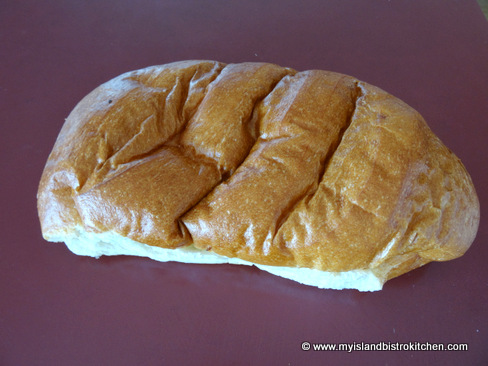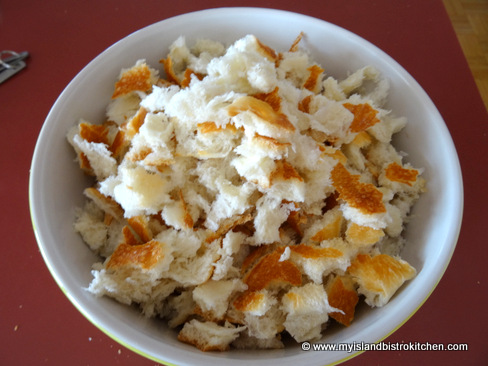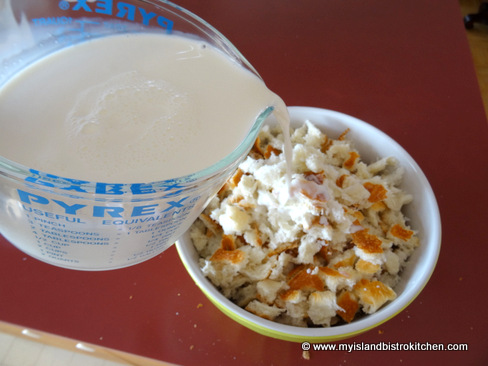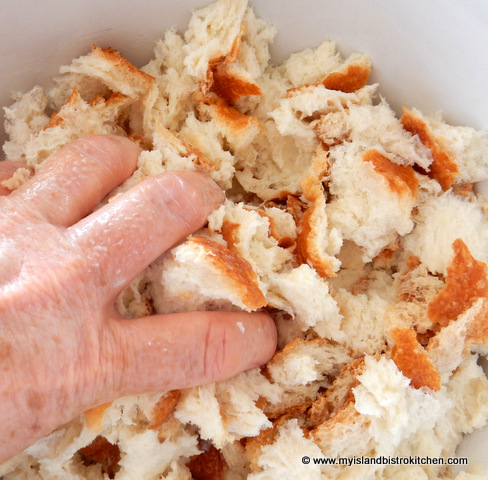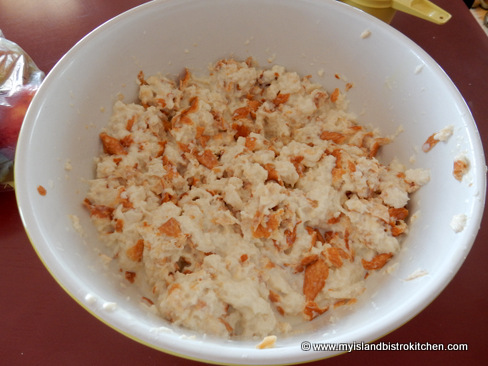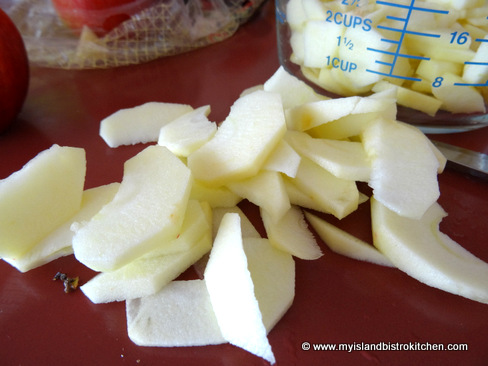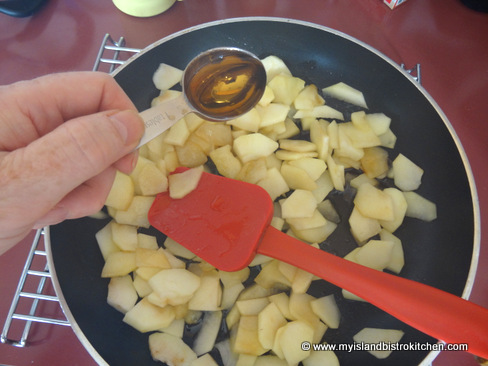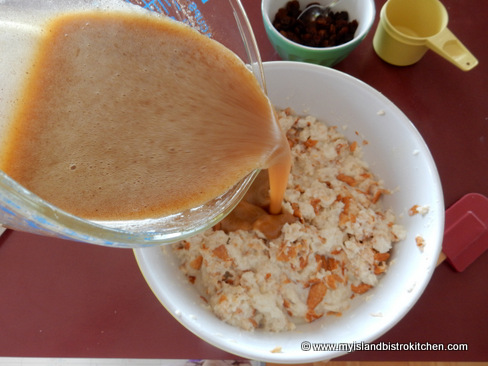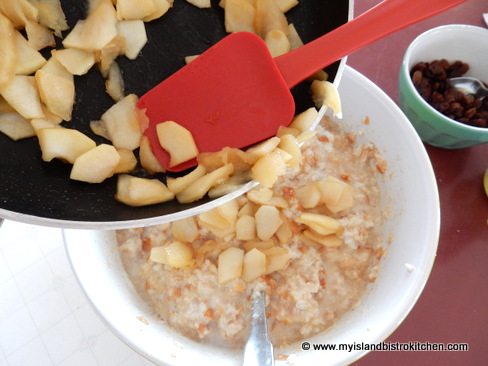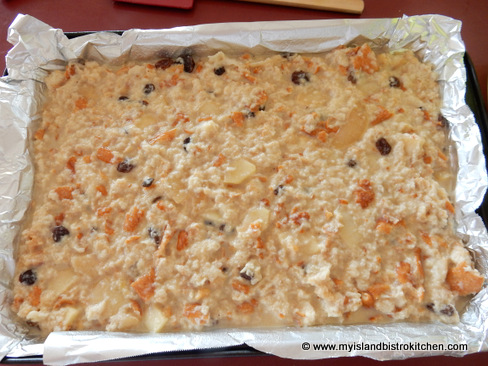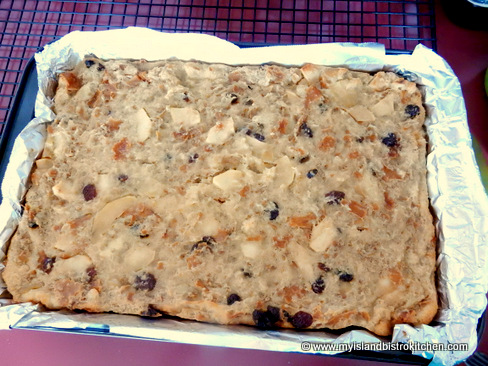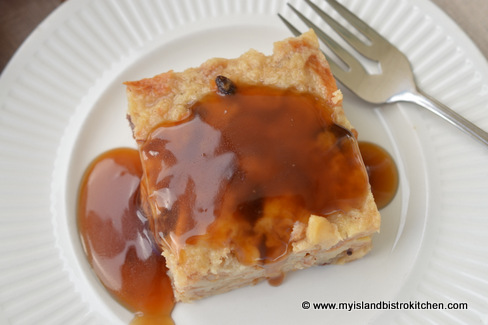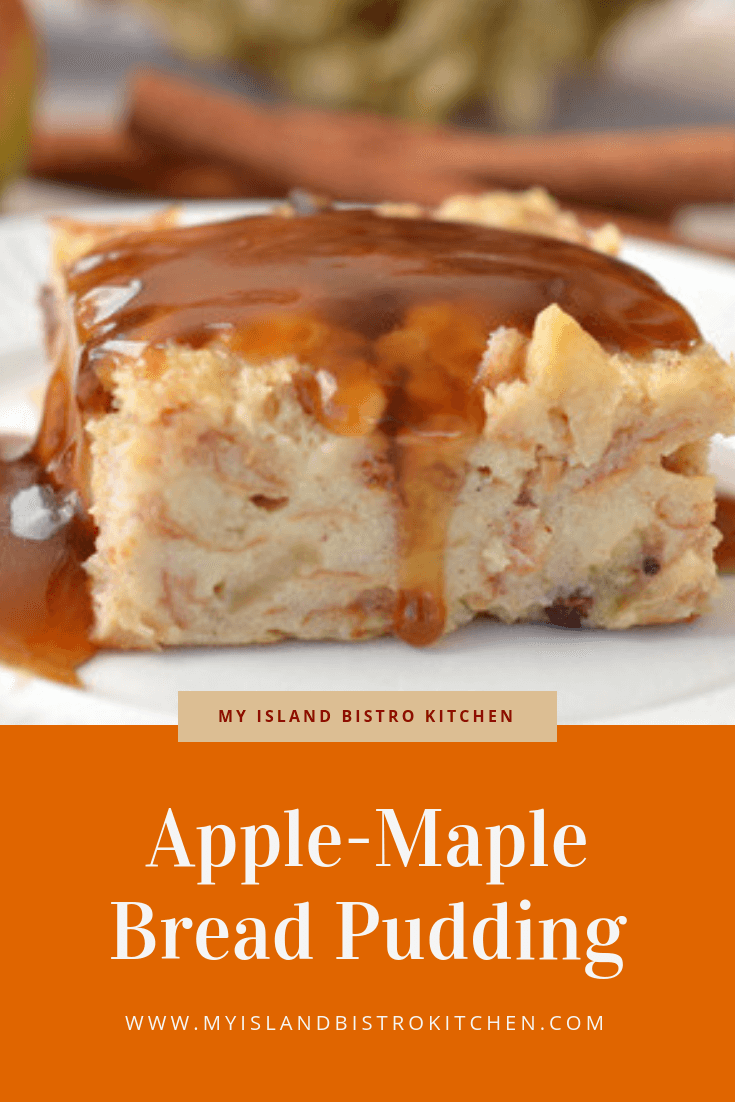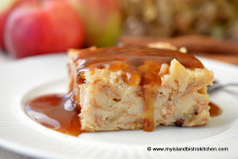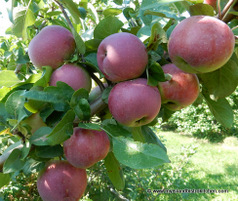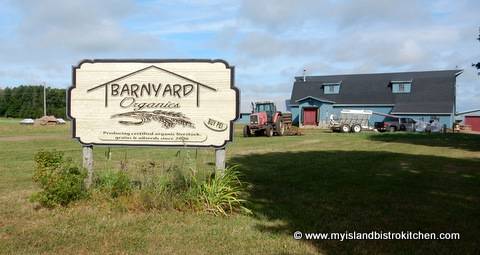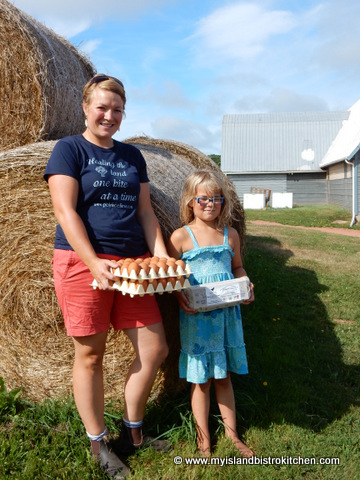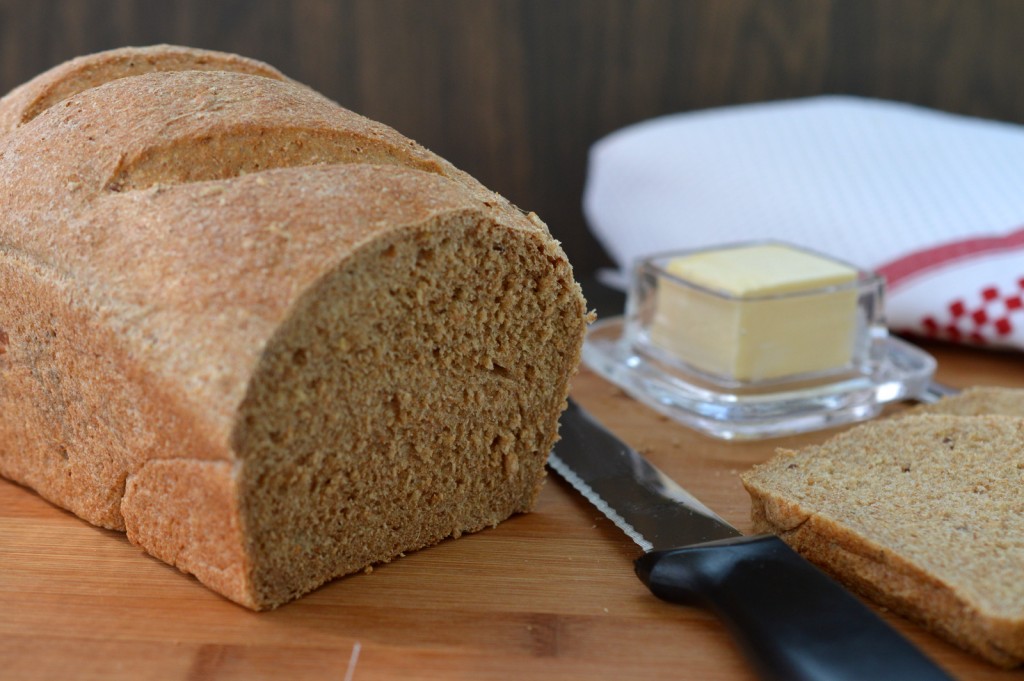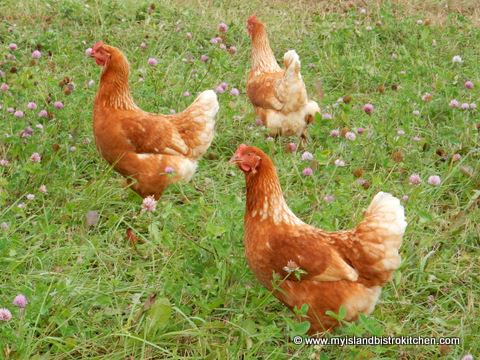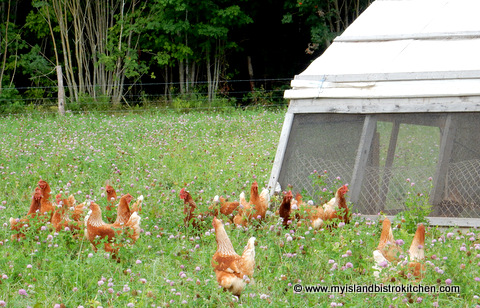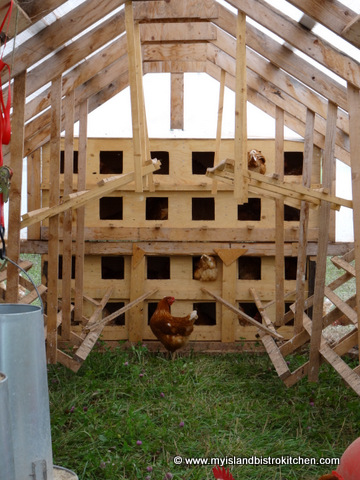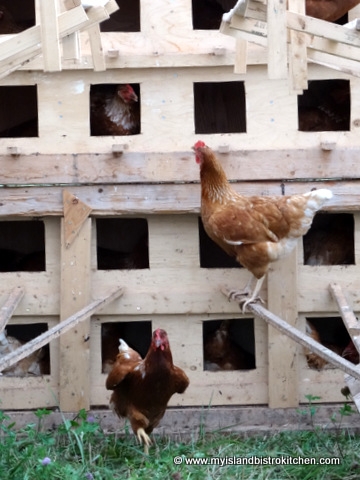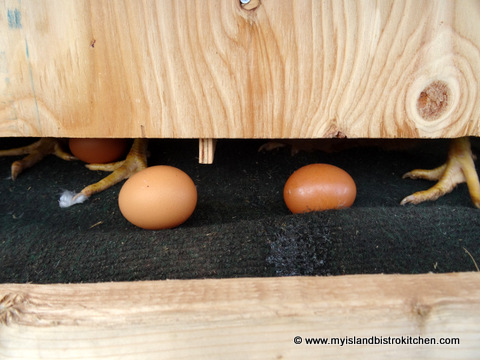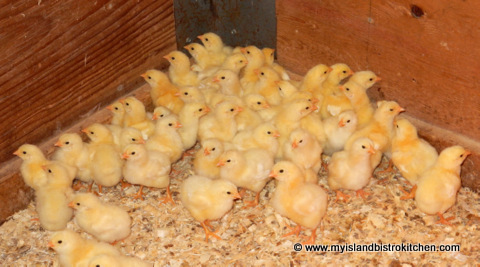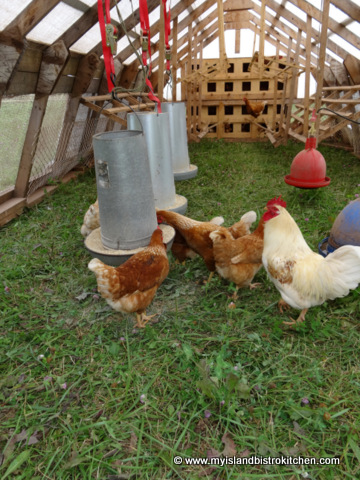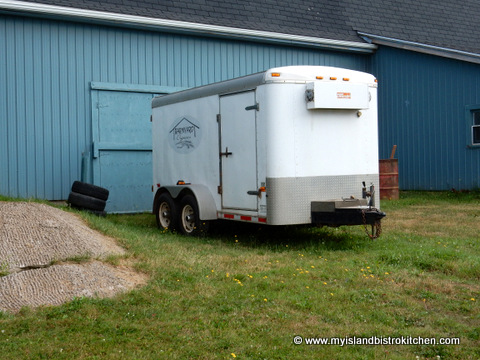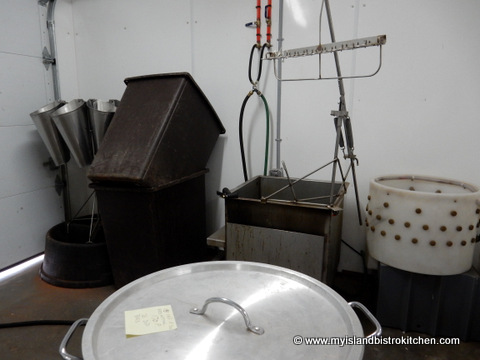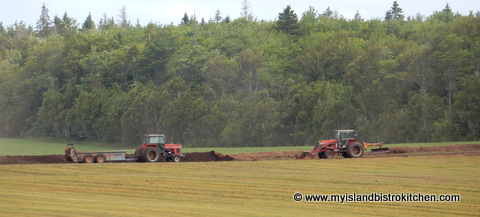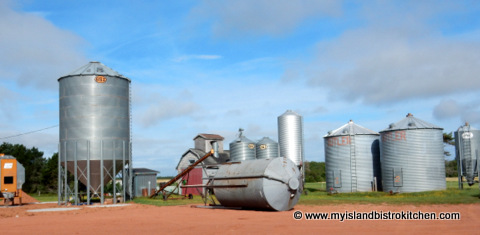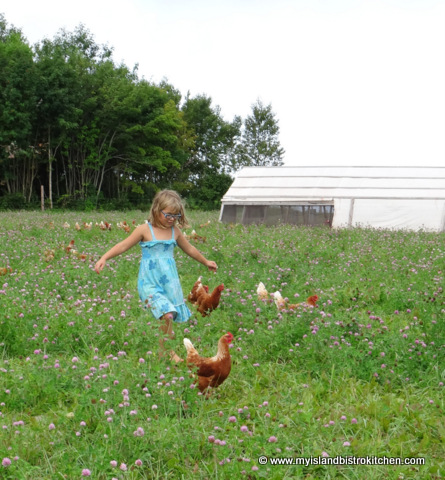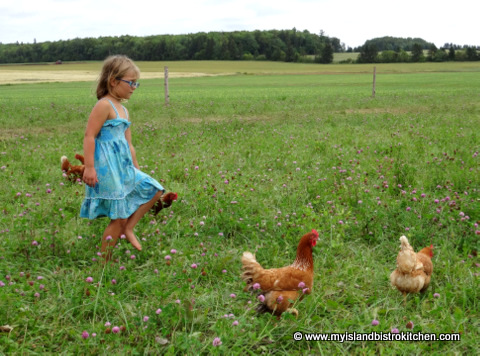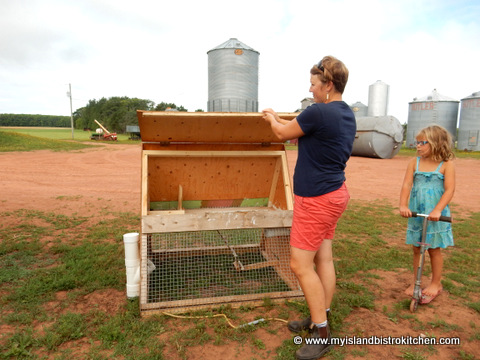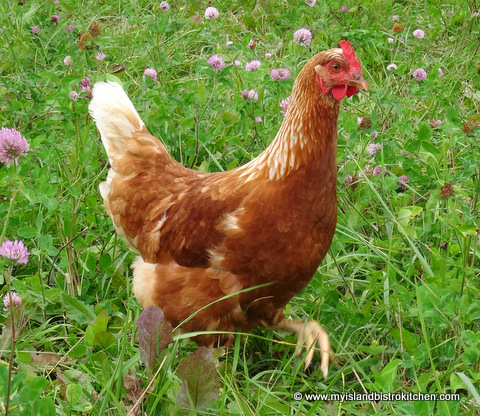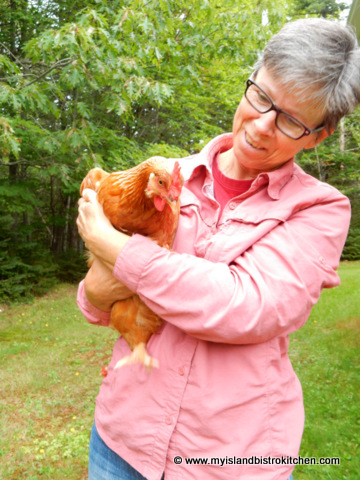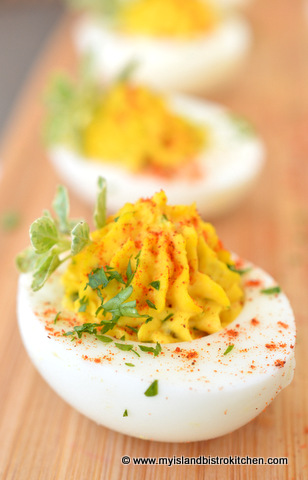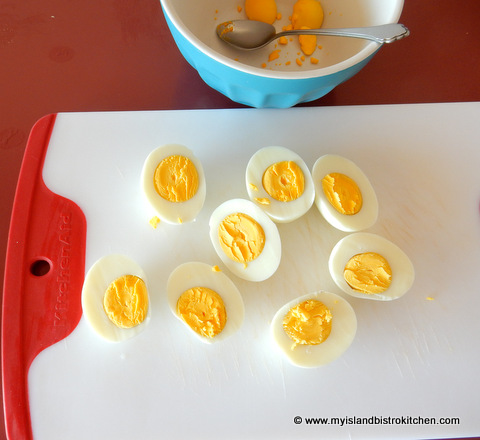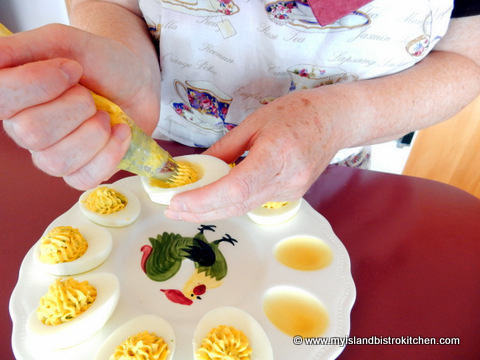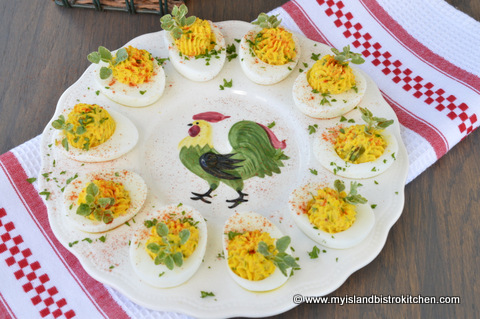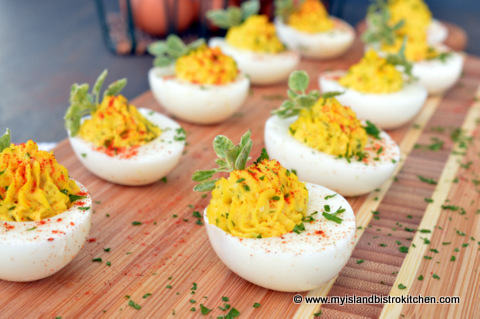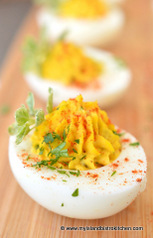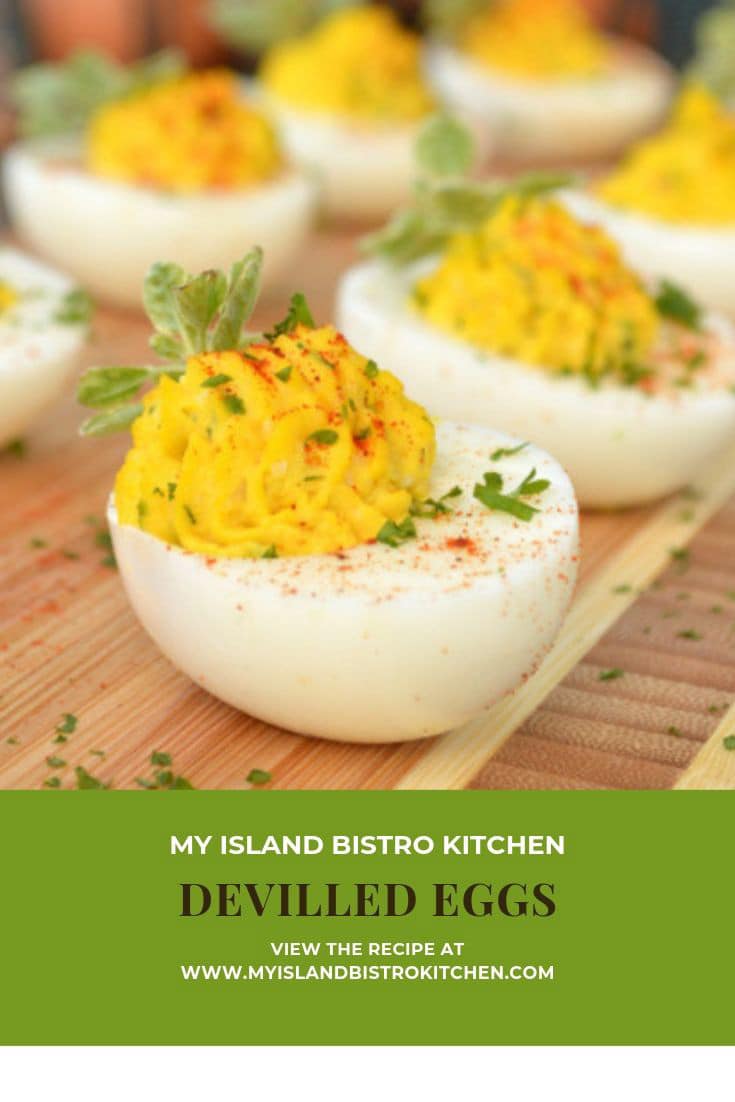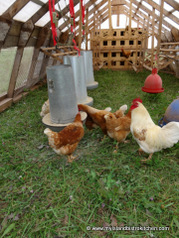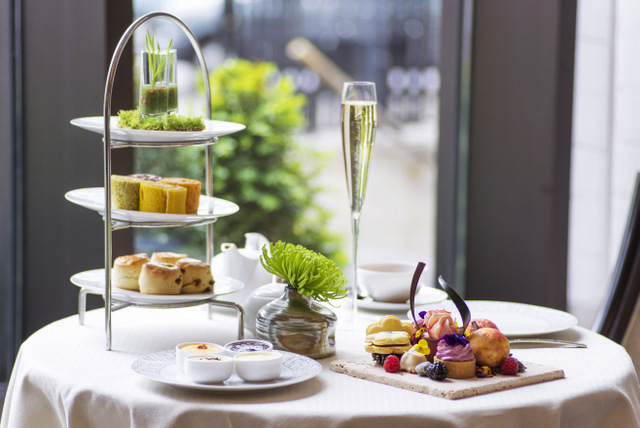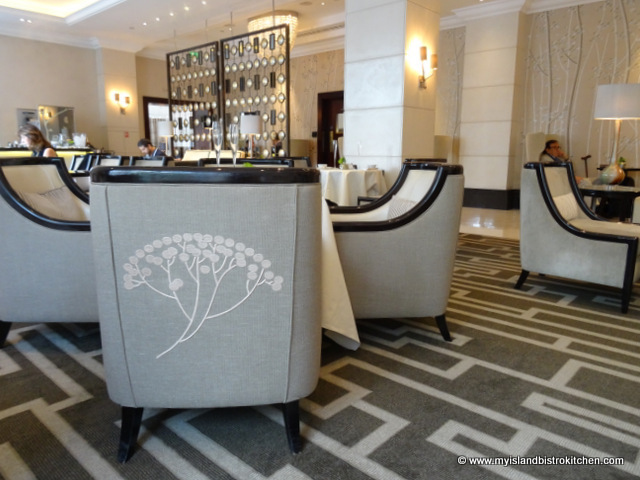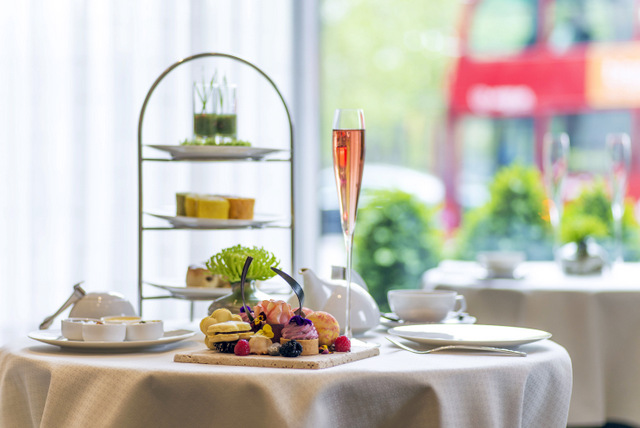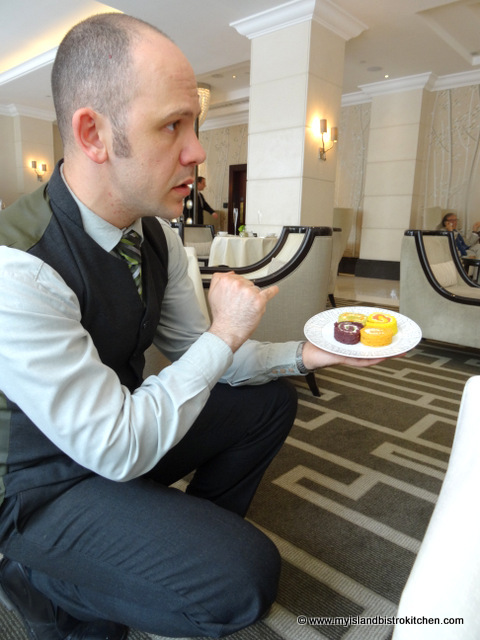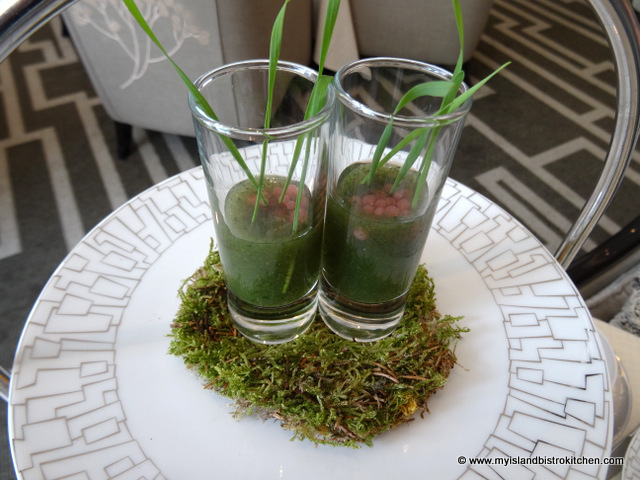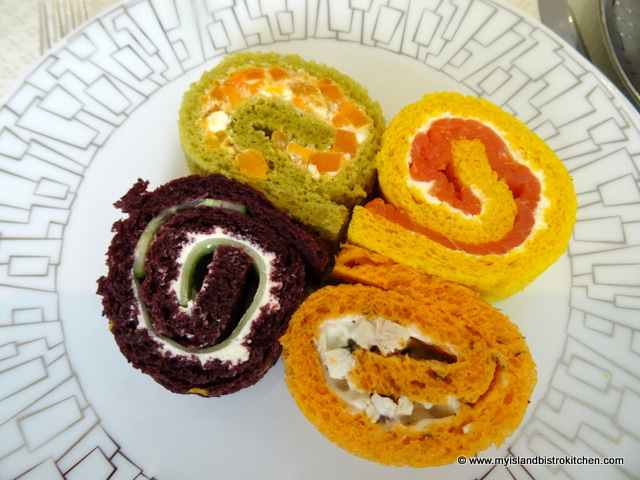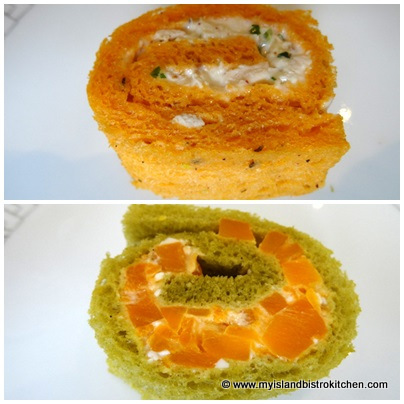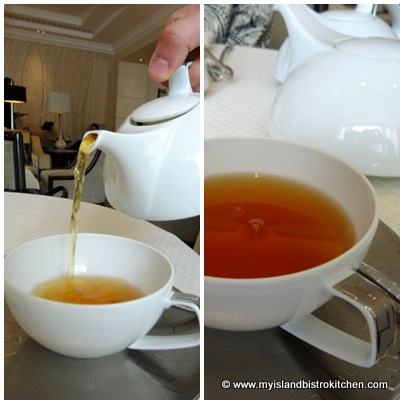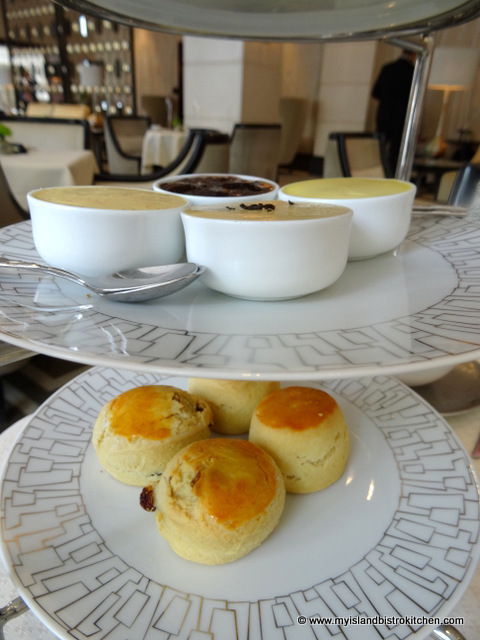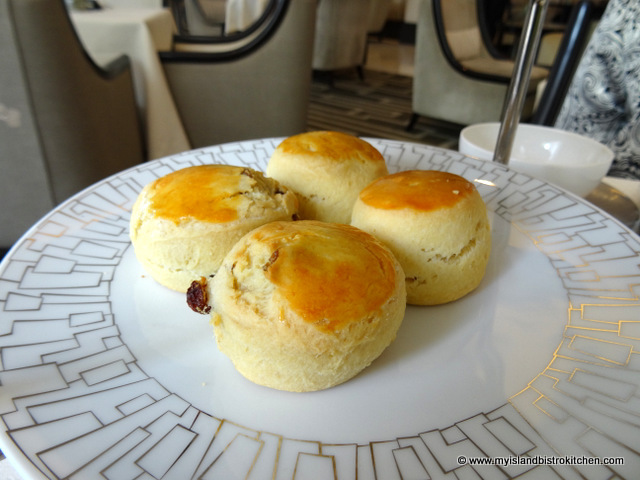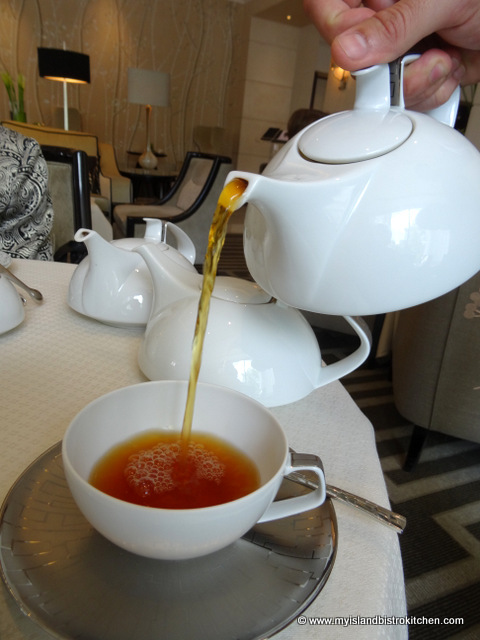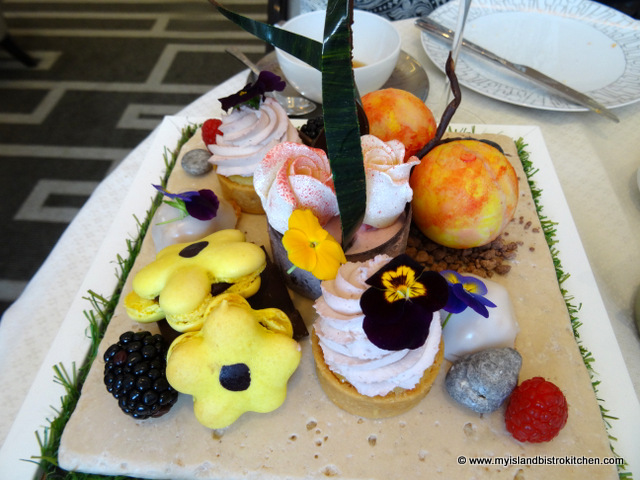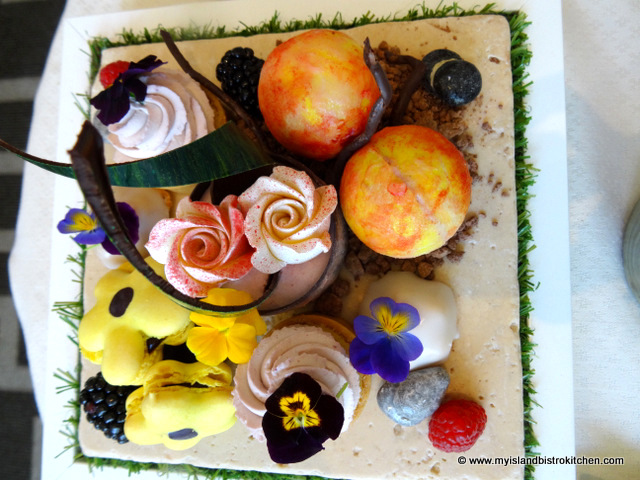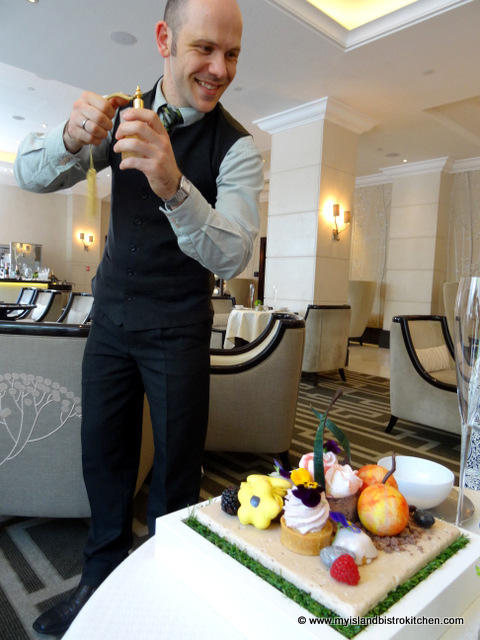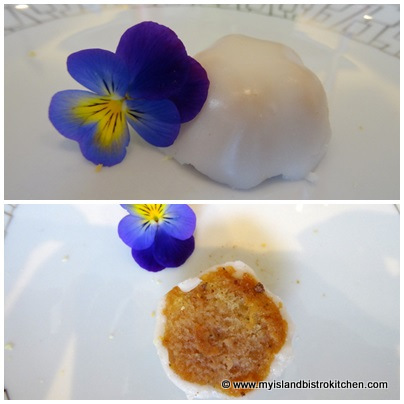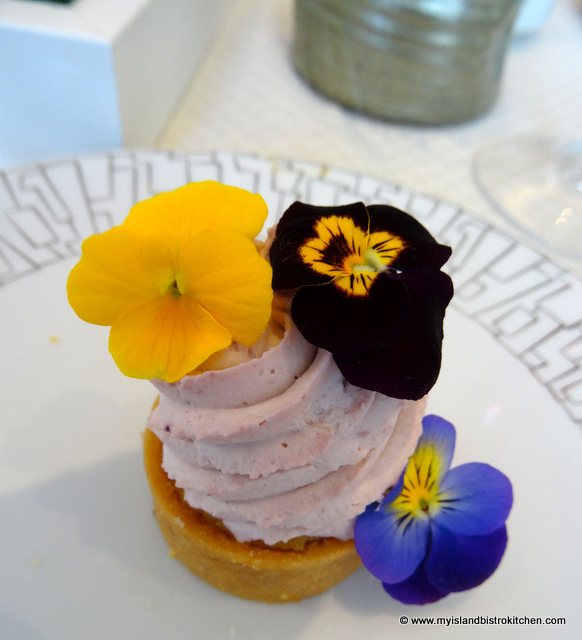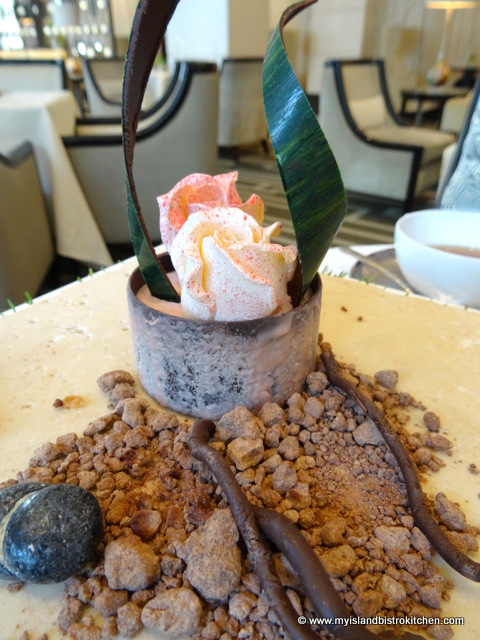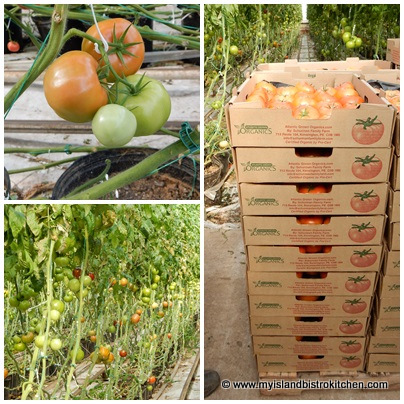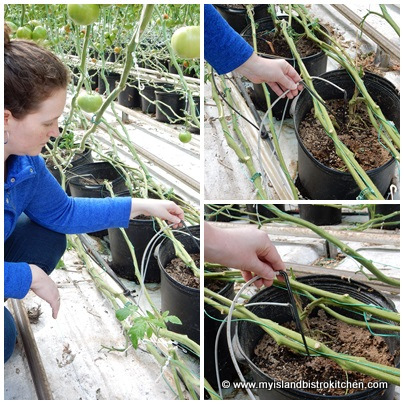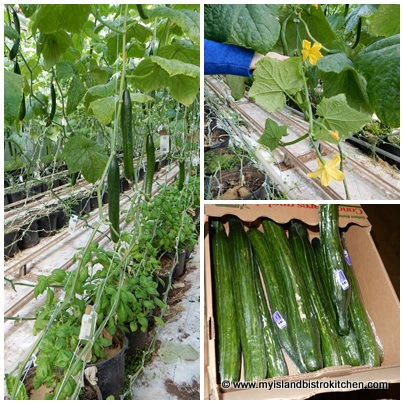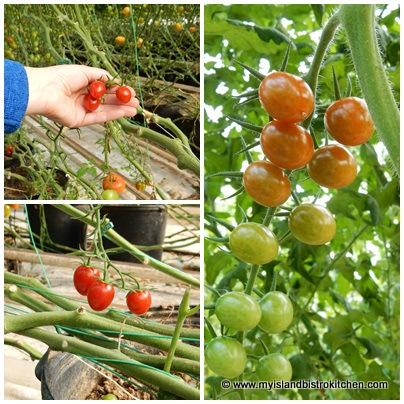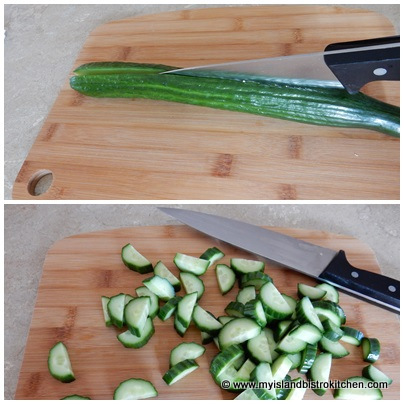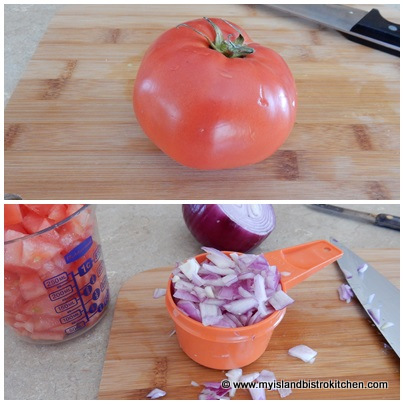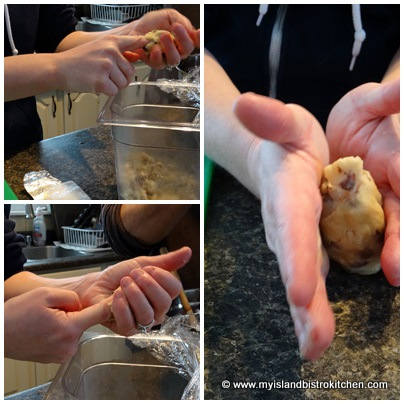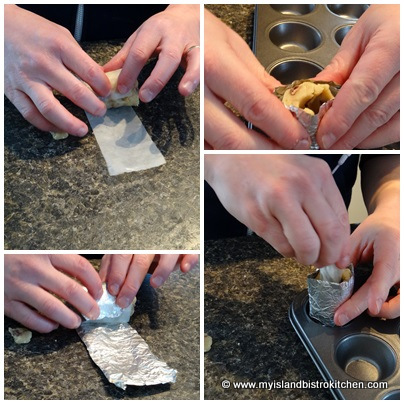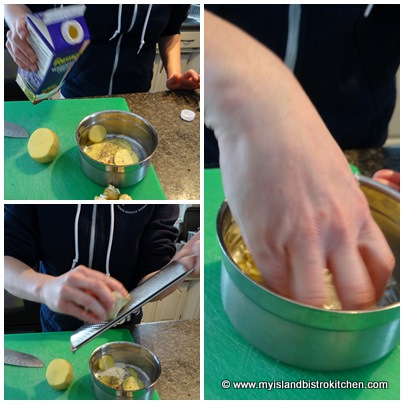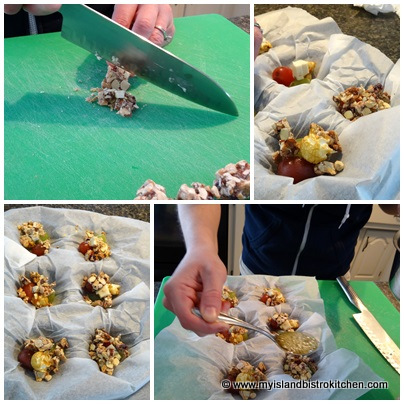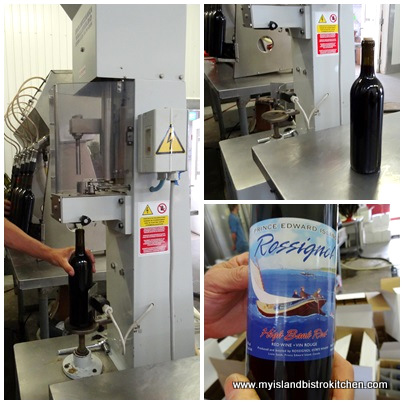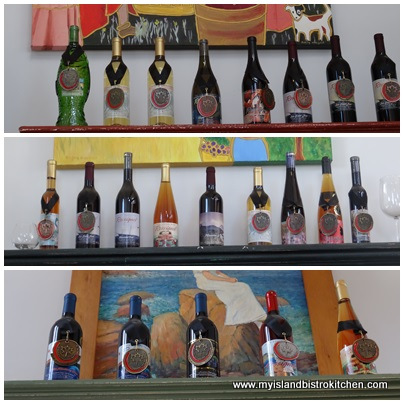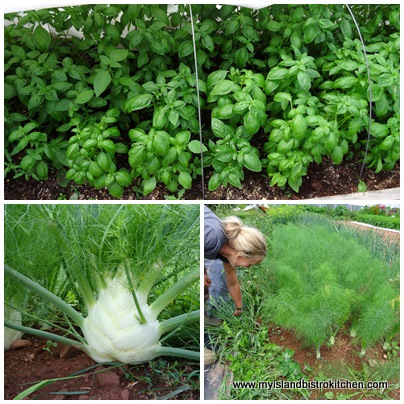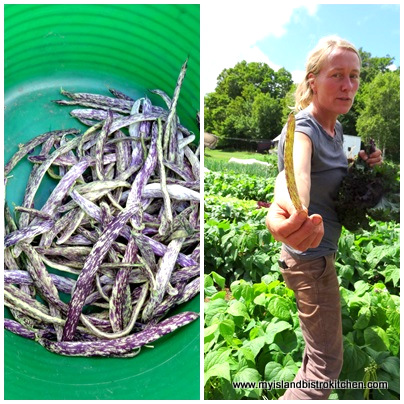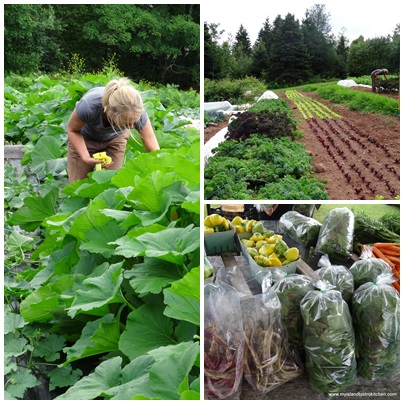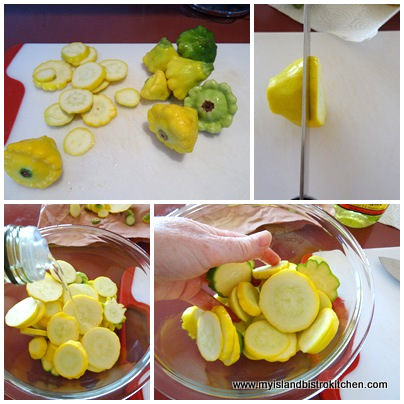People visit Prince Edward Island, Canada’s smallest province, for all kinds of reasons but many will tell you it’s for the beautiful beaches, stunning scenery, fine golf courses, and fabulous food – ahhhhh, yes, the food and, more specifically, the seafood. Most people, when PEI is mentioned, will immediately say that we are known for our high-quality seafood, including mussels, oysters, and lobster.
For many years, the Island has been known for its “lobster suppers”. That is to say, they are restaurant venues that specialize in serving meals where lobster tends to be the star. As anyone who has eaten at a traditional PEI lobster supper will attest, they are the full meal deal. For the most part, these lobster suppers are traditionally served in big community halls or large restaurant facilities. Over the years, there have been several lobster supper enterprises come and go but, at the time of writing, two have endured for decades and they are really only about a 10-15 minute drive from each other. With such a rich long history, I recently sat down with the general managers from both the New Glasgow Lobster Suppers and the Fisherman’s Wharf Lobster Suppers to find out how these suppers started and why they have enjoyed such enduring popularity.
New Glasgow Lobster Suppers – New Glasgow, PEI

Nestled in the heart of the rolling hills of rural New Glasgow along the scenic River Clyde and not far from North Rustico and Cavendish, the New Glasgow Lobster Suppers (NGLS) have been operating since 1958. This makes them the longest running lobster suppers on the Island. When I asked general manager, Carl Nicholson, to explain their long success, he said it’s due to their freshness of product (lobsters are cooked daily) with all rolls, pies, and salads made daily on the premises. He also said that, since the suppers began, they have only had two managers, including himself, so there is an element of consistency in operation. With decades of experience behind them, they’ve clearly found the secret to staying in business.
How New Glasgow Lobster Suppers happened to start is, itself, an interesting story. A group of young farmers in the area, known as the Junior Farmers Group, decided they wanted some kind of community centre. The group of young farmers in their twenties and thirties came together and bought a small canteen from the Covehead Racetrack for $210 and moved it to New Glasgow. In June, 1958, to pay for this building, they held a fundraising event that happened to have lobster for supper and a dance afterward. The princely sum of $1.50 got you supper and the dance. The building, small and primitive by any standards, had no kitchen facilities and only had make-shift tables made from saw horses with old doors on top and there were no chairs, just benches.
A kitchen and washrooms were added in 1962 and the group continued to serve one lobster supper per year until 1964 when they started serving the suppers once a week during July and August. They gradually increased service to two days a week on Wednesdays and Saturdays. By 1967, lobster suppers were served five days per week and a cook was hired. As business grew, they expanded the kitchen and hired their first manager in 1969. As their current manager, Carl, says, “it is a true testament to sustainability [of the lobster suppers], only growing and expanding as demand grew and they were able to pay for each expansion”.
By 1972, six local couples bought out the shares of the other Junior Farmers who had been part of the initial enterprise and, in 1973, they added on a big extension to the building to accommodate the growing lobster supper demand. The original building is still within the walls of the current structure. A grand opening was held in 1974 when then-PEI Premier Alex Campbell brought along Prime Minister Pierre Trudeau and Margaret Trudeau who happened to be on the Island at the time. Mrs. Trudeau cut the ribbon to officially open the newly-expanded New Glasgow Lobster Suppers.
Over the years, various changes have occurred and, since 1980, two of the original six families – the MacRaes and Nicholsons – have run the suppers, now making it a third generation run family business.
One thing that has not changed at New Glasgow Lobster Suppers is their deeply-rooted connection to the local community and their family-oriented work environment. The operation now sees members from the third generation of families working in the restaurant. Grandchildren are now working where their grandparents got their start in the working world. A seasonal employer of over 100 people, New Glasgow has provided summer employment for many local people over its long history with many funding their education through working summers at the lobster suppers. It is not uncommon to hear of judges, lawyers, and other professionals having had their first job washing dishes or waiting on tables at the New Glasgow Lobster Suppers.
What’s for Dinner?
Dinners are served in a large banquet style hall that has a seating capacity of 500.
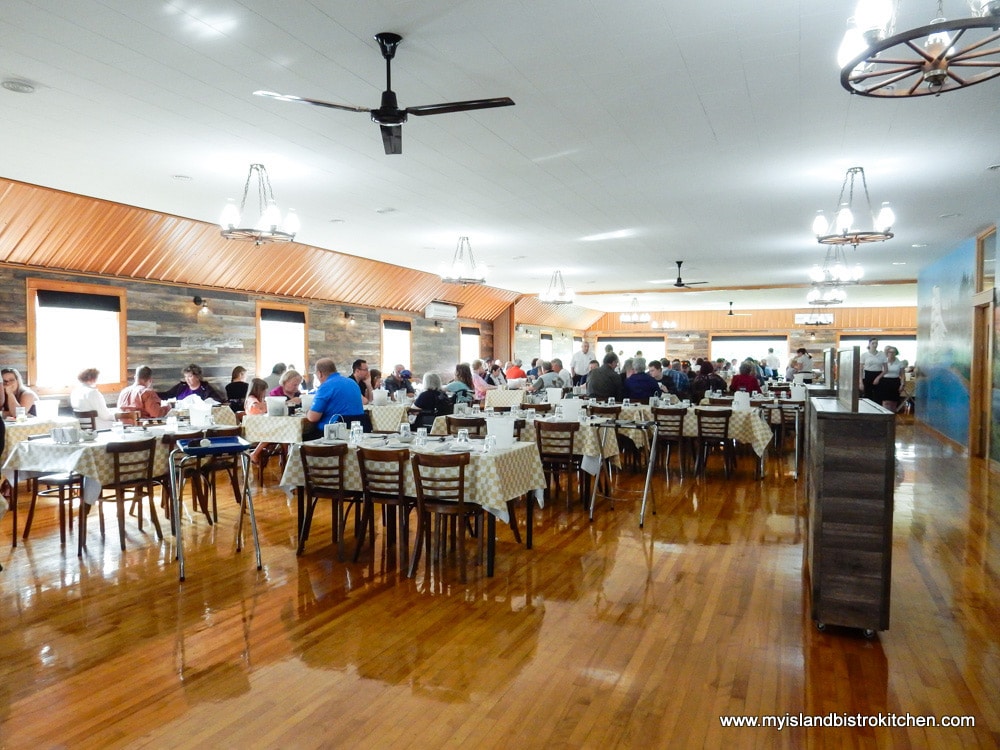
Patrons order their entrée and pay for their dinners upon arrival and then are escorted to a table by a hostess. Lobster dinners are priced based on the size of the lobster (1 lb – 4 lb lobsters are available). Tables for different sized groups are available, starting with tables for two. Don’t expect a quiet, intimate romantic dining experience as these suppers are casual and are modeled after a church or community hall supper.
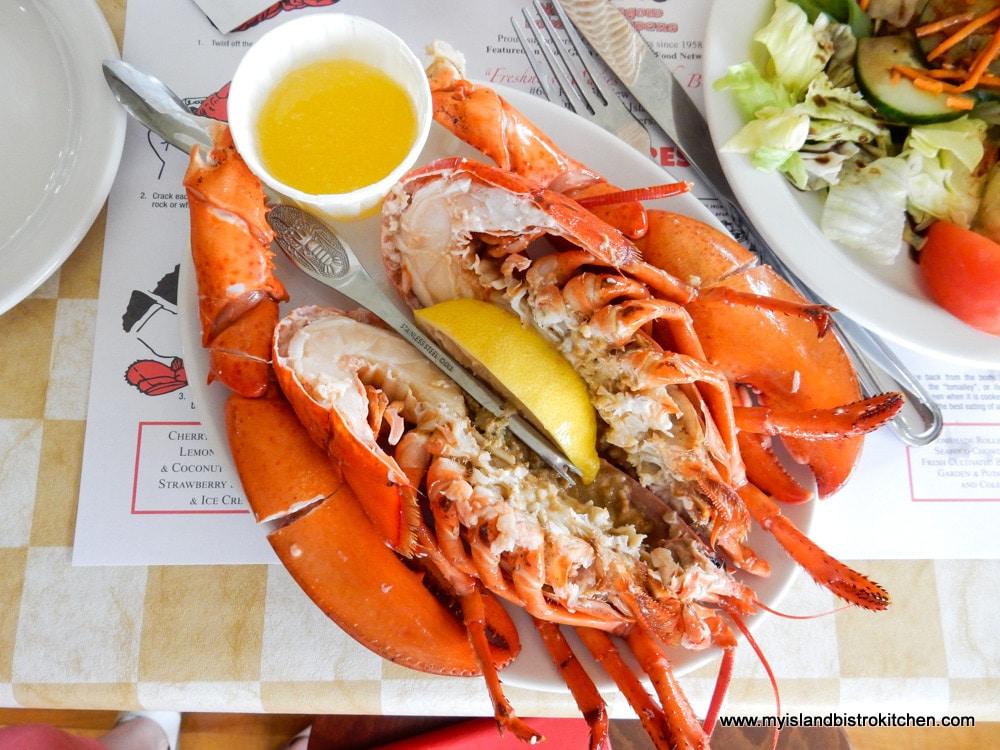
Primarily, the number one entrée will be lobster served in the shell, hot or cold, with lots of melted butter for dipping that succulent lobster.
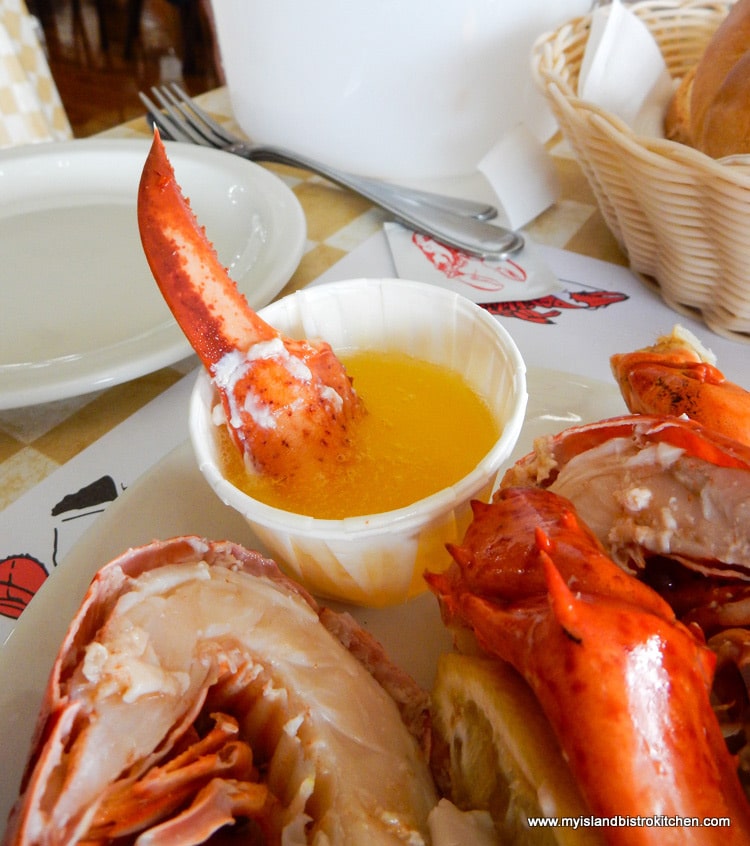
However, if lobster is not your thing, a number of alternative entrée options, including chicken, steak, pasta, haddock, scallops, ham, and salmon, are available.
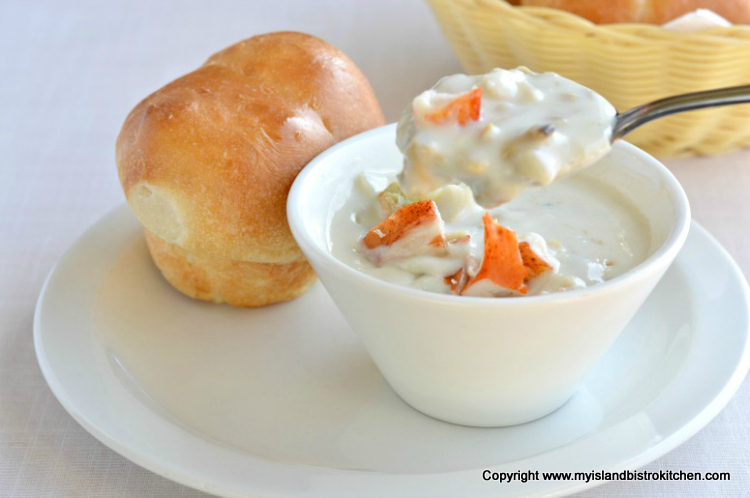
All meals include appetizers of chowder or soup, steamed PEI mussels, and large puffy homemade rolls and sliced bread; salad plate (coleslaw, potato salad, and green garden salad); desserts consisting mainly of homemade pies; and non-alcoholic beverages. The facility is licenced and there are additional charges for alcoholic beverages.
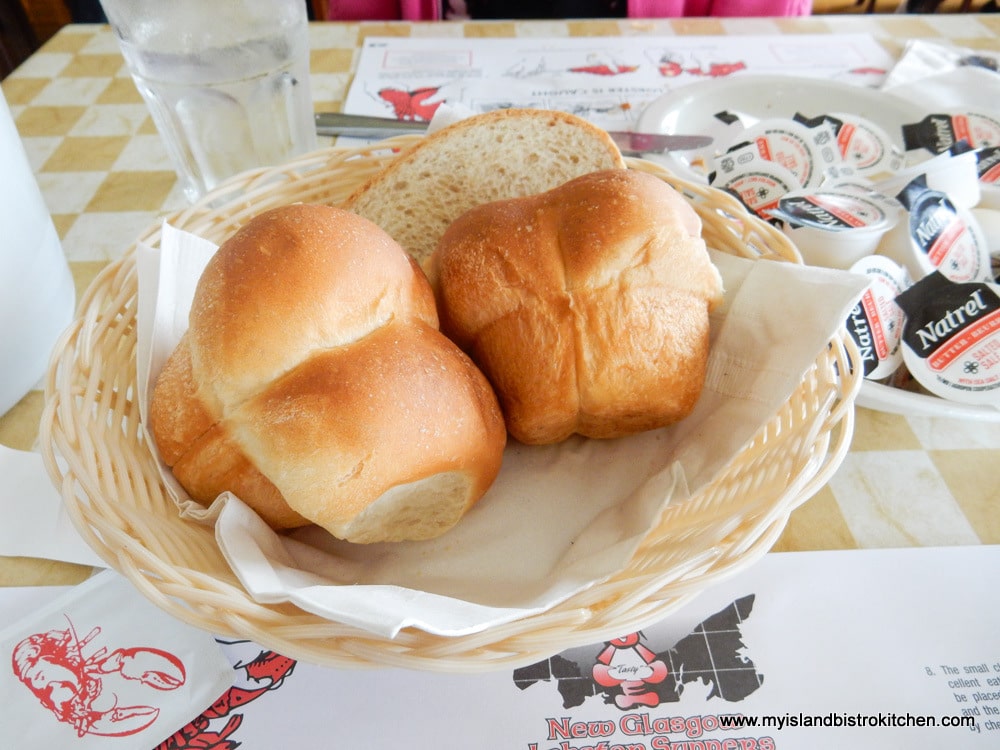
Dinner is a plated meal brought to the table by your server and the servers are very obliging to photograph you dressed in your plastic bib and all ready to tuck into an amazing meal. Gratuity is extra and at the patron’s discretion.

Several of the restaurant’s staff have worked with the organization for years, returning year after year, a testament to how grounded New Glasgow Lobster Suppers and their staff are in the local community. At time of writing, the same baker has been making all the pies onsite at New Glasgow Lobster Suppers since 1976, often arriving at 5am. Pastry is homemade onsite and the Suppers are well-known for their lemon pie with the mile-high meringue. It’s not uncommon for the baker to turn out 60 lemon pies on any given day….and that’s just one kind of pie available! They make a mighty fine coconut cream pie, too.
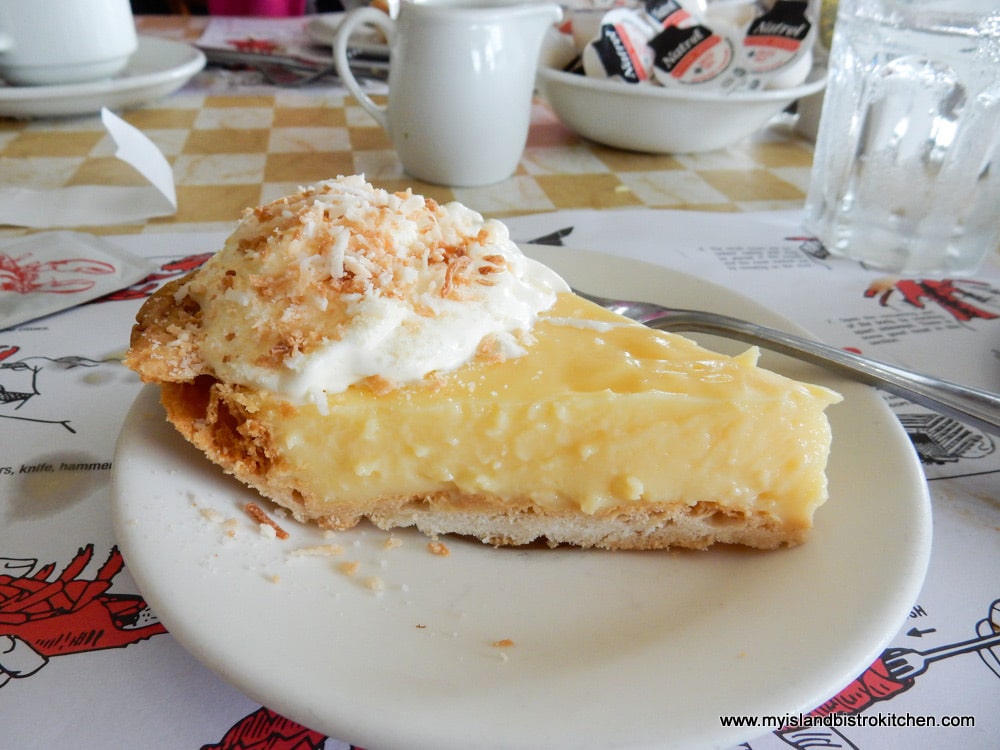
The restaurant accommodates special dietary restrictions such as gluten-free and vegan diets; however, it is always advisable to call ahead of your visit to discuss your particular dietary needs. A children’s menu is available making New Glasgow Lobster Suppers a family-friendly dining experience.
PEI has two lobster seasons with a break in between. The first season runs from May – June and the second from August – October. To ensure a continuous supply of fresh lobster, New Glasgow Lobster Suppers has a salt-water holding tank with capacity to hold 20,000 lbs of lobster onsite at a time and is replenished throughout the season. New Glasgow Lobster Suppers buys thousands of pounds of lobster when the spring lobster season opens. While different sizes of lobster are available, their most popular is the 1 lb lobster dinner. On average, they’ll crack open around 50,000 lbs of lobster a season. And, of course, there are the world-famous PEI mussels that are served as an appetizer and the suppers will go through about 70,000 pounds of those in a season!
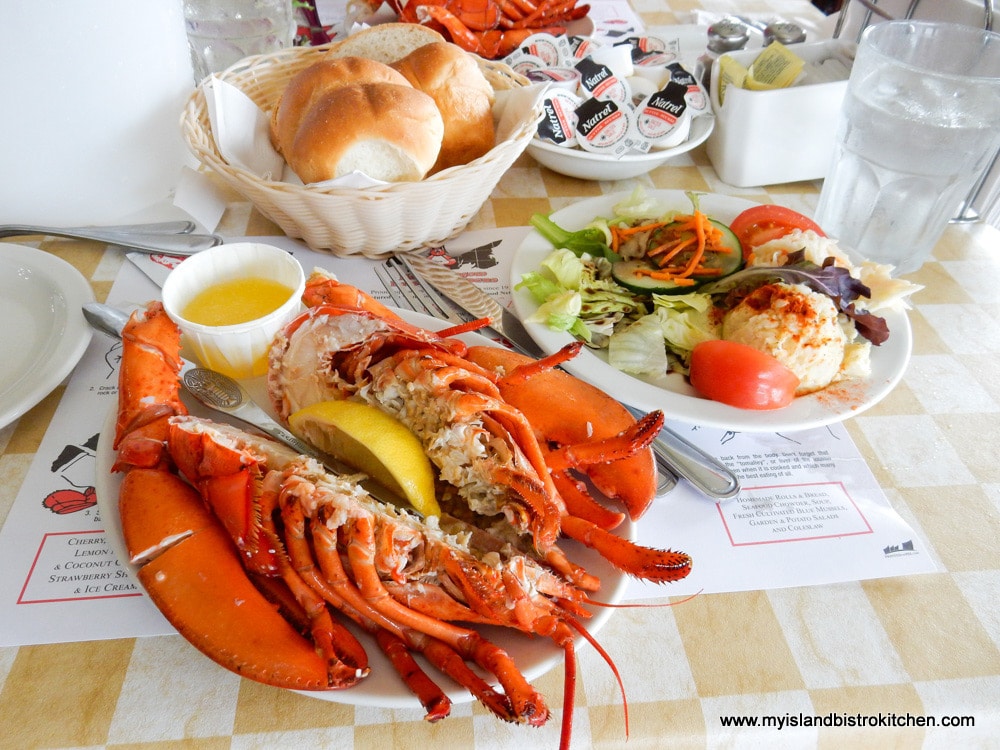
When asked what, in his opinion, sets New Glasgow Lobster Suppers apart from other similar suppers, Carl says it’s a combination of their focus on quality and freshness of food, consistency of product, and the local, friendly wait staff and table service they provide. And, he says, at the heart of it, it’s about two of the original six families working in business alongside their employees and everybody working together. Everyone, regardless of their employment status, pitches in with the work that makes New Glasgow Lobster Suppers the experience it is to their patrons.
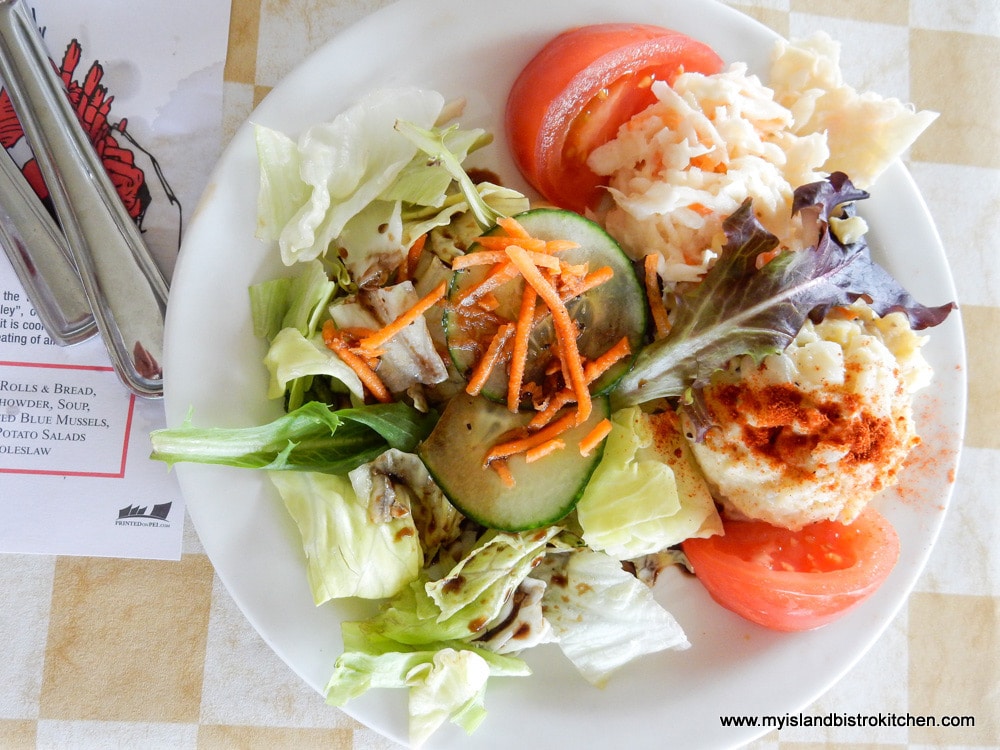
A visit to New Glasgow Lobster Suppers is a time-honored tradition for many Islanders and tourists alike. Carl tells me a man was recently paying for his meal and he informed Carl that this year’s annual visit was his 40th meal at New Glasgow Lobster Suppers. Operating seasonally from mid-May until early October, the restaurant is open seven days a week from 4pm until 8pm (8:30pm in July and August). When you go, keep an eye out for spotting celebrities. Prime ministers, famous hockey players, and movie filmmakers, actors, and directors are known to have dined at the New Glasgow Lobster Suppers.
New Glasgow Lobster Suppers is located at 605 Route 258, in New Glasgow, PEI. For more information, visit their website
Fisherman’s Wharf Lobster Suppers – North Rustico, PEI

There is something quaint and charming about a small rural PEI town that has a working fishing harbour. North Rustico, which also has a fine beach, has long been a treasured location for tourists, artists, and Islanders. In close proximity to the resort municipality of Cavendish, North Rustico swells in size with visitors in the summer. In the heart of the town is a large restaurant establishment known as “Fisherman’s Wharf” that sits just on the edge of the harbour. That’s where my stop today has found me chatting with general manager, Troy Howatt, and current owner, Amy MacPherson, who along with her husband, Forbes, now owns and operates the Fisherman’s Wharf Lobster Suppers.
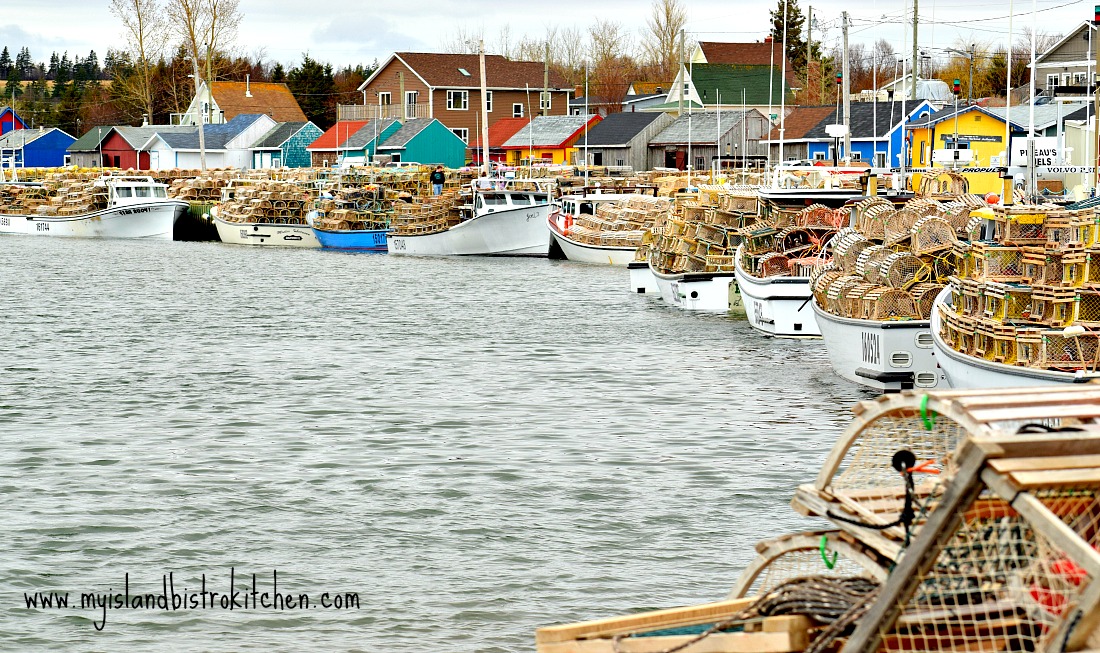
These lobster suppers began operating in 1980 when the original owner, Albert Dow, purchased a small existing restaurant on the same location as Fisherman’s Wharf sits today. So the story goes, Mr. Dow would see the sightseeing buses from Charlottetown pass by and wondered where they were heading and, more to the point, where they would be dining on their excursion. It wasn’t long until those big red double-decker buses were stopping at Dow’s restaurant that began serving cafeteria-style lunches for the bus tour industry. Back in the early 1980s, the buffet lunch, including lobster, cost only $9.99.
Apart from the increase in price for the dinners, other changes have occurred at Fisherman’s Wharf over the years including an expansion of facilities to increase serving capacity. This, of course, requires a large staff which now numbers over 100 seasonal employees. The restaurant enjoys great staff loyalty as several staff members have worked at Fisherman’s Wharf for many years, including one server who has been with the restaurant since it began in 1980. Troy, himself, has worked at Fisherman’s Wharf since 1986, working his way up to become the general manager.
What’s for Dinner?
Dinners are served in a restaurant setting that has a seating capacity of 500 (two dining rooms). As with New Glasgow Lobster Suppers, patrons order and pay for their meal before eating and are then seated by a host(ess). The ambiance has a distinctive rustic, nautical theme in keeping with its close proximity to the harbour. Individuals are seated at wooden tables that seat four or six.

The suppers have maintained their self-serve buffet style that was in operation when the suppers first began serving the motor coach market which is still a major part of their clientele. It is not uncommon, as was the case during my visit, to see a large motor coach pull up to the door and unload a large group of tourists for a traditional Fisherman’s Wharf lobster supper. When you see a block of tables with bibs on the chair backs, it’s a sign that a bus tour is imminently expected.
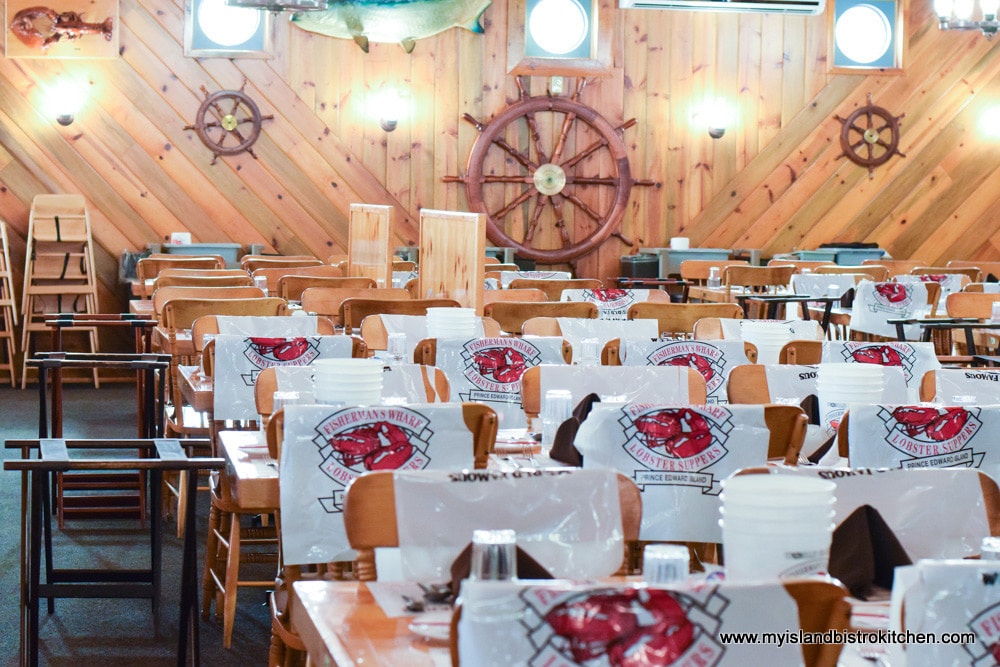
Obviously, lobster is the most popular entrée.
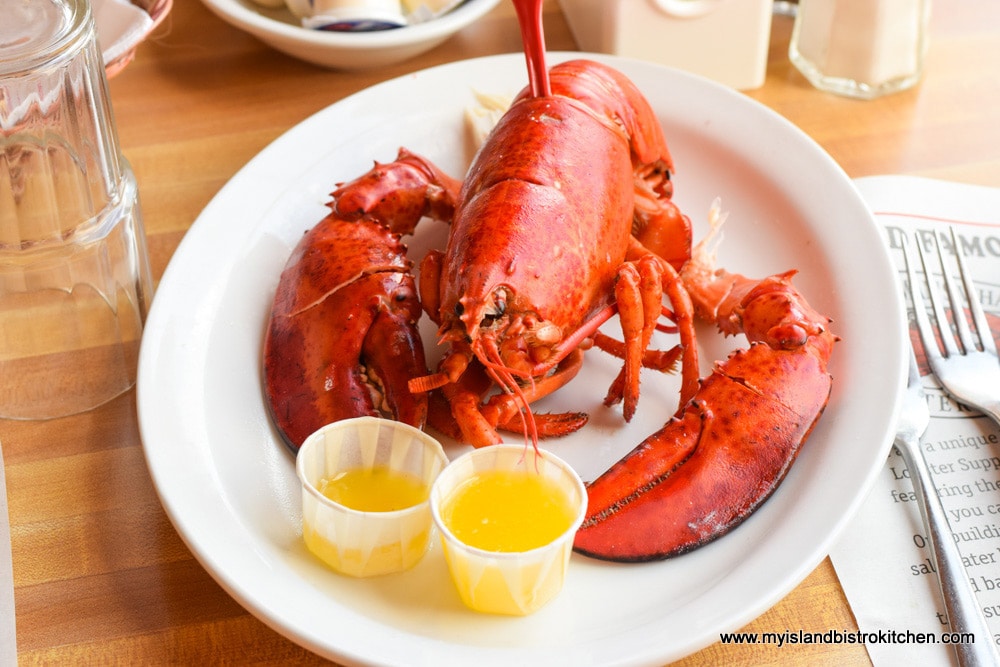
It’s the customer’s choice to have the lobster served, in the shell, hot or cold, and, yes, there will be lots of melted butter for dipping the juicy, plump chunks of lobster.

There are plenty of alternative meal options available for those who are not lobster fans. Steak, scallops, breaded shrimp, snow crab, haddock, and rotisserie chicken are entrée options.

All meals include access to the 60-foot salad bar that, in addition to being comprised of some 30 salads, also includes seafood chowder, and mussels.

Yes, those tasty PEI steamed mussels are included, too!

Warm homemade rolls are delivered to your table by your server who will also serve the lobster or other entrée of choice.

Other than that, the meal is basically self-serve at your leisure.

A wide variety of homemade desserts is also available and non-alcoholic beverages are included in the meal price. The facility is licenced and there are additional charges for alcoholic beverages. Gratuity is not automatically included with the meal price and is at the patron’s discretion.

Fisherman’s Wharf accommodates special dietary restrictions such as gluten-free and vegan diets. To discuss specific dietary needs, it is always a good idea to call ahead of your visit. A children’s menu is available so the whole family can enjoy a meal together.
Lobsters are purchased through Island seafood wholesalers and are held until needed in the onsite lobster holding facility that is filled with sea water piped from the harbour. This allows the lobsters to maintain their fresh sea quality and taste. Various sizes of lobster are available and the most popular size is the 1½ pound lobster though they do get requests for lobsters as large as 3-4 pounds. On average, 650-750 lobsters will be cracked a day in peak tourism season and one guy cracks open every one of them, single-handedly. I have seen him at work and those hands just fly to make short of the work!
Troy says, in his opinion, what sets Fisherman’s Wharf Lobster Suppers apart from others is their state-of-the-art kitchen and their 60-foot long salad bar which has such a huge variety, there is something for everyone.

A visit to North Rustico would not be complete without a stop for a meal at Fisherman’s Wharf Lobster Suppers. Open daily from mid-May until early October, the restaurant serves meals from 12 noon until 8:30pm (note that hours may be reduced in the shoulder seasons). You never know who you will see at Fisherman’s Wharf Lobster Suppers. Several celebrities including those from the film industry, the hockey fame world, and politicians have been spotted dining at the restaurant.
Fisherman’s Wharf Lobster Suppers is located at 7230 Rustico Road in North Rustico, PEI. Visit their website for more information.
Tips for Dining at a PEI Lobster Supper
Dining at one of the Island’s Lobster Suppers is a unique experience. Here are my tips for making the most of it:
-
-
- There is no need to dress up. These are casual dining venues. Plastic lobster bibs are available and are recommended as, even though the lobsters have been cracked open by the kitchen staff, the meat can be a bit juicy to pull out the of the shell….then there is that lovely dripping melted butter….enough said!
- Expect casual surroundings. You won’t be seated at tables with people you do not know but neither is it a quiet, intimate dining experience.
- Pace yourself and don’t over-indulge in food! This is the biggest tip of all. There is A LOT of food coming your way at an Island lobster supper. It’s easy to get carried away with the unlimited mussels, fresh rolls, and seafood chowder that start out the meal and to fill up on those. Save room for the lobster (or alternative entrée) and the desserts. You’ll want to sample everything.
- Plan to spend time at the supper and enjoy the experience. These are not fast food outlets and the meals comprise a lot of food and courses.
- In peak season (July and August), there may be some line-ups (especially over the 5pm – 7pm timeframe) so be patient. It gives time to work up a needed appetite for what awaits you.
- Don’t expect à la carte menus to be available. The meals are set menu so there is no ordering of special or particular side dishes or customizing a meal.
- If you have never been to a PEI lobster supper, it can be daunting when you arrive at the check-in desk and need to make a snap decision on what entrée to order or whether you want your lobster hot or cold and so forth. It’s a good idea to check out the lobster supper’s website before arrival so you have an idea of what you plan to order.
- While both New Glasgow Lobster Suppers and Fisherman’s Wharf Lobster Suppers can accommodate dietary restrictions, it’s always advisable to call them ahead of your visit to discuss specific dietary concerns and needs. This will help ensure a pleasant dining experience for everyone in the party.
Summary
Food at an Island lobster supper is plain, downhome hearty fare that is simply prepared. The lobster is served straight from the shell with no additions or sauces added to it. This allows the pure authentic taste of the lobster to be enjoyed. The potato salads will be homemade and be just like most Islanders know potato salad to be and that they, themselves, make at home.
I always recommend visitors to PEI experience an authentic and traditional lobster supper during their visit – in fact, I suggest they visit both New Glasgow Lobster Suppers and Fisherman’s Wharf Lobster Suppers. While there are certainly similarities between them, there are some differences. The most notable is that New Glasgow Lobster Suppers offers a completely plated meal brought to your table and served to you by your server while Fisherman’s Wharf Lobster Suppers offers a 60-foot long salad-plus bar and patrons largely serve themselves with the exception of the main entrée itself. Fisherman’s Wharf serves their lobster suppers all day starting at 12 noon while New Glasgow starts their dinner service at 4:00pm.
No matter whether you choose one or both lobster suppers, one thing is for sure, you won’t leave hungry. Just make sure you arrive with a hearty appetite and elasticized waistbands are recommended! Then, don the plastic bib and tuck into a hearty and tasty authentic PEI lobster supper. It’s sure to be an unforgetable meal and a great memory of a PEI visit. Once you’ve had a meal at one of our Island lobster suppers, I think it will be quite apparent why they’ve stood the test of time and have been in business for decades.
Pin Me To Pinterest!
-
